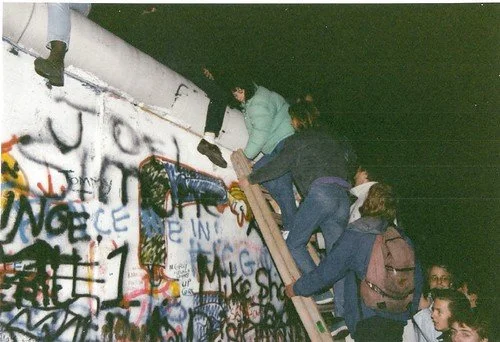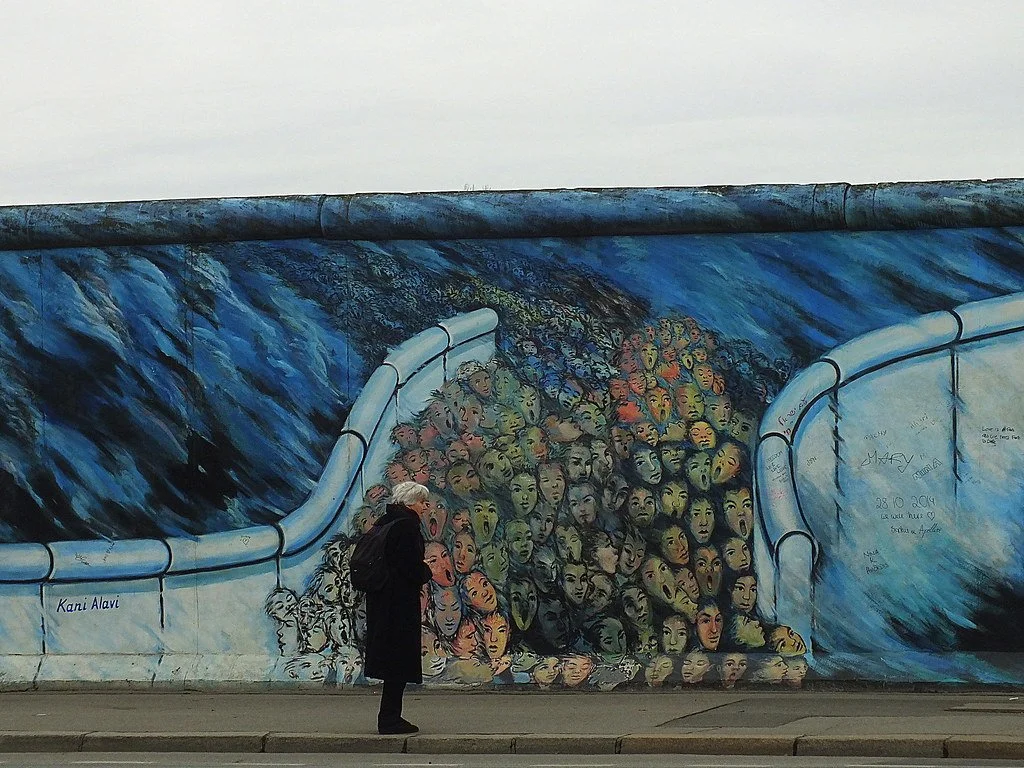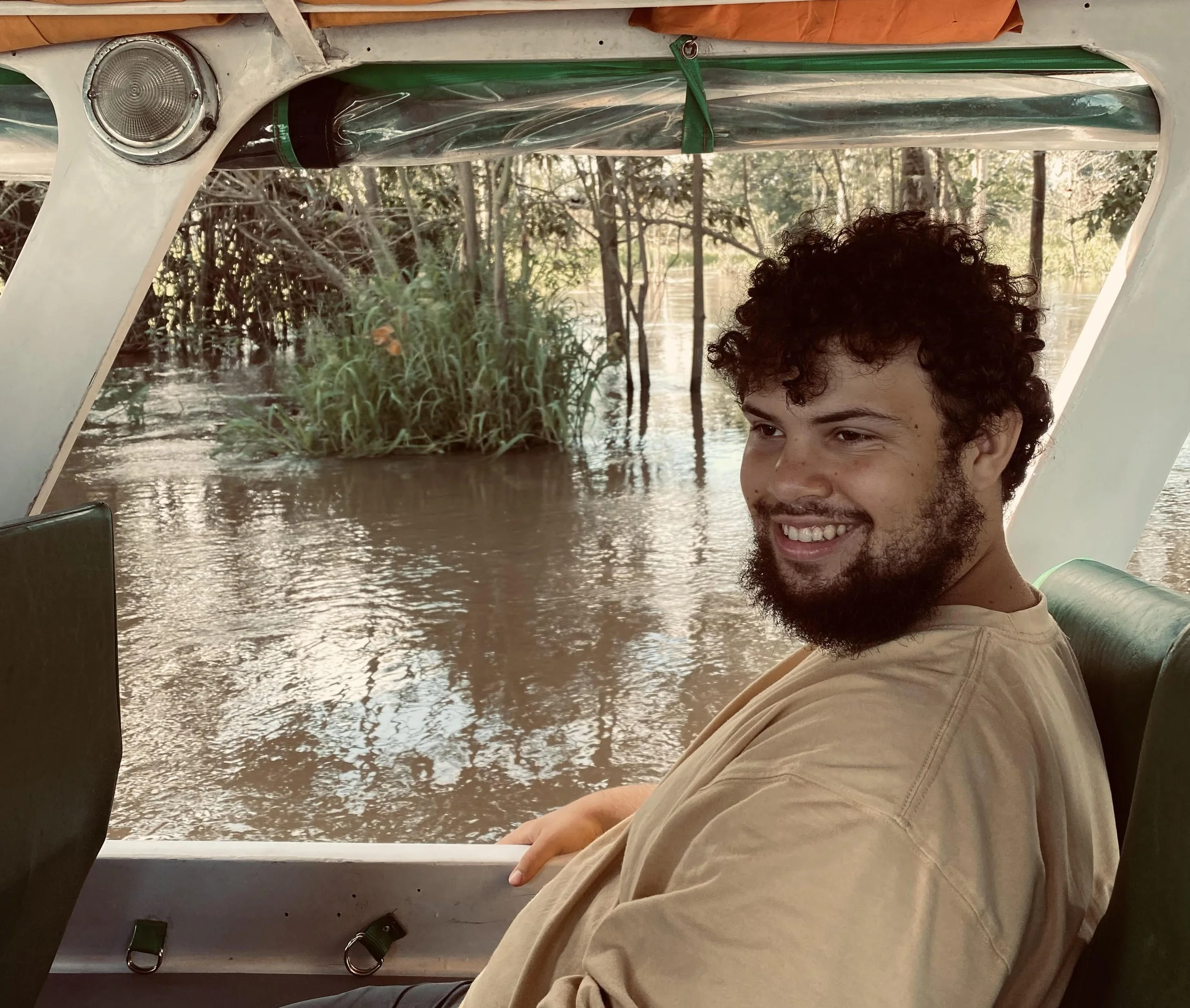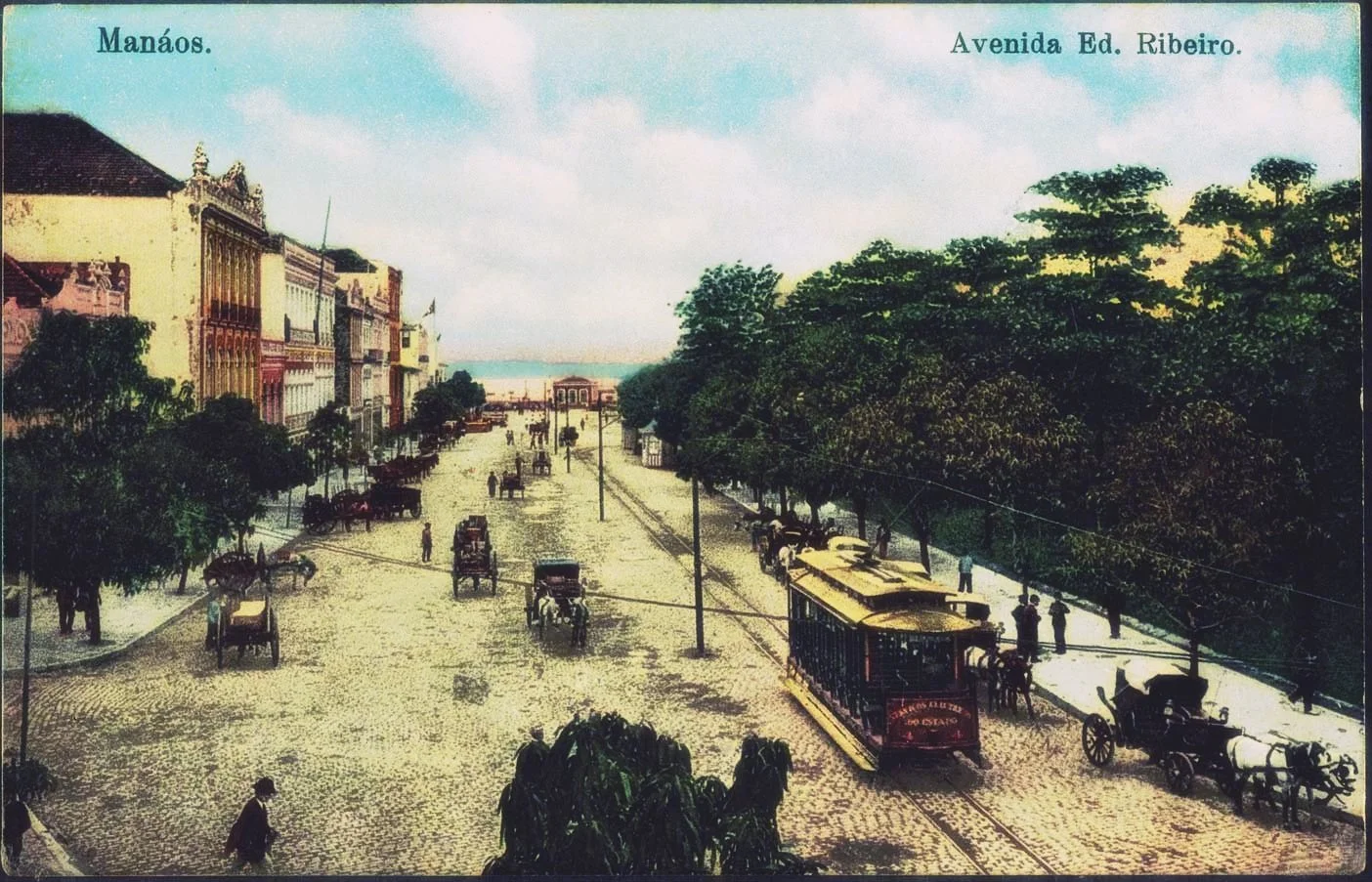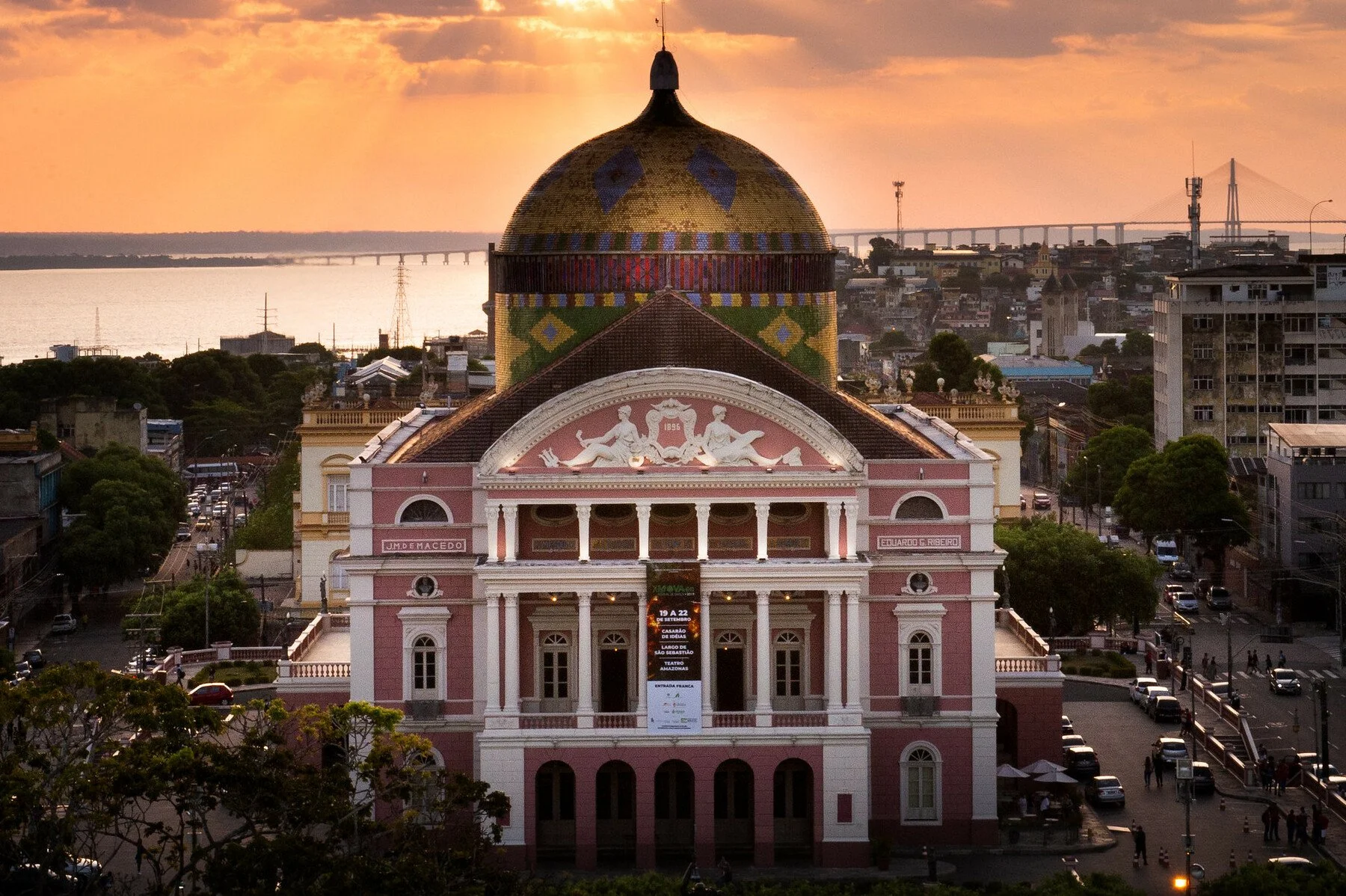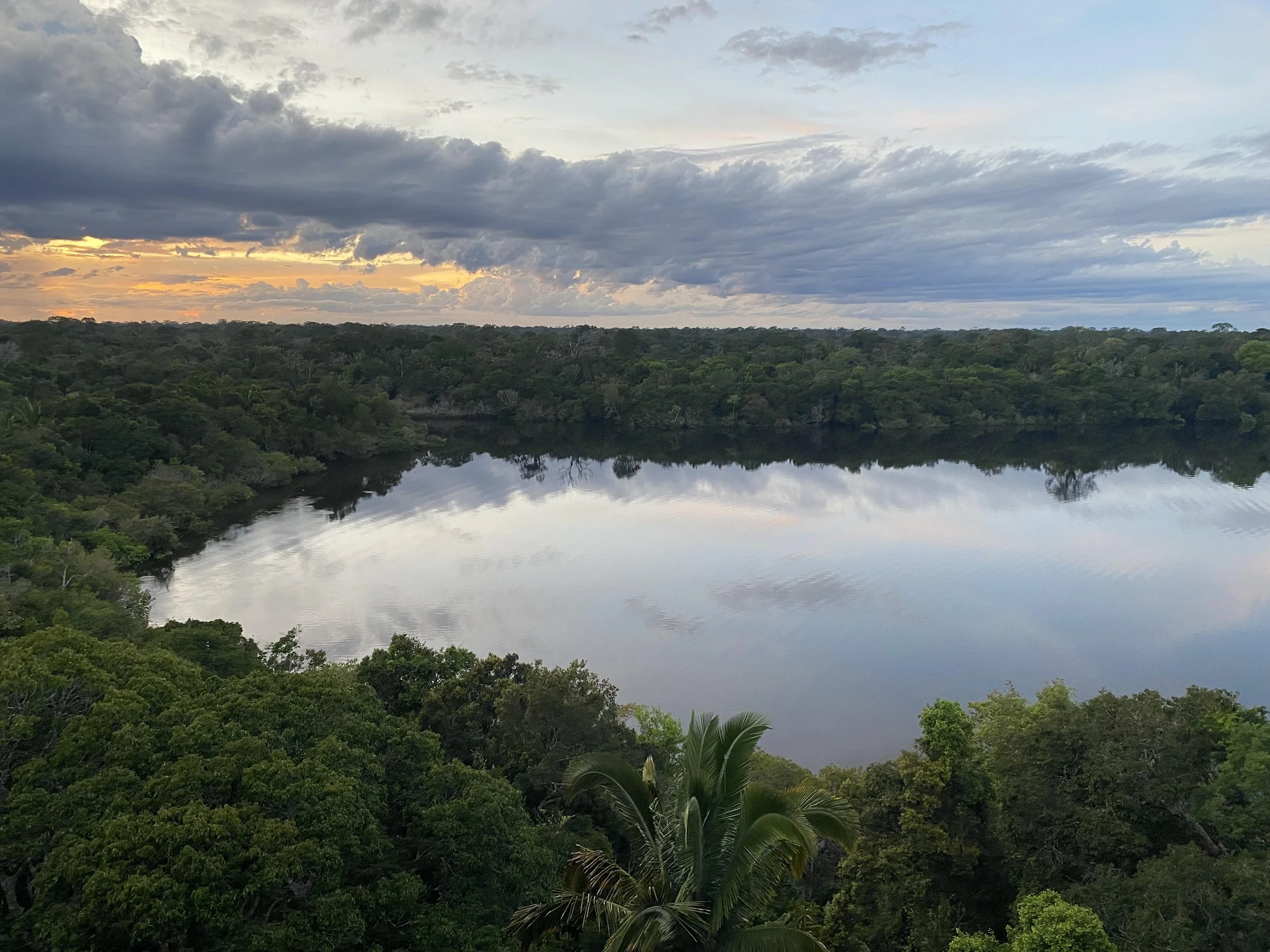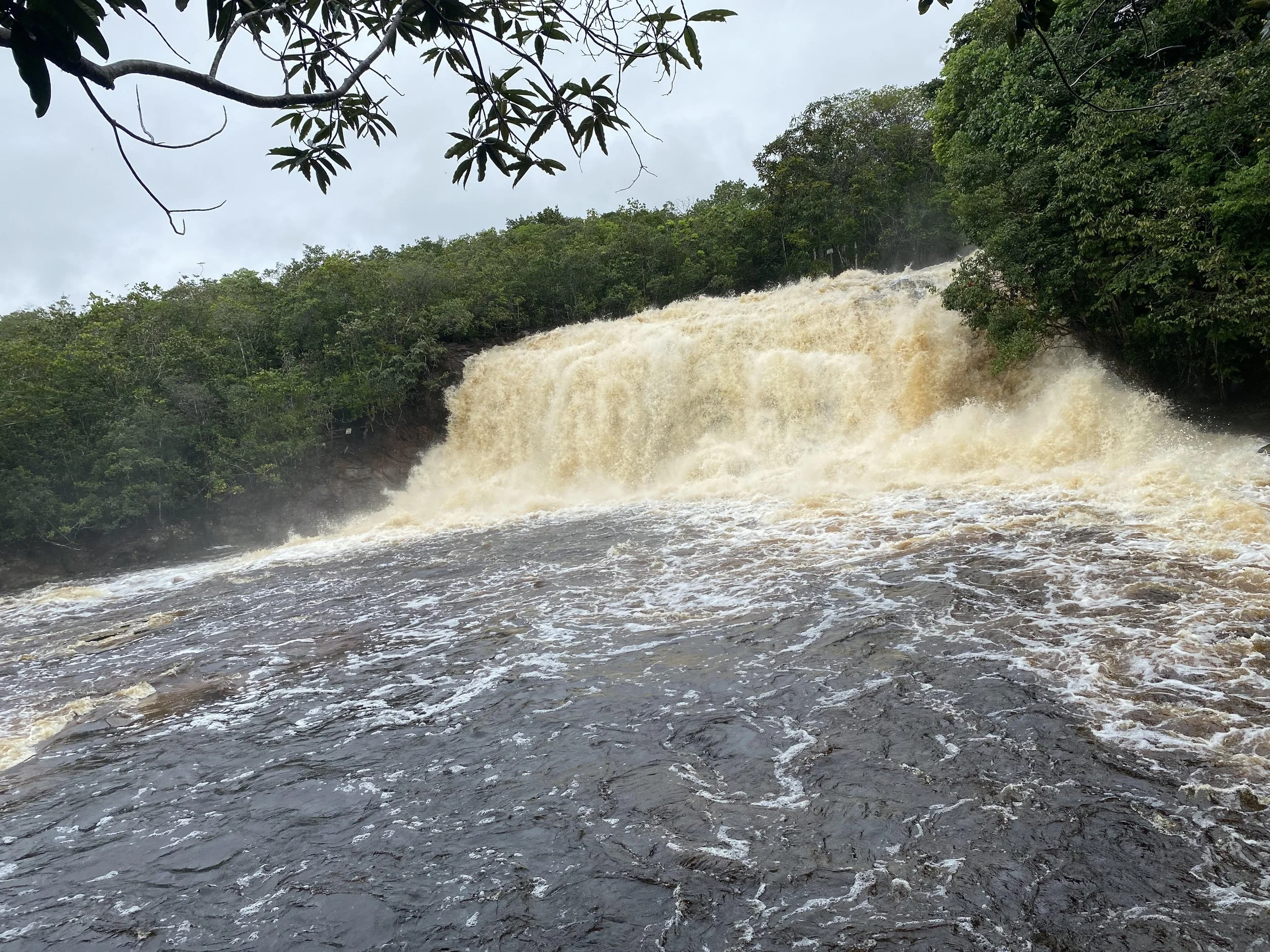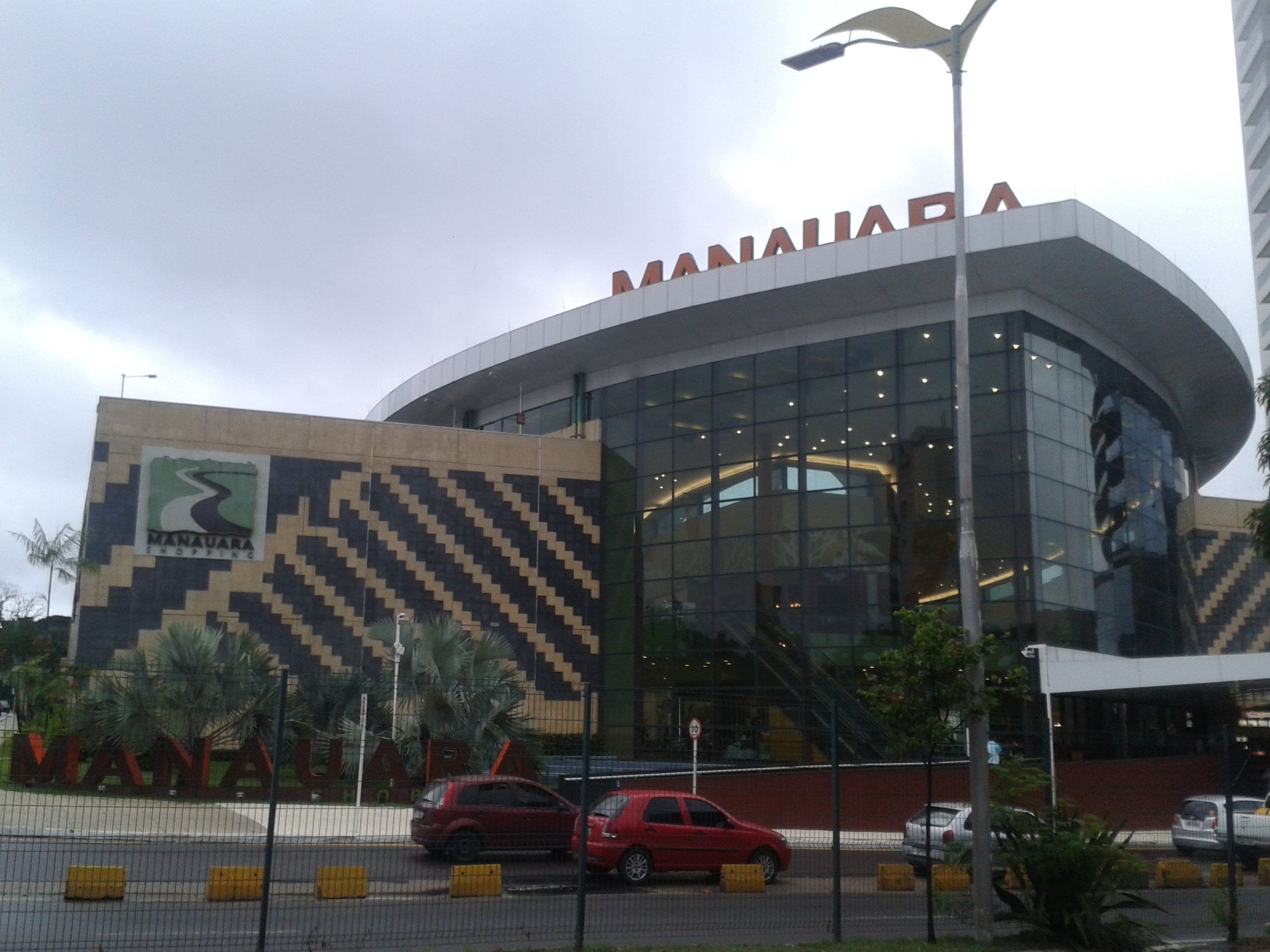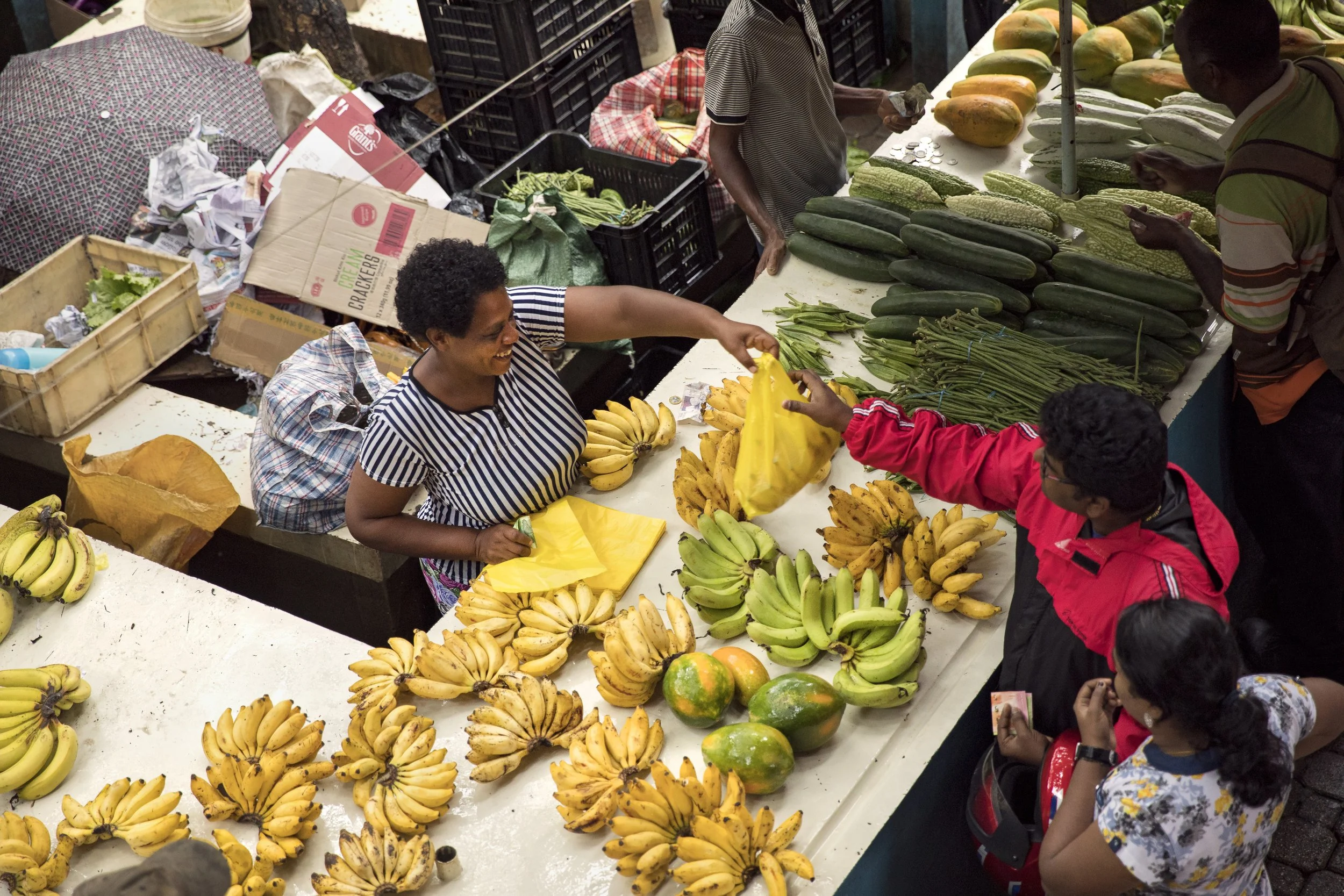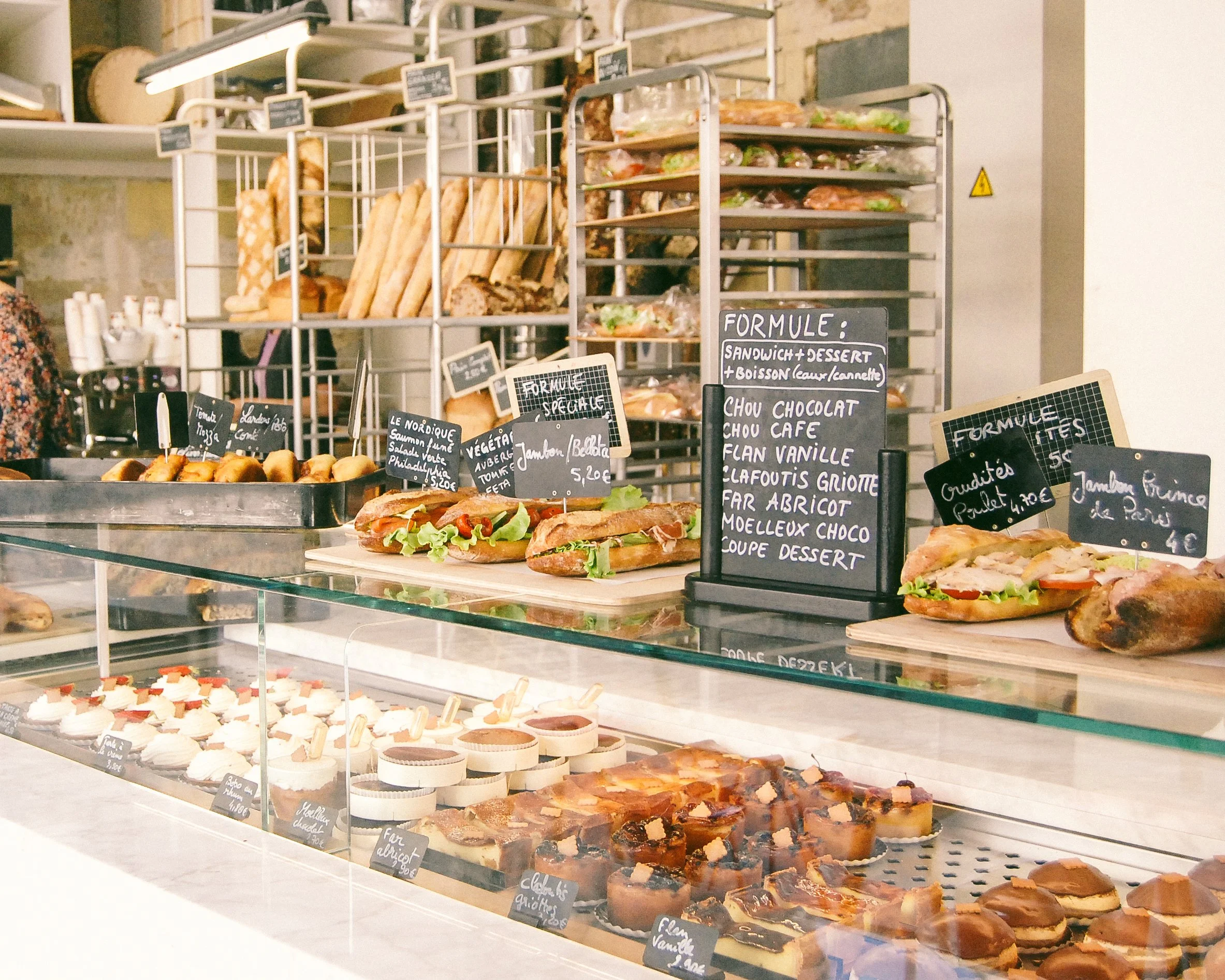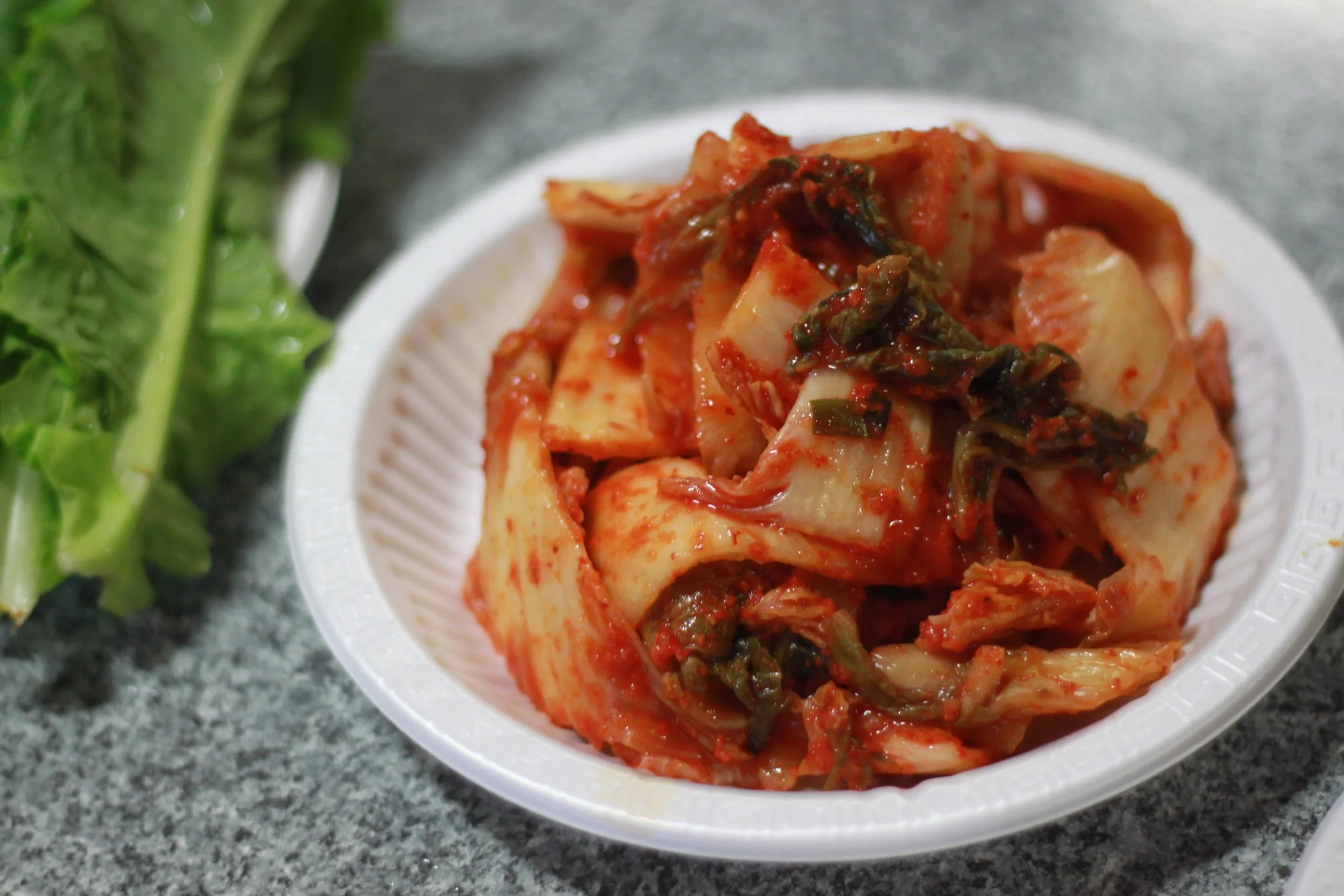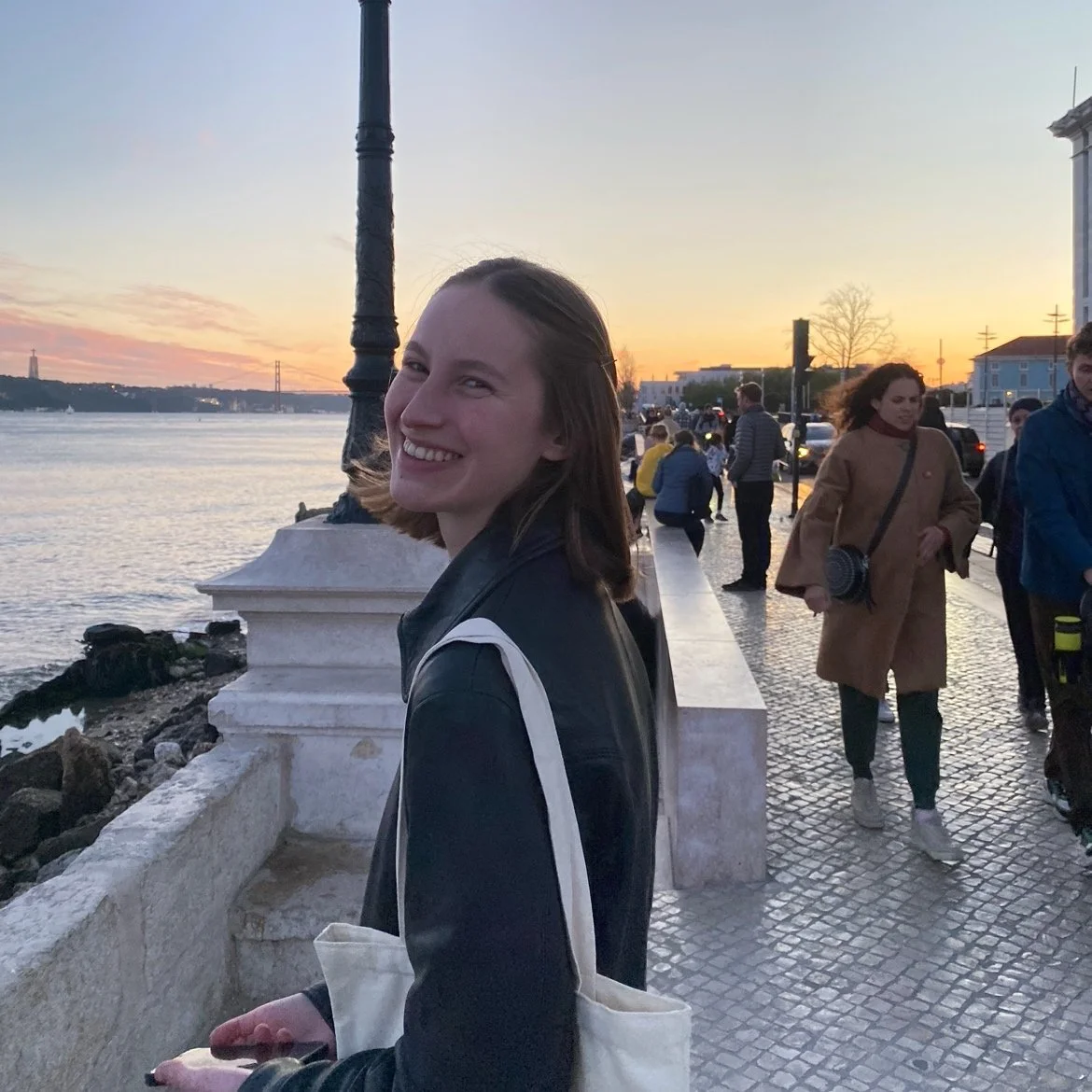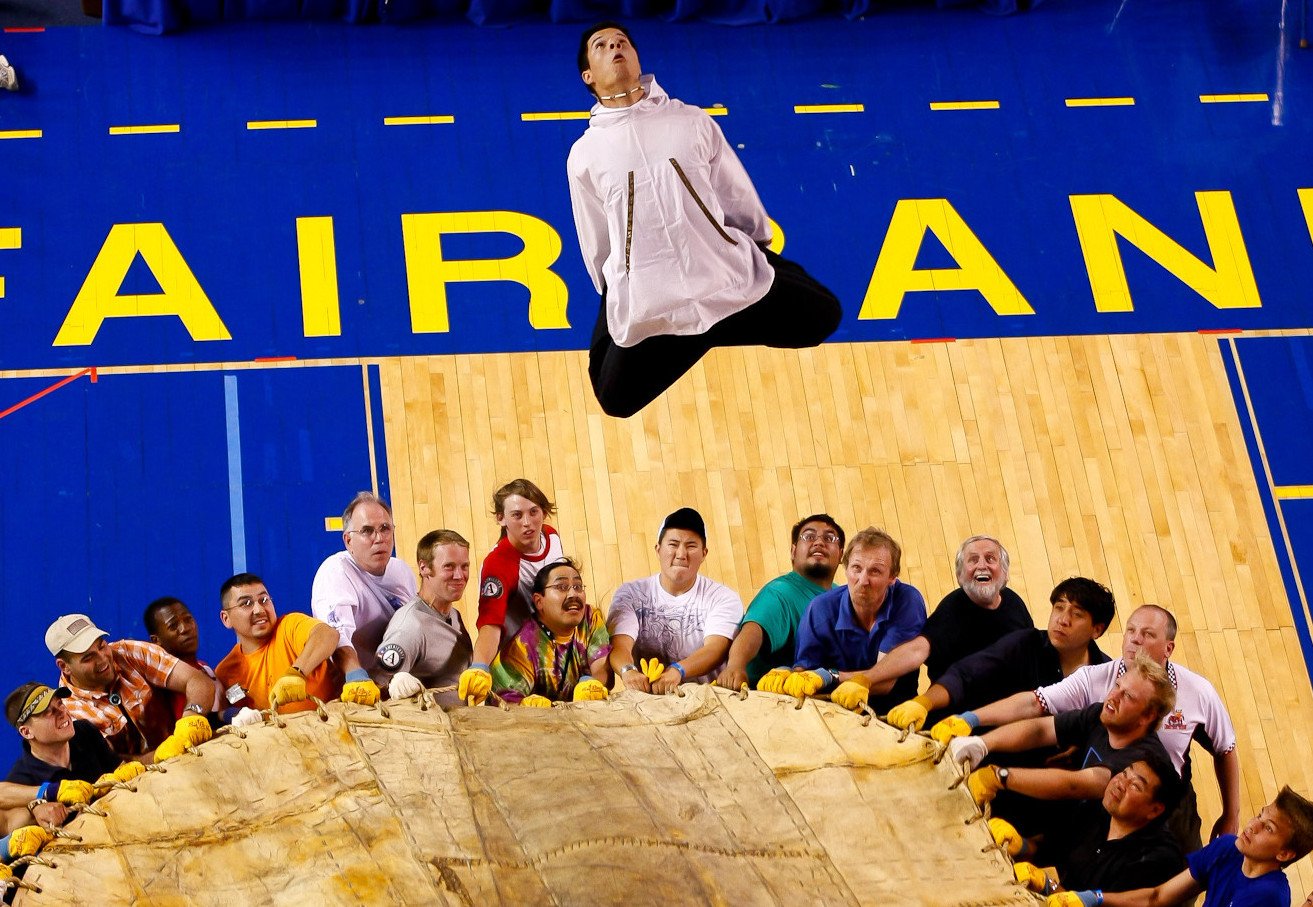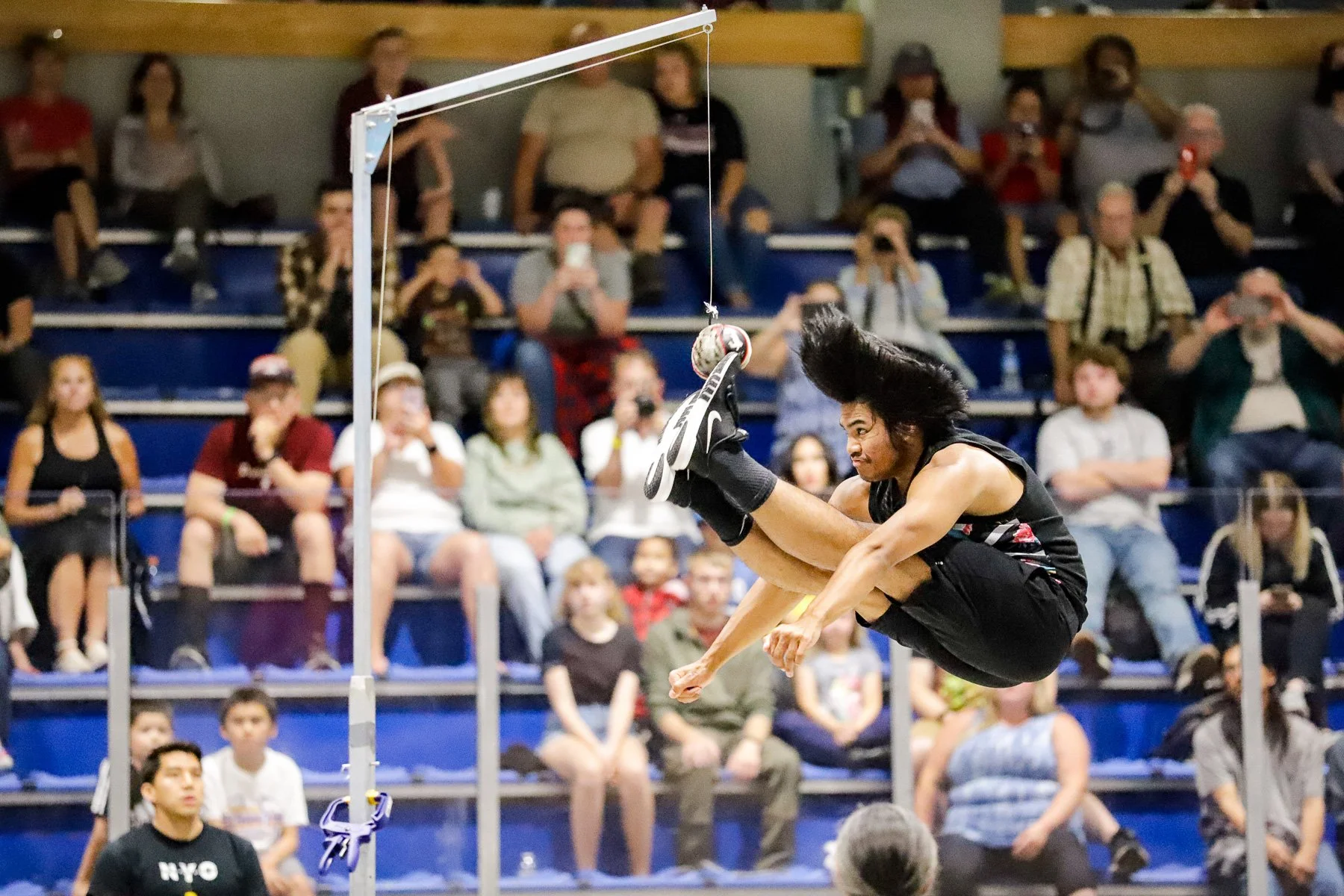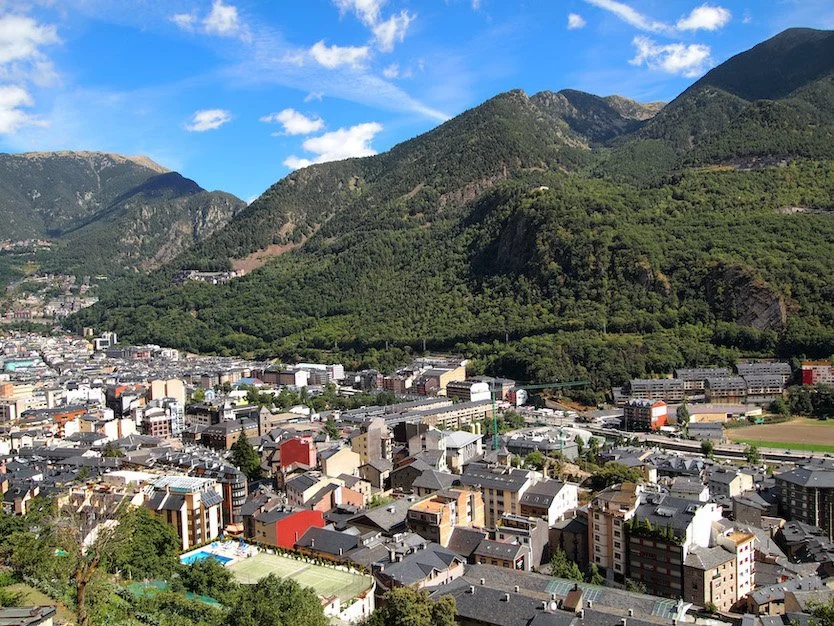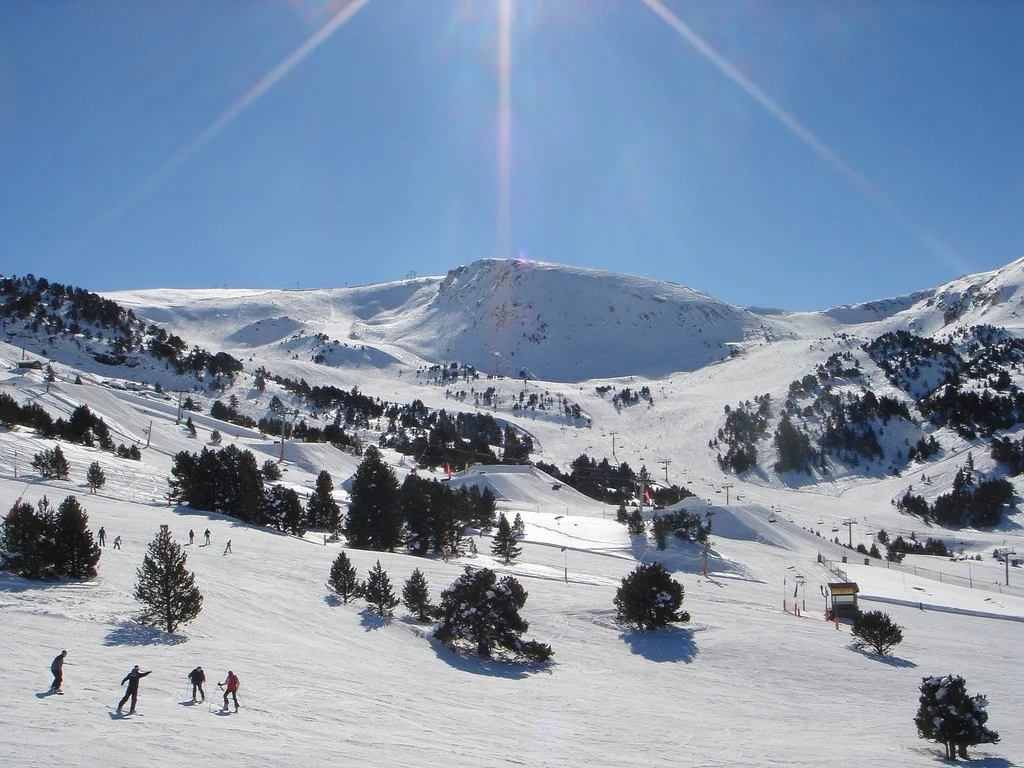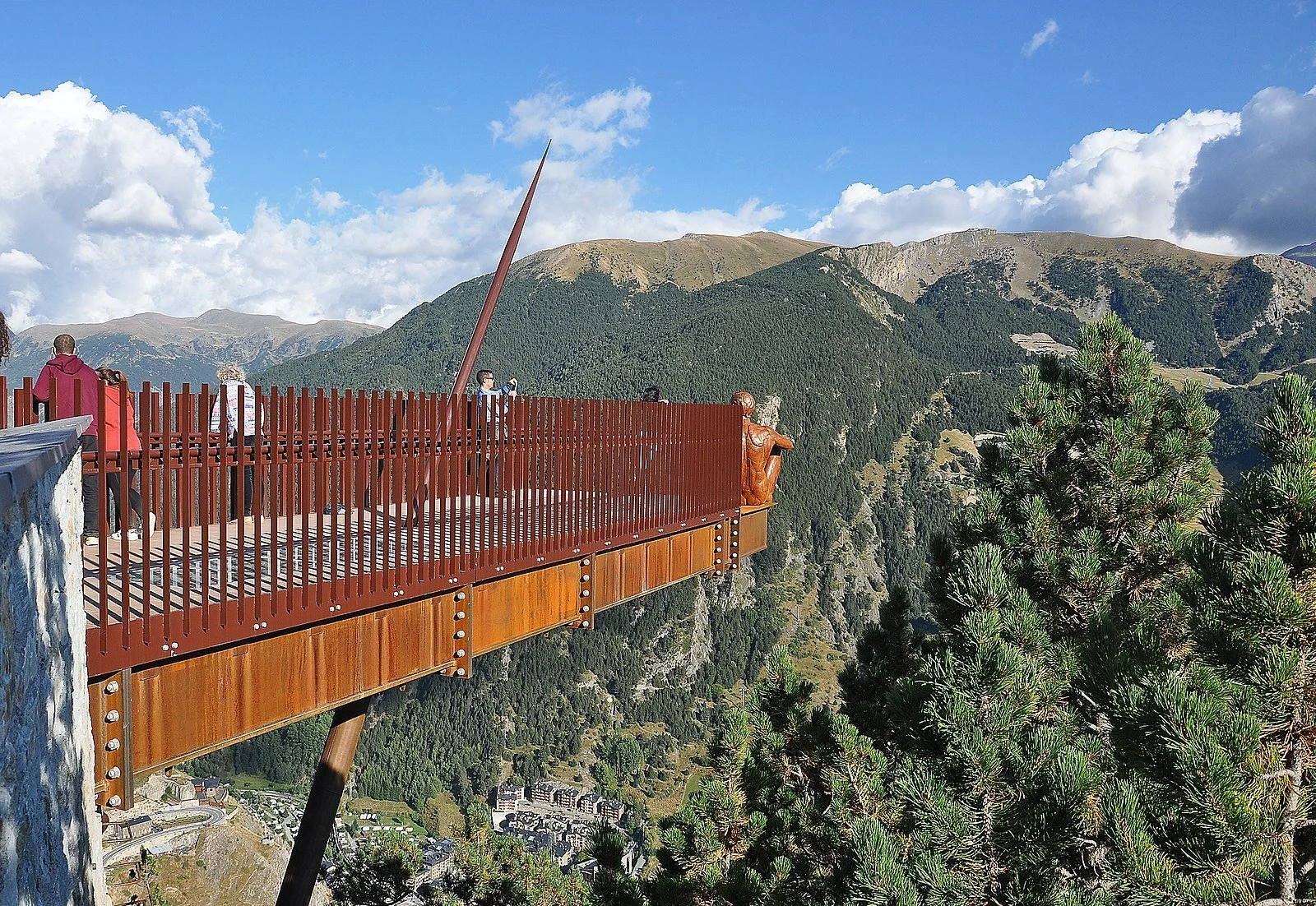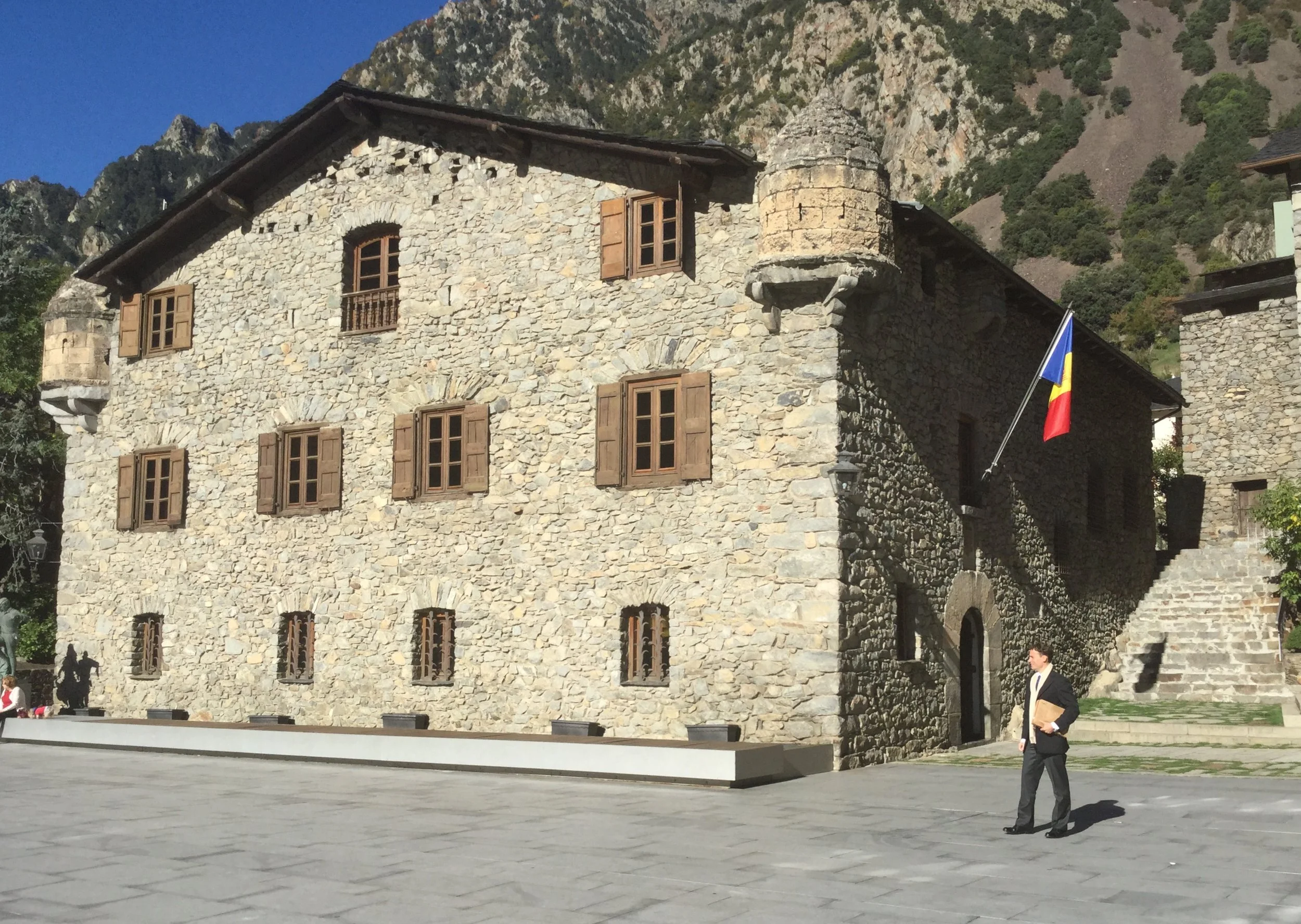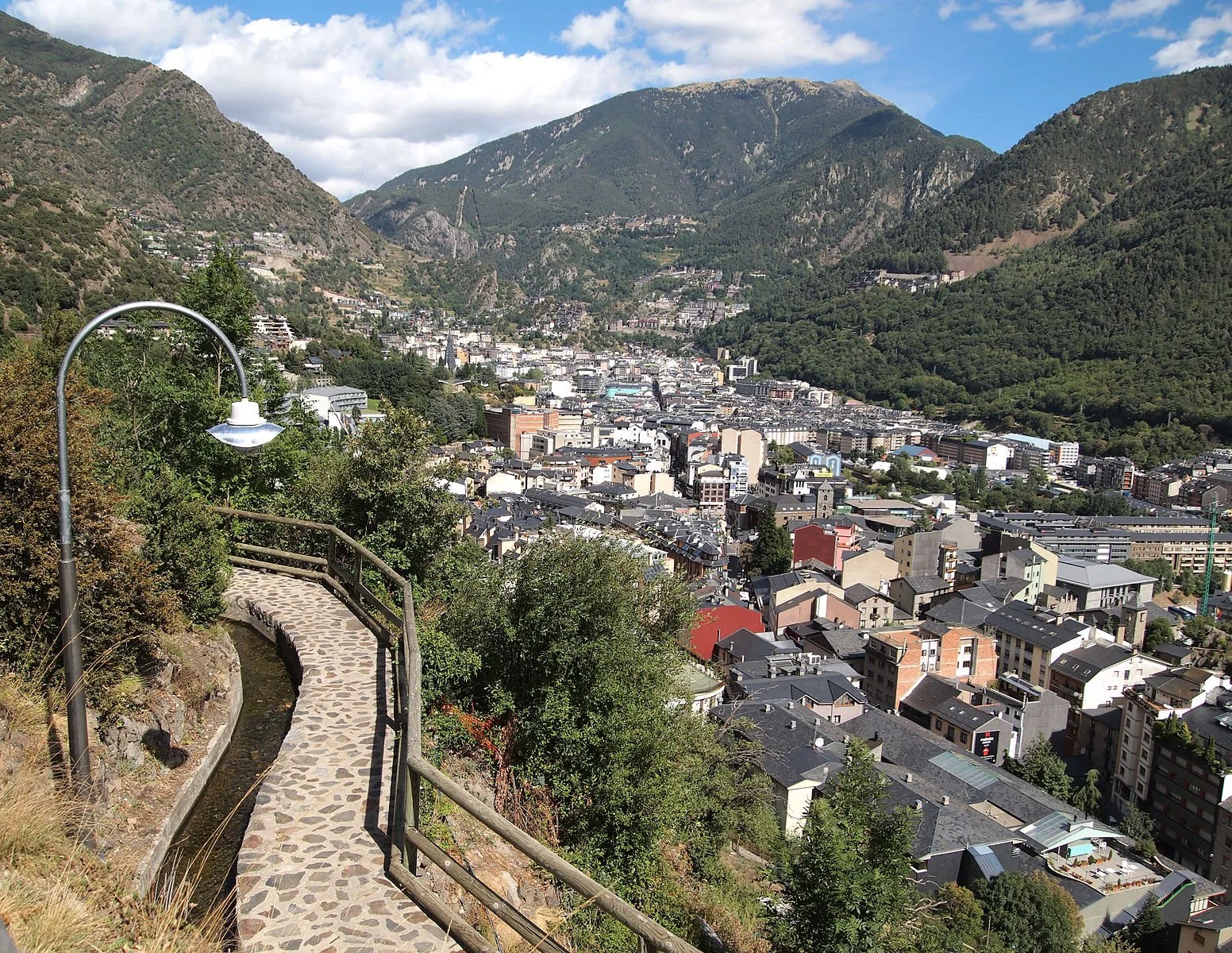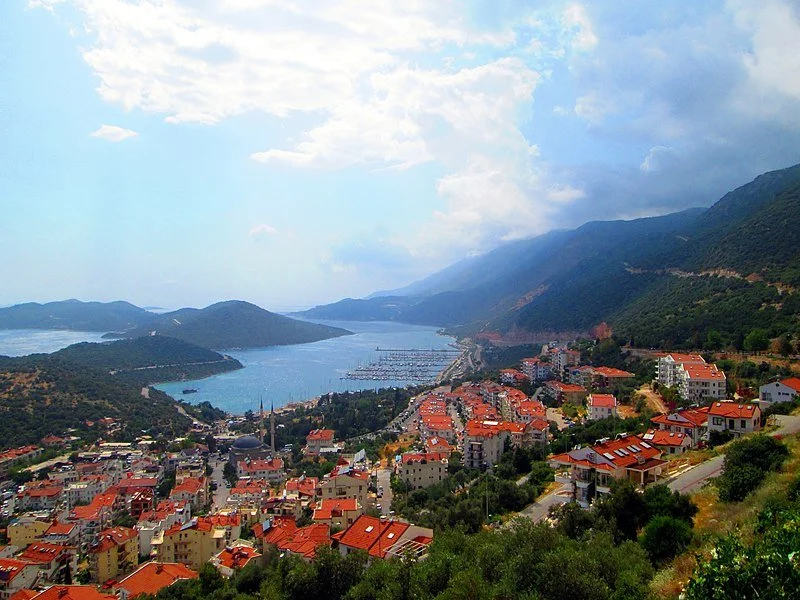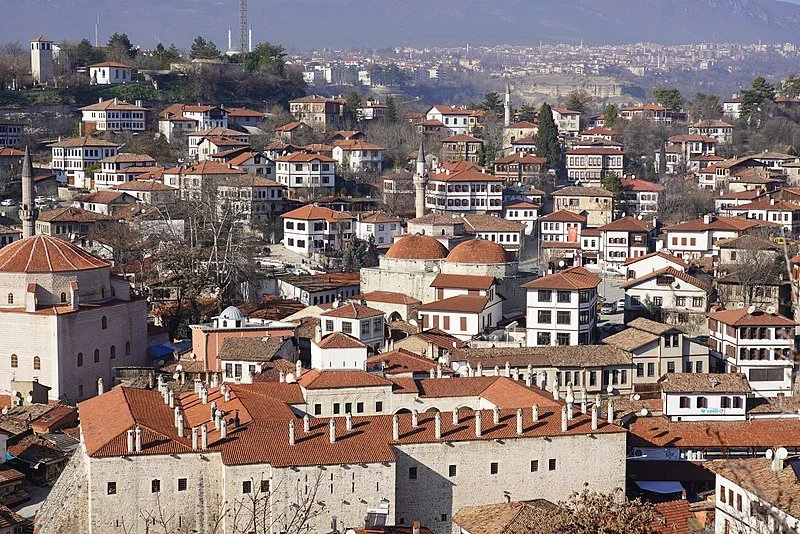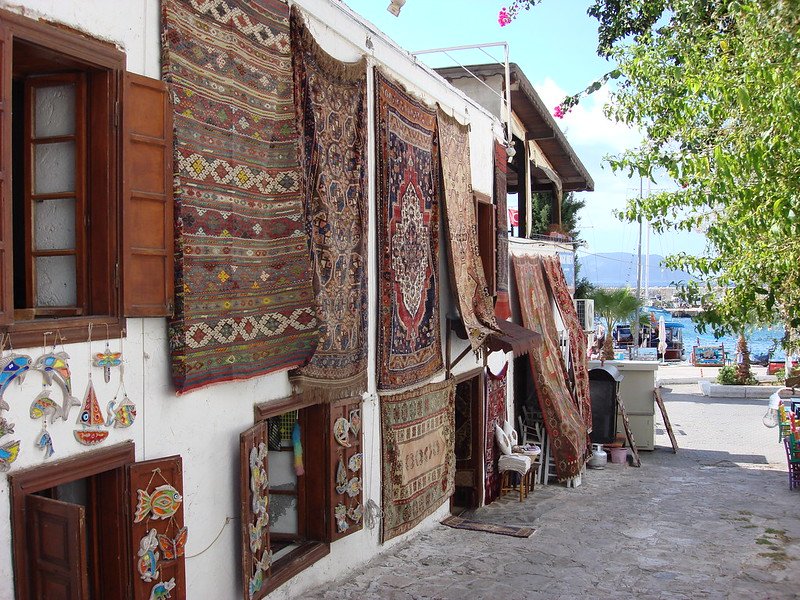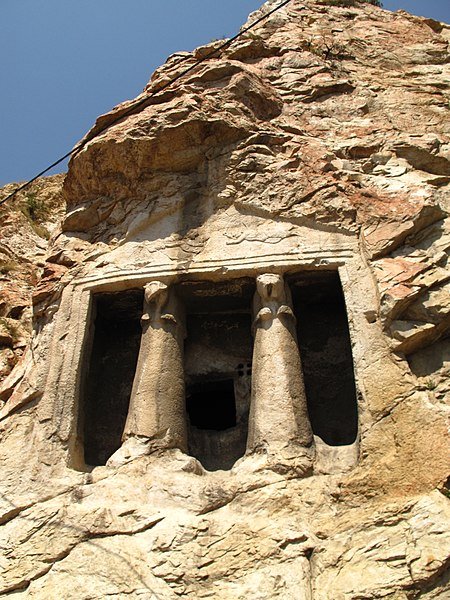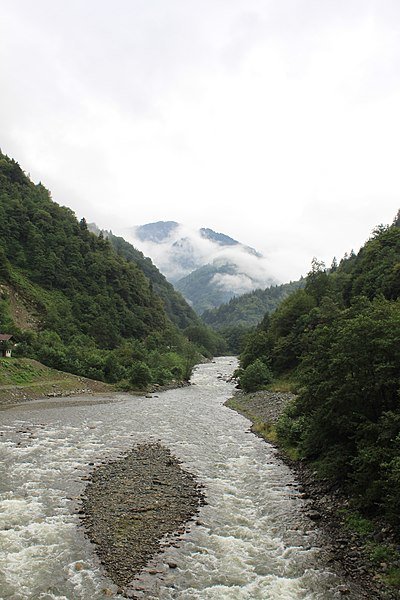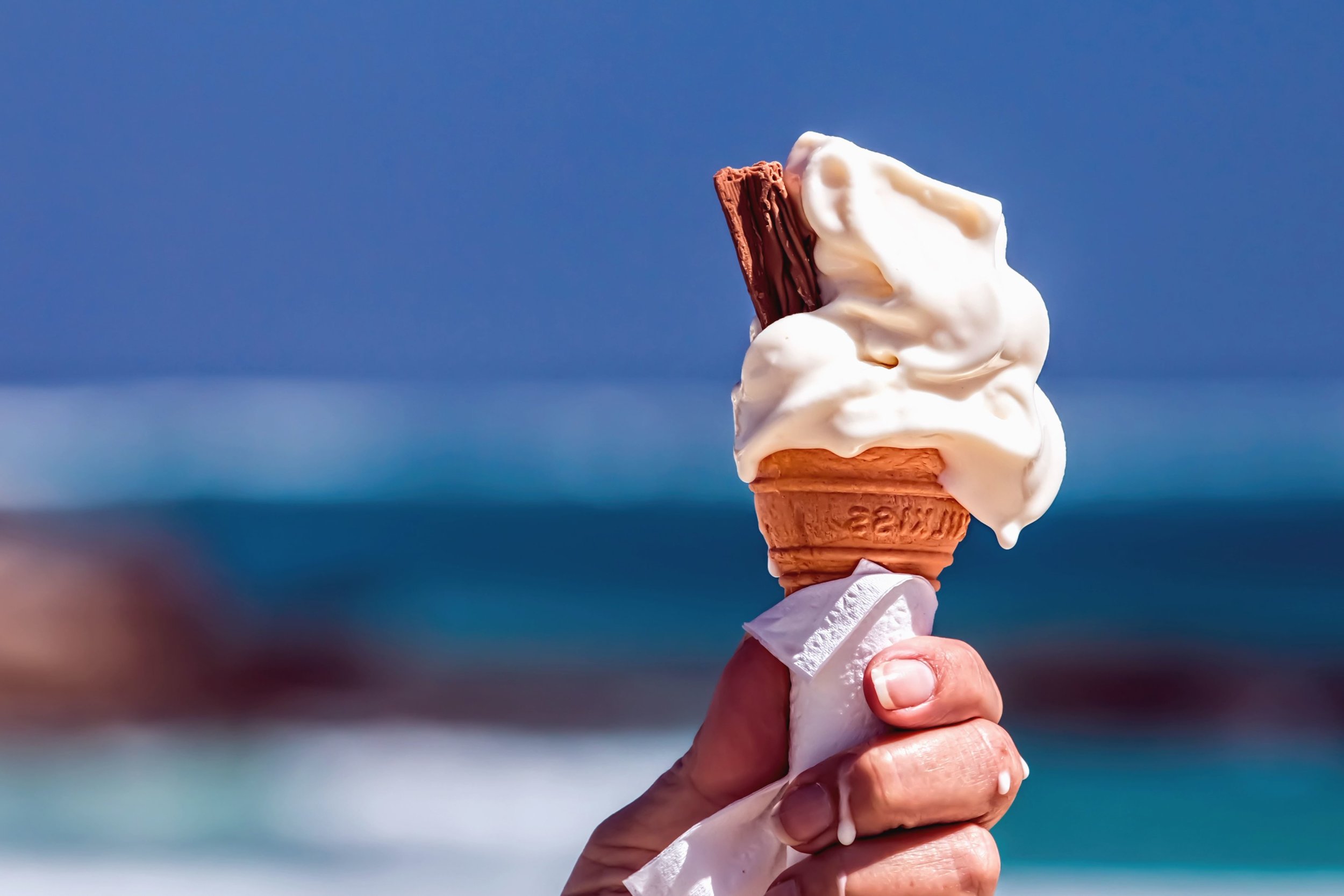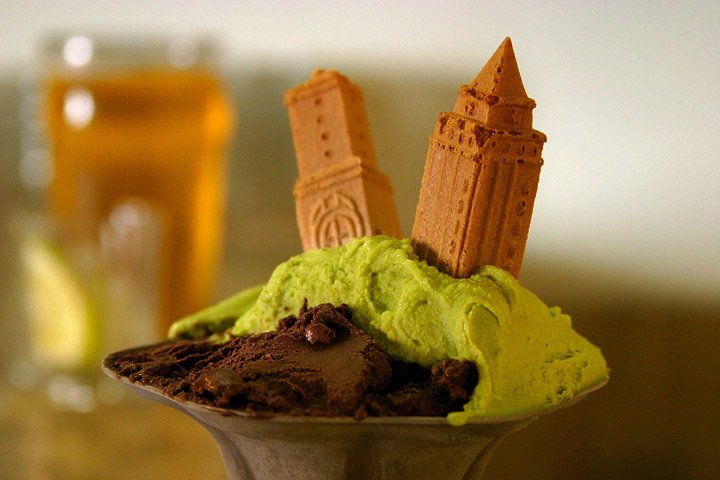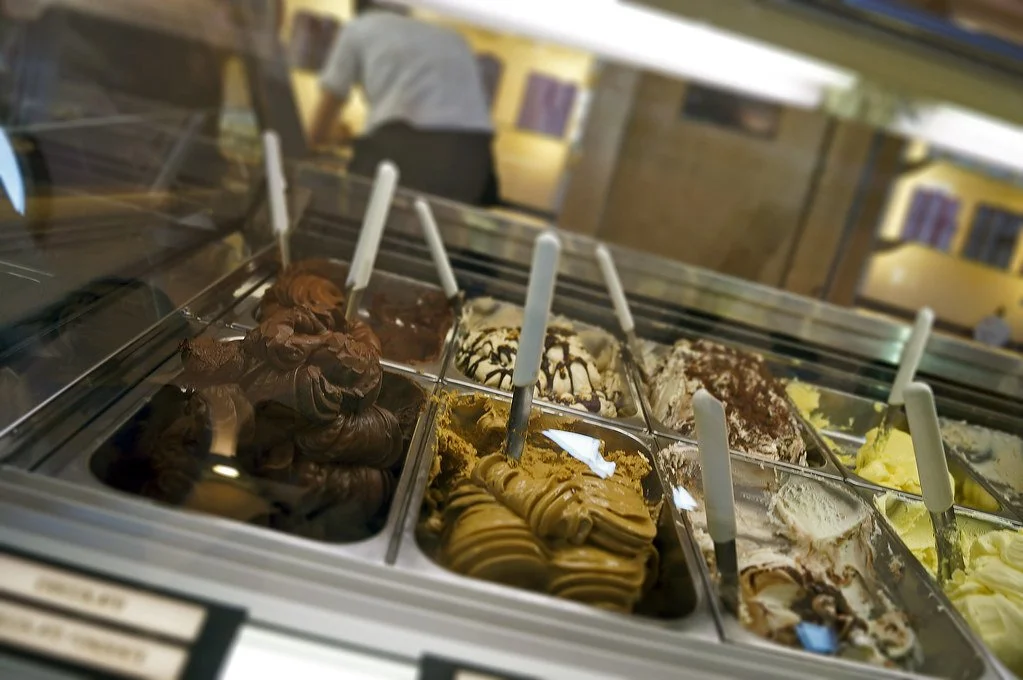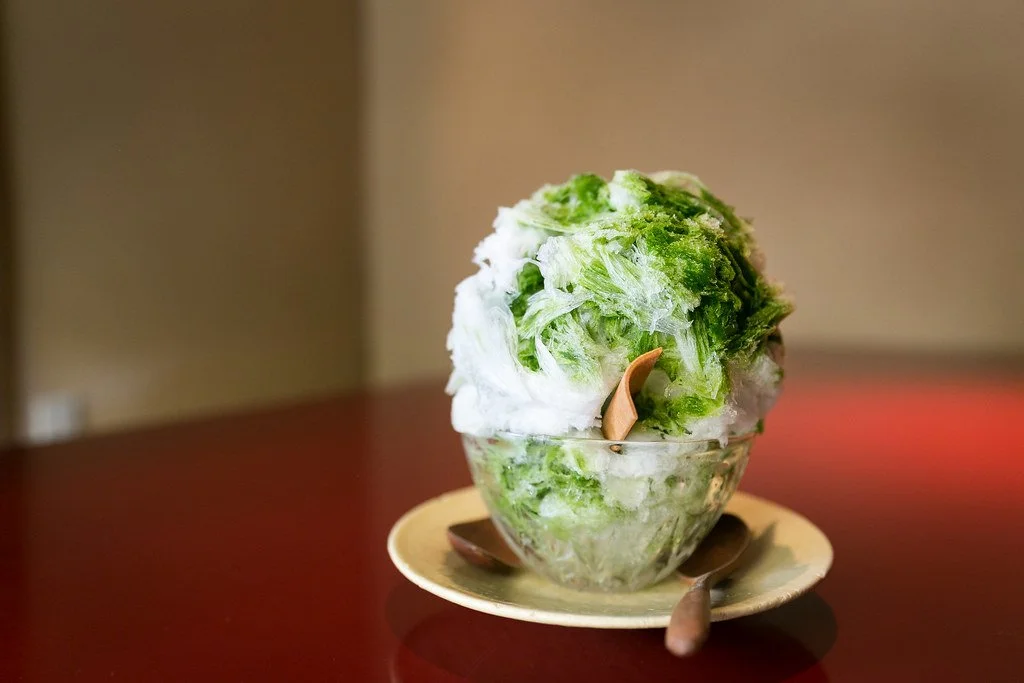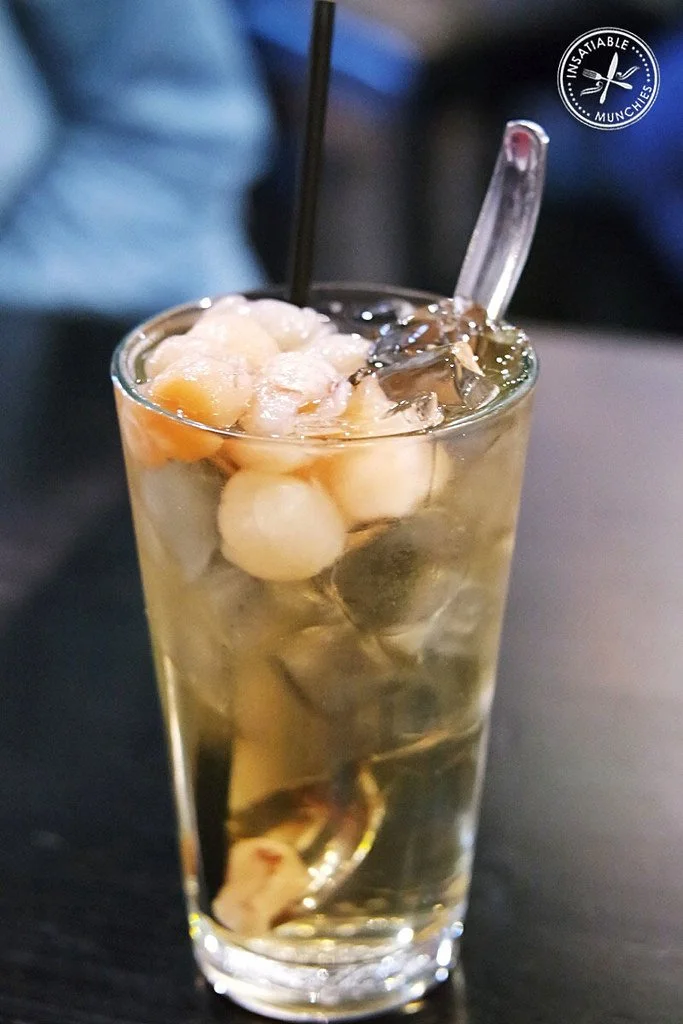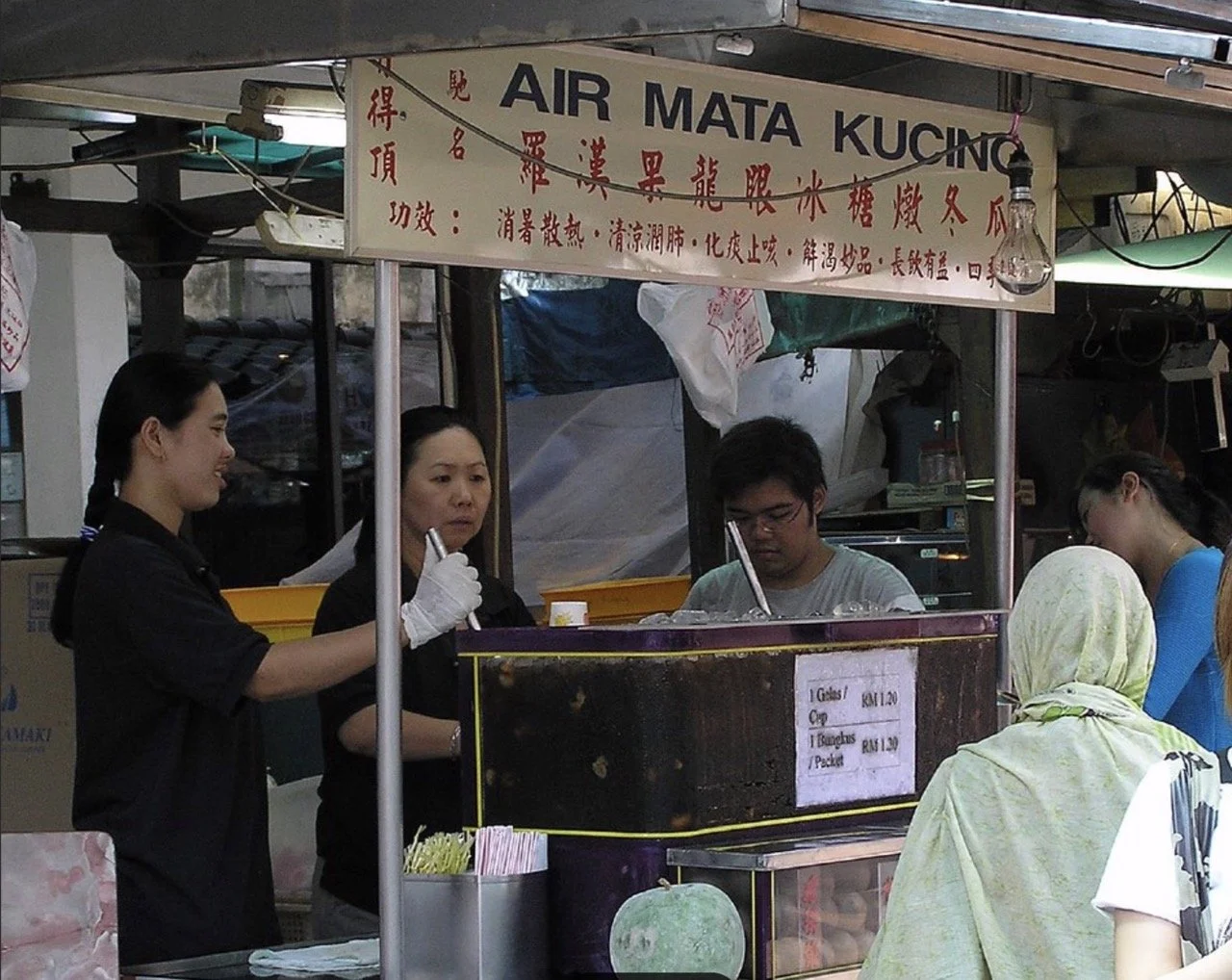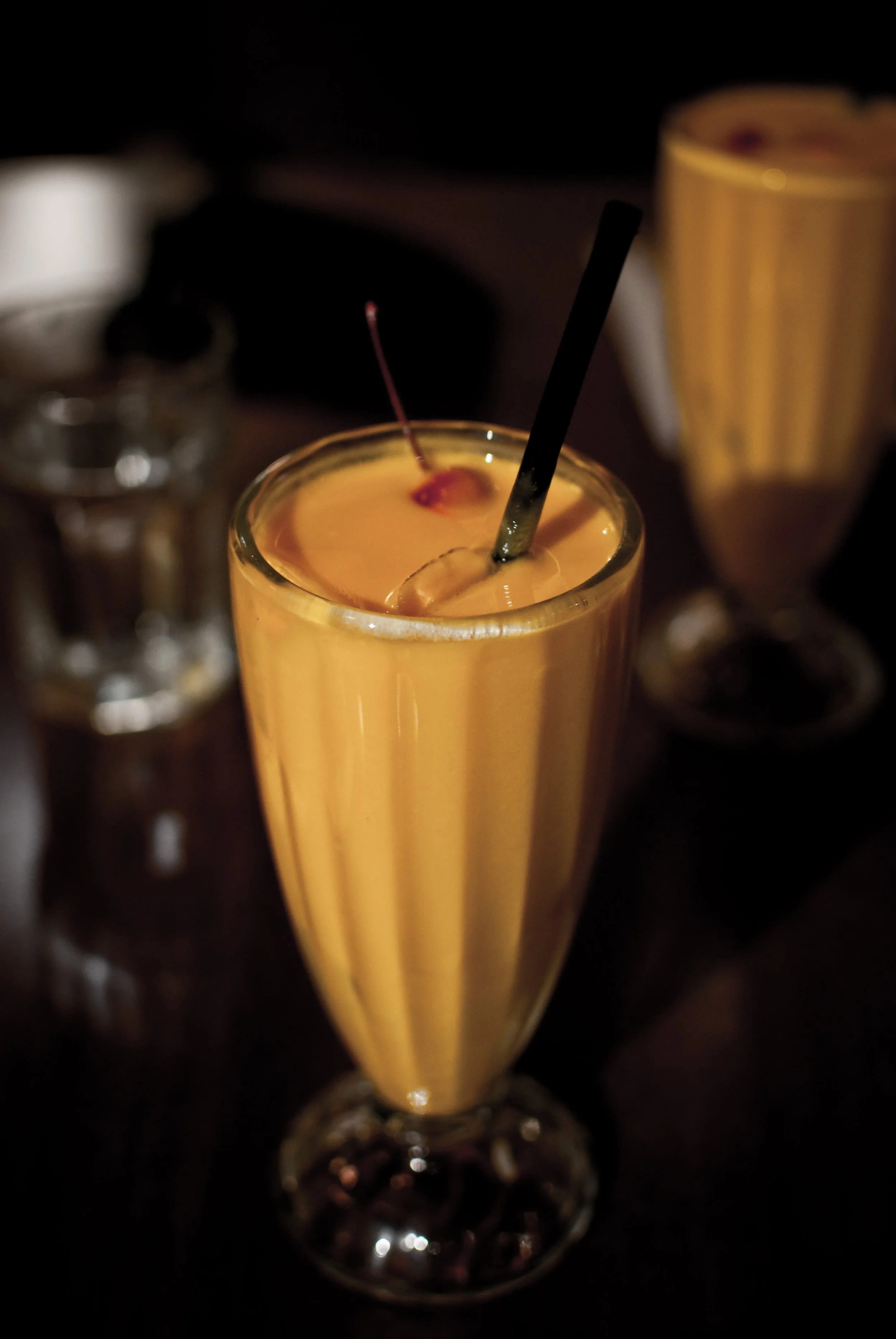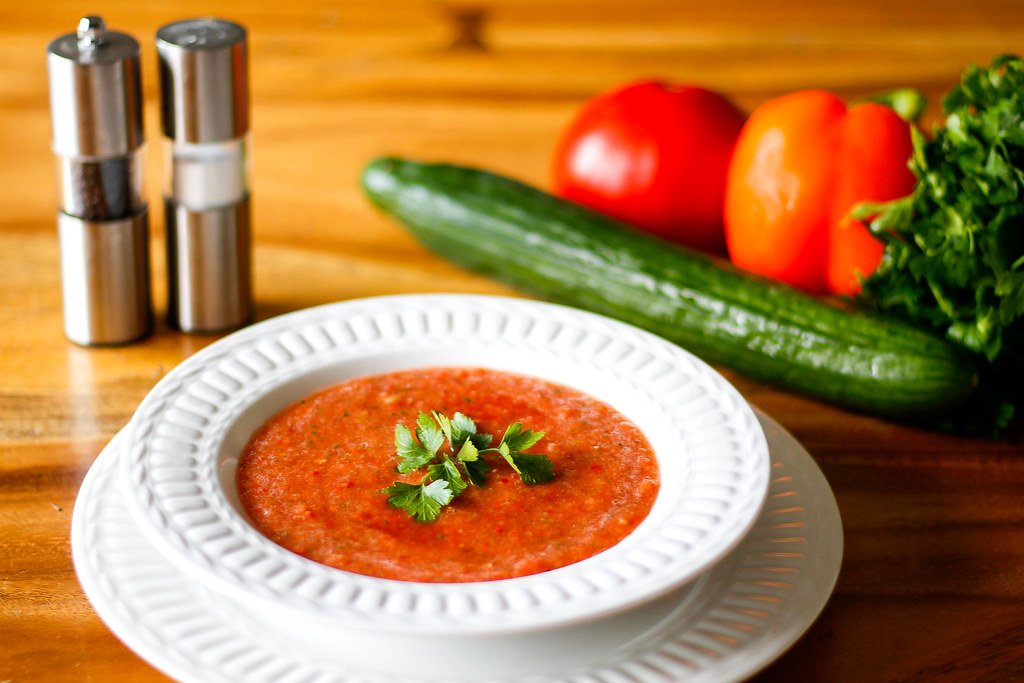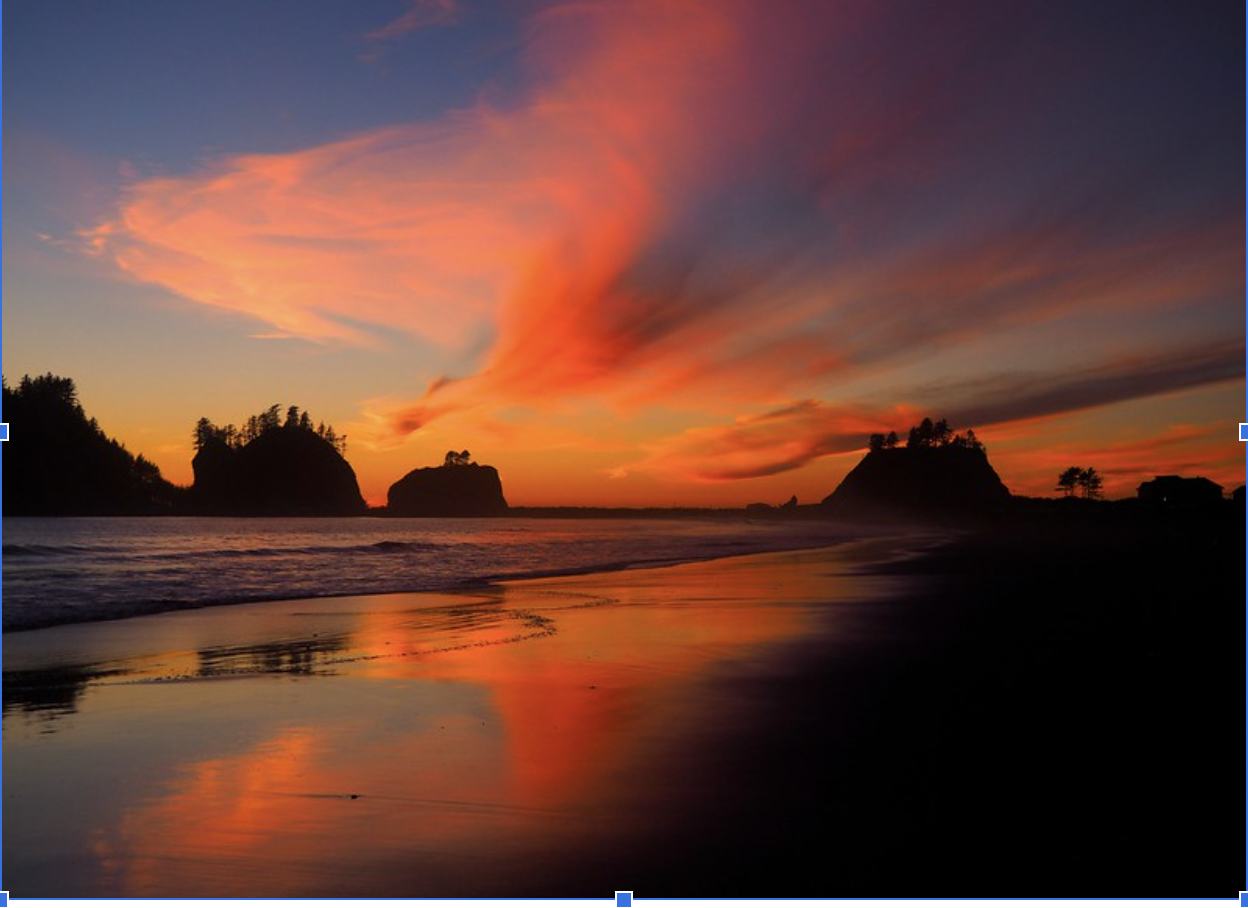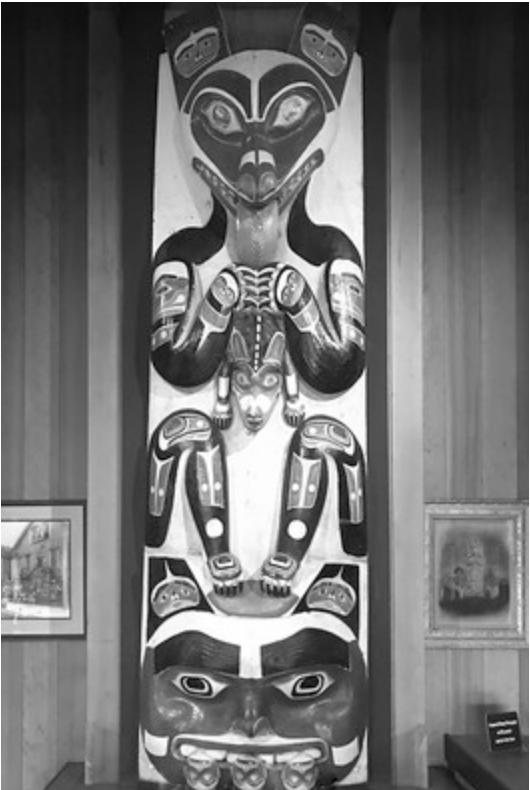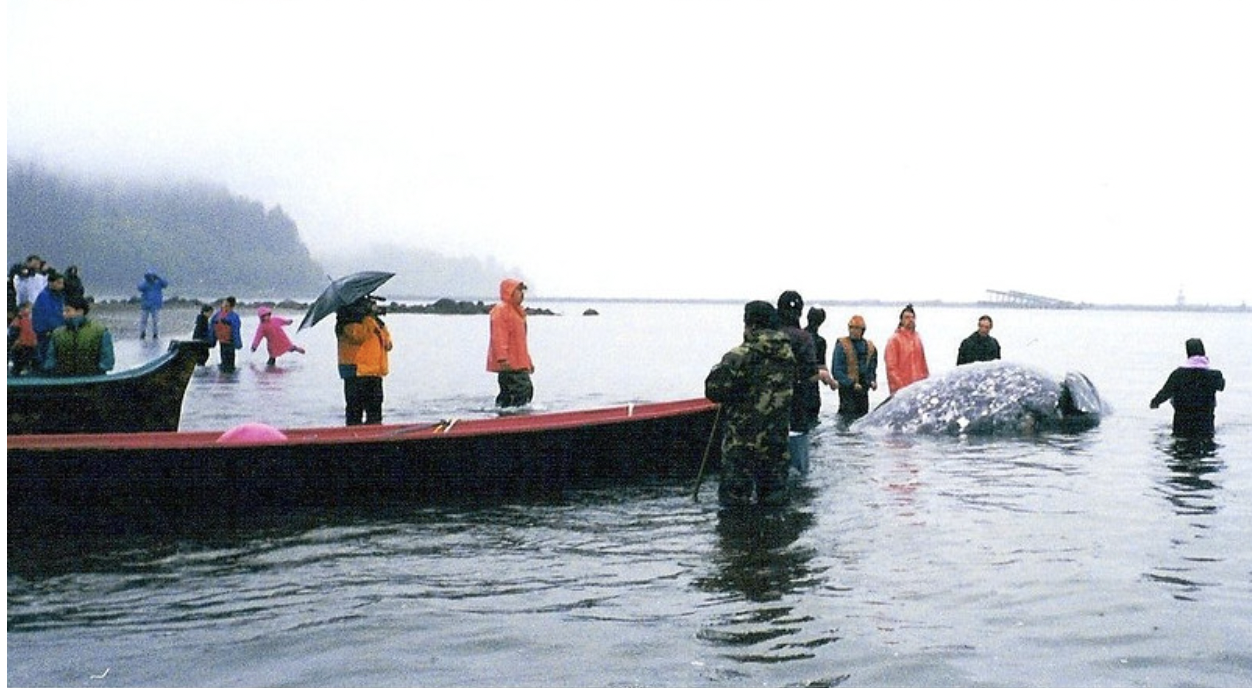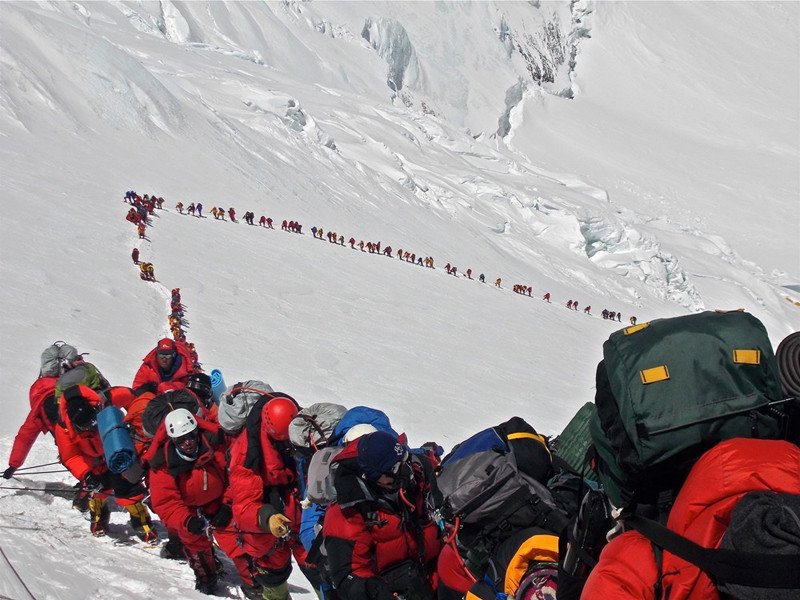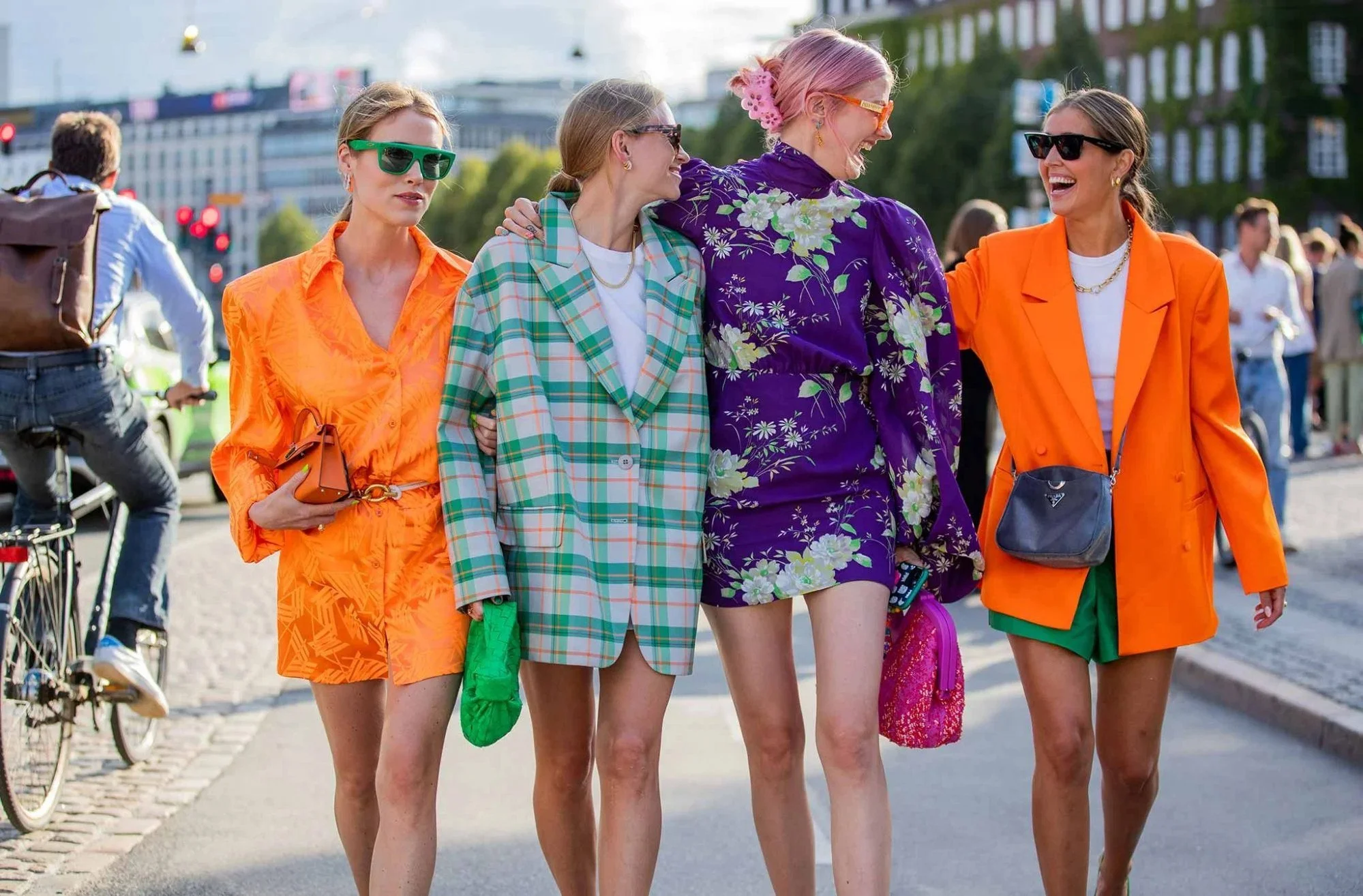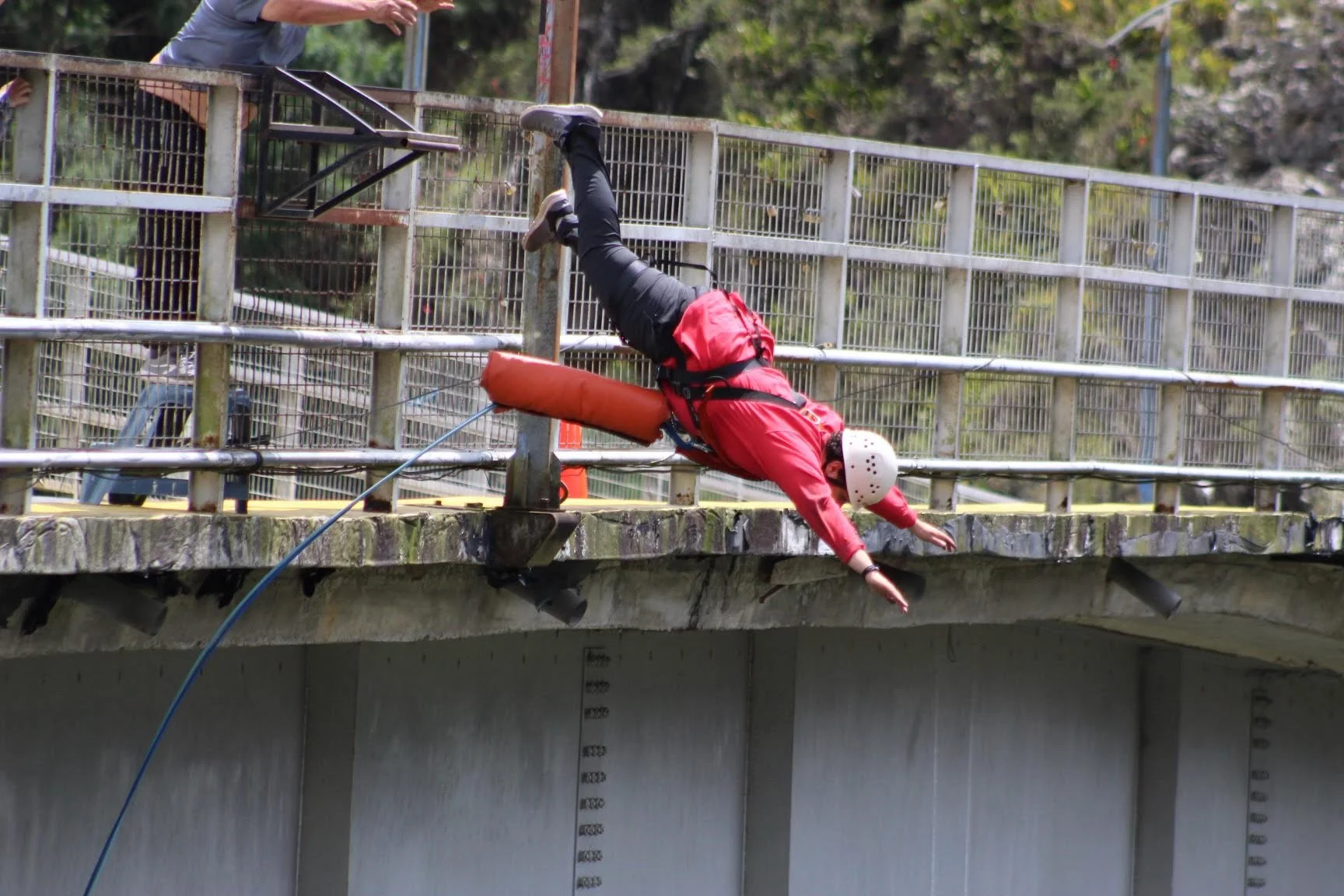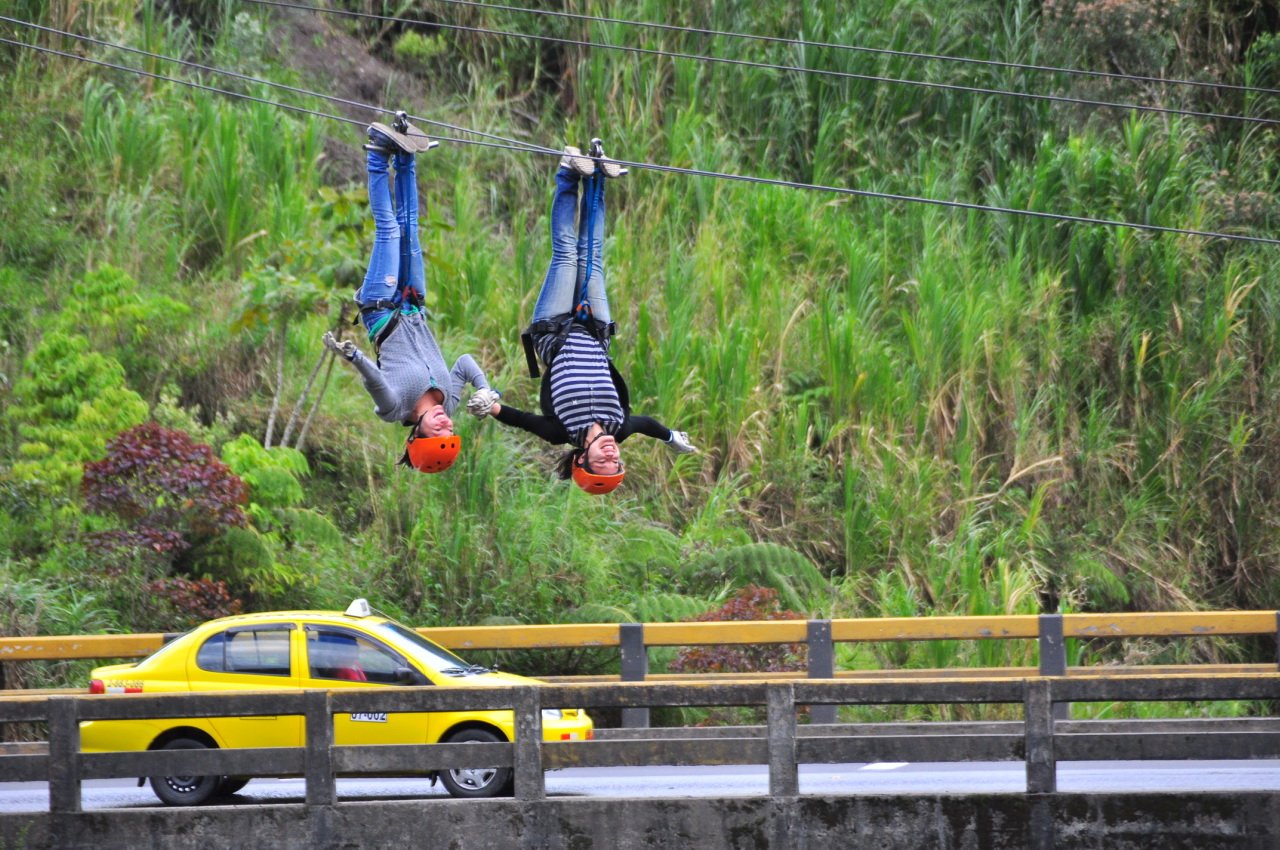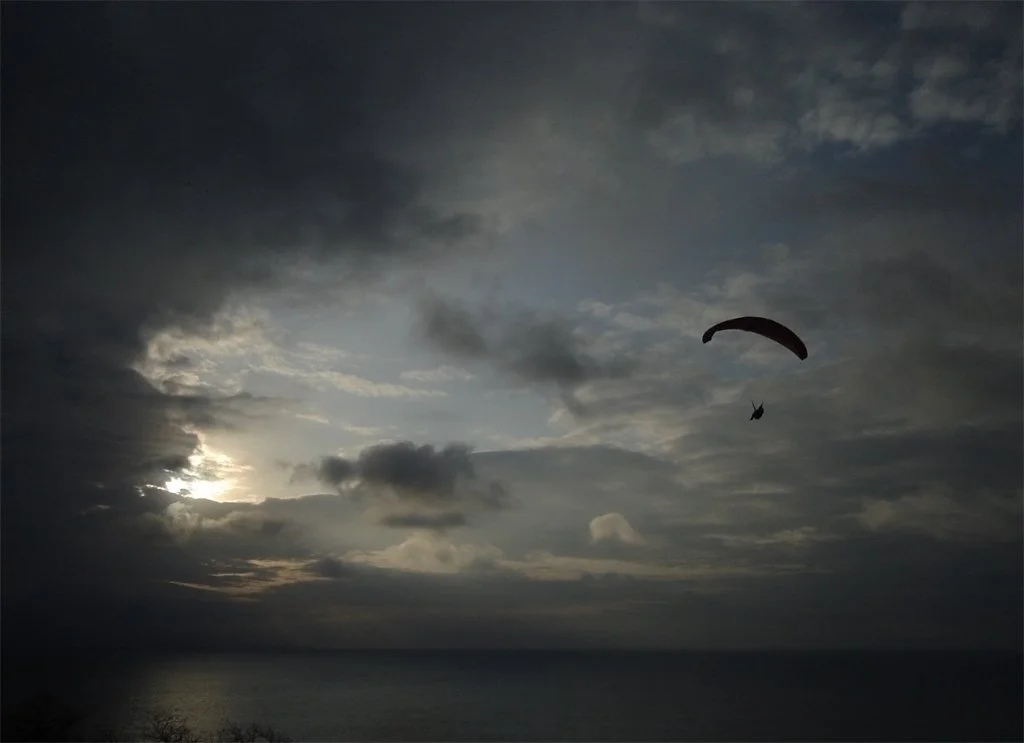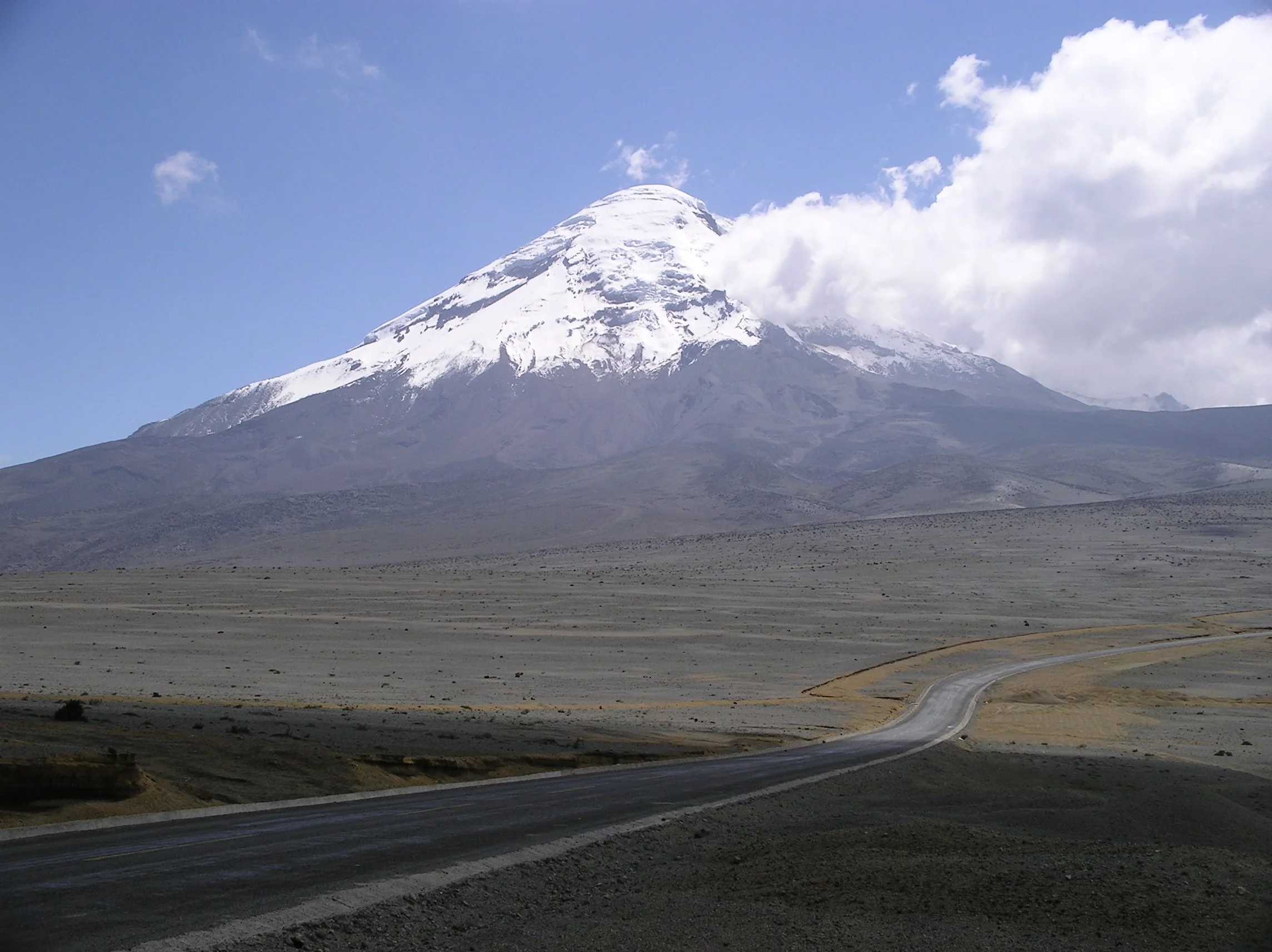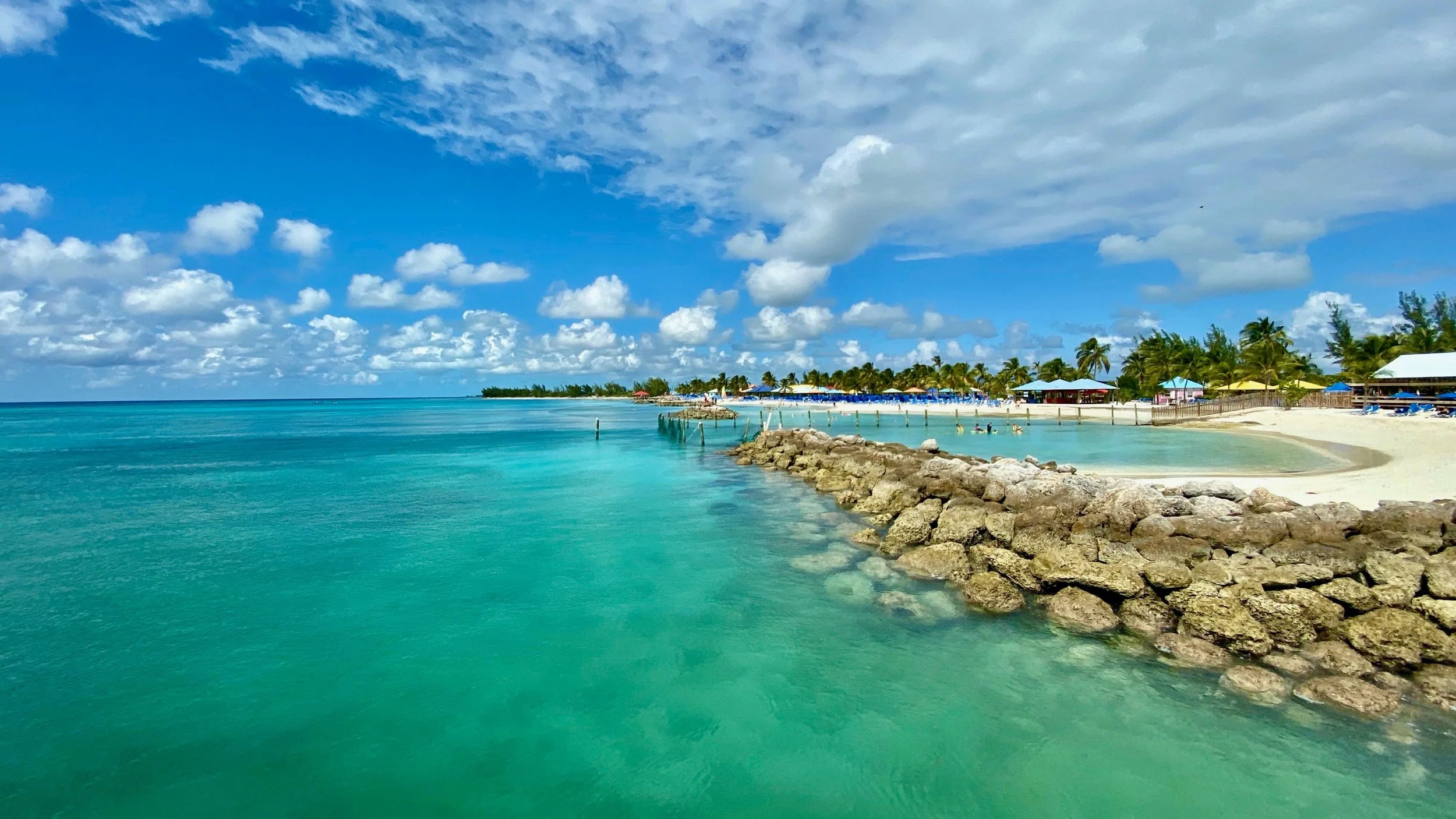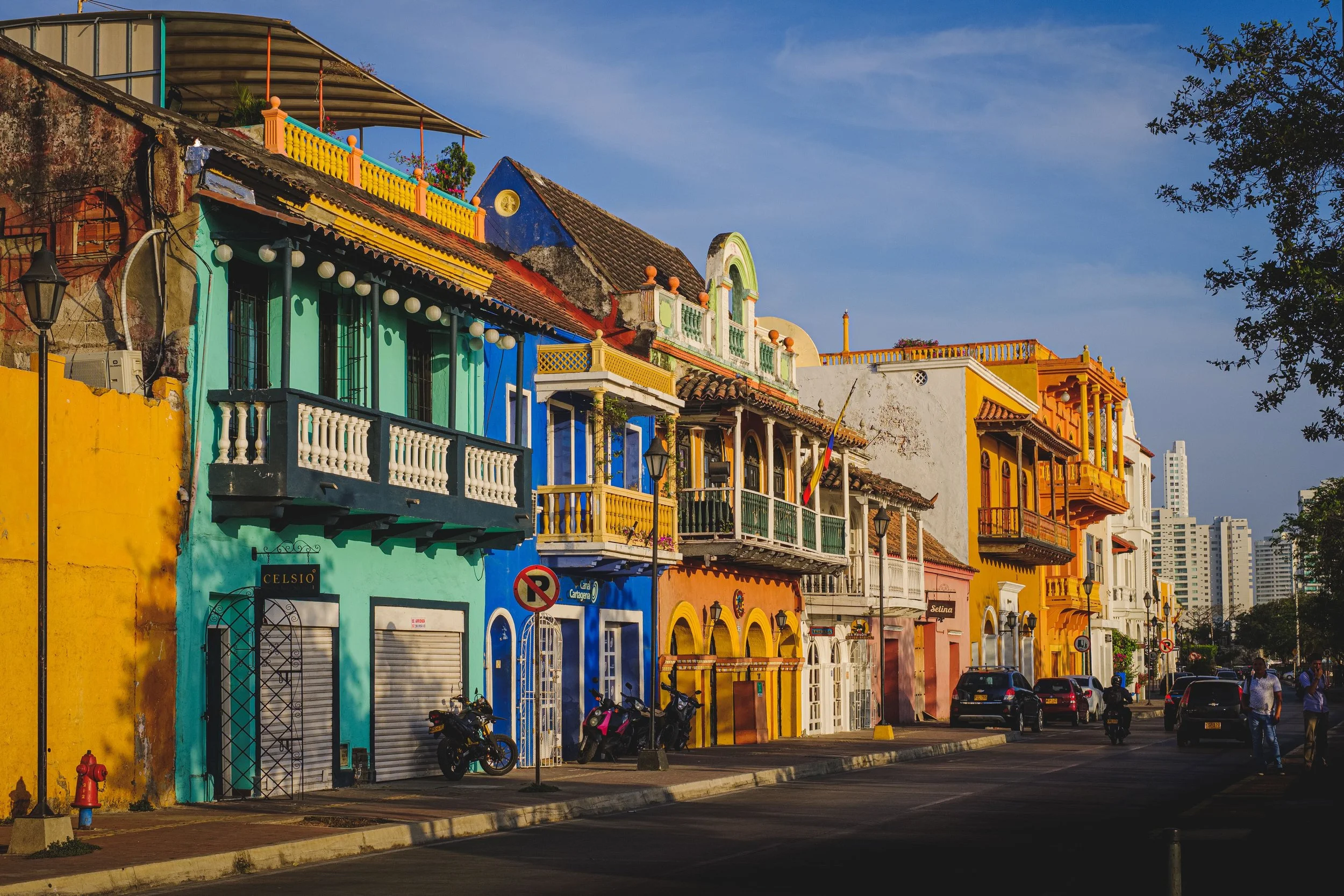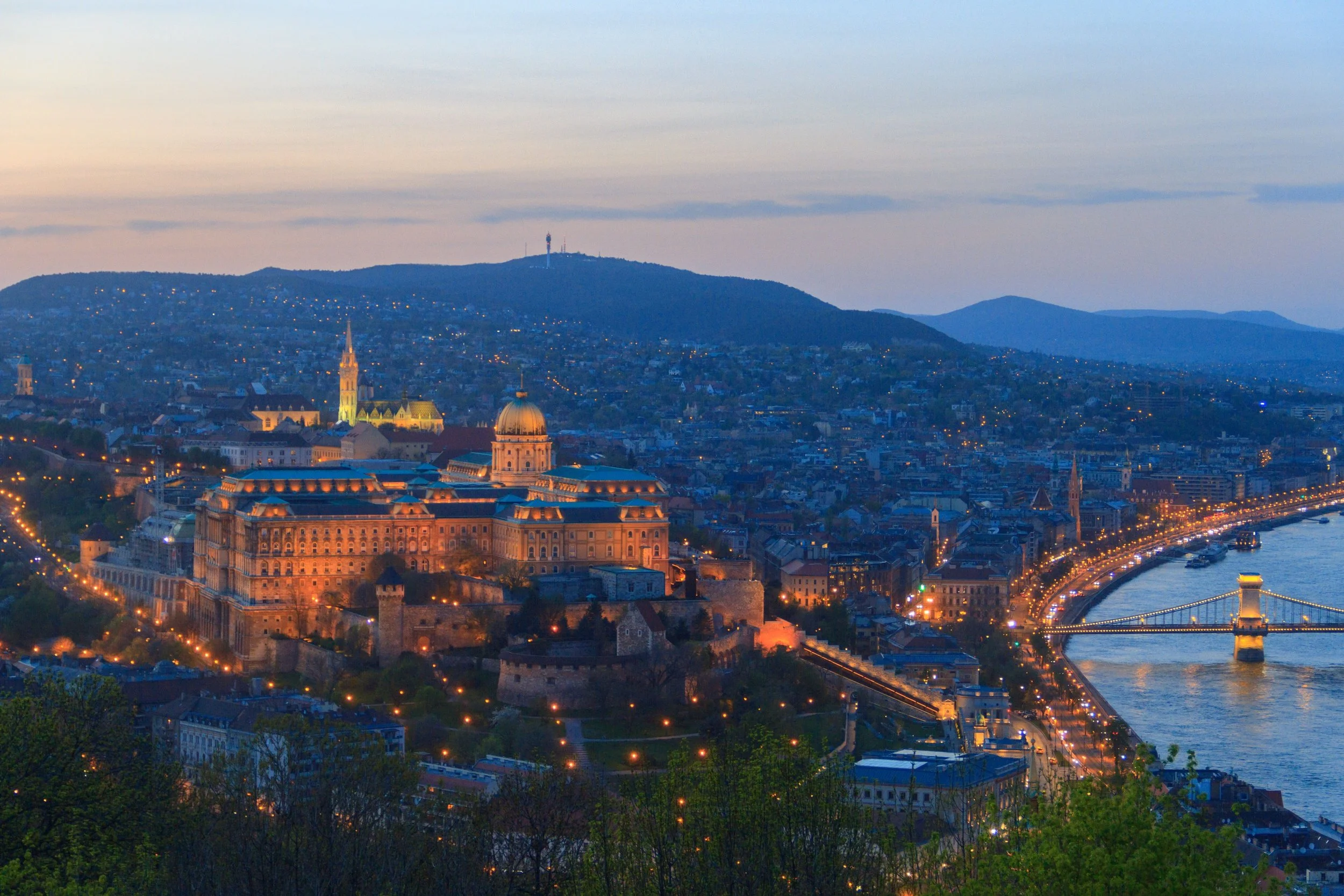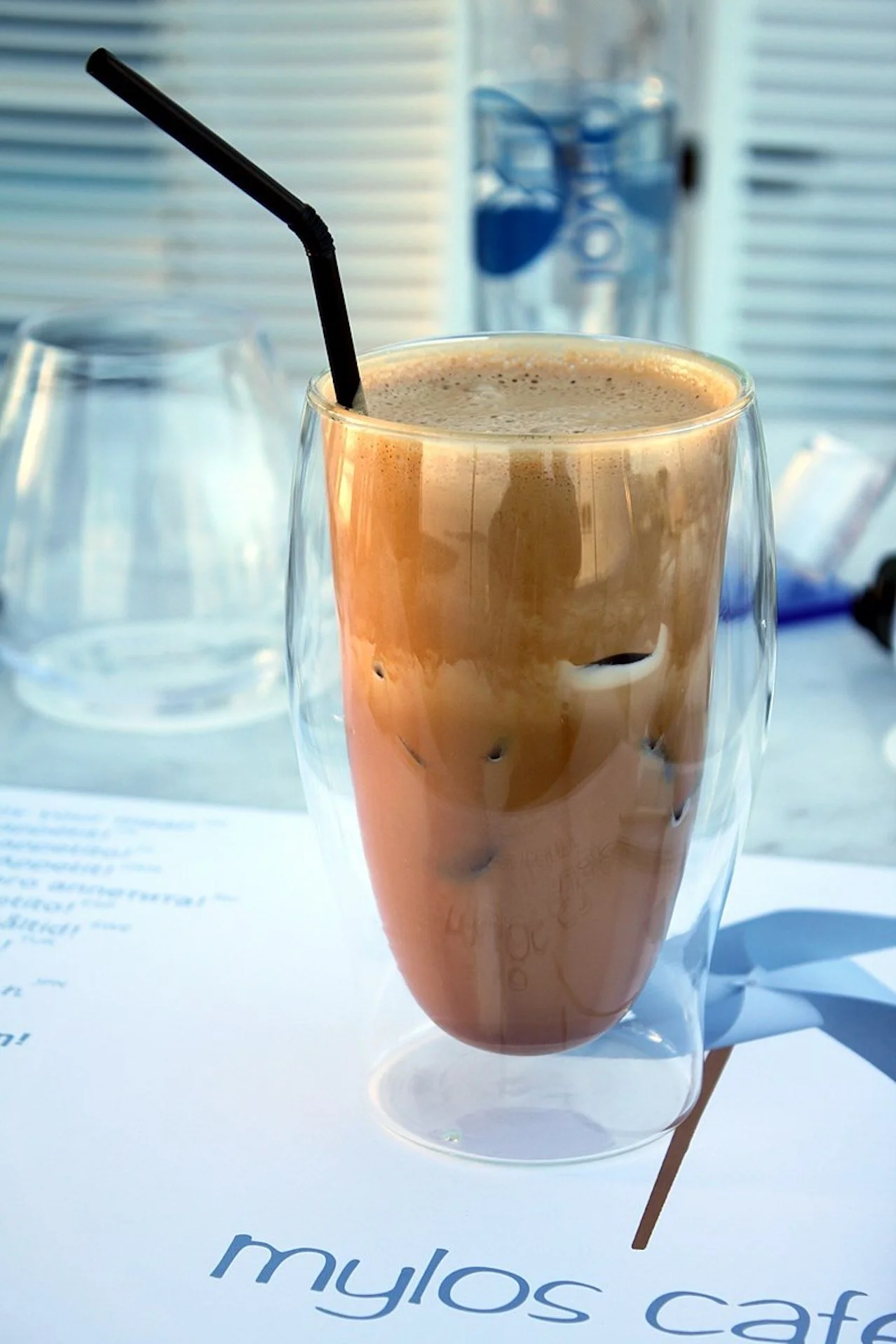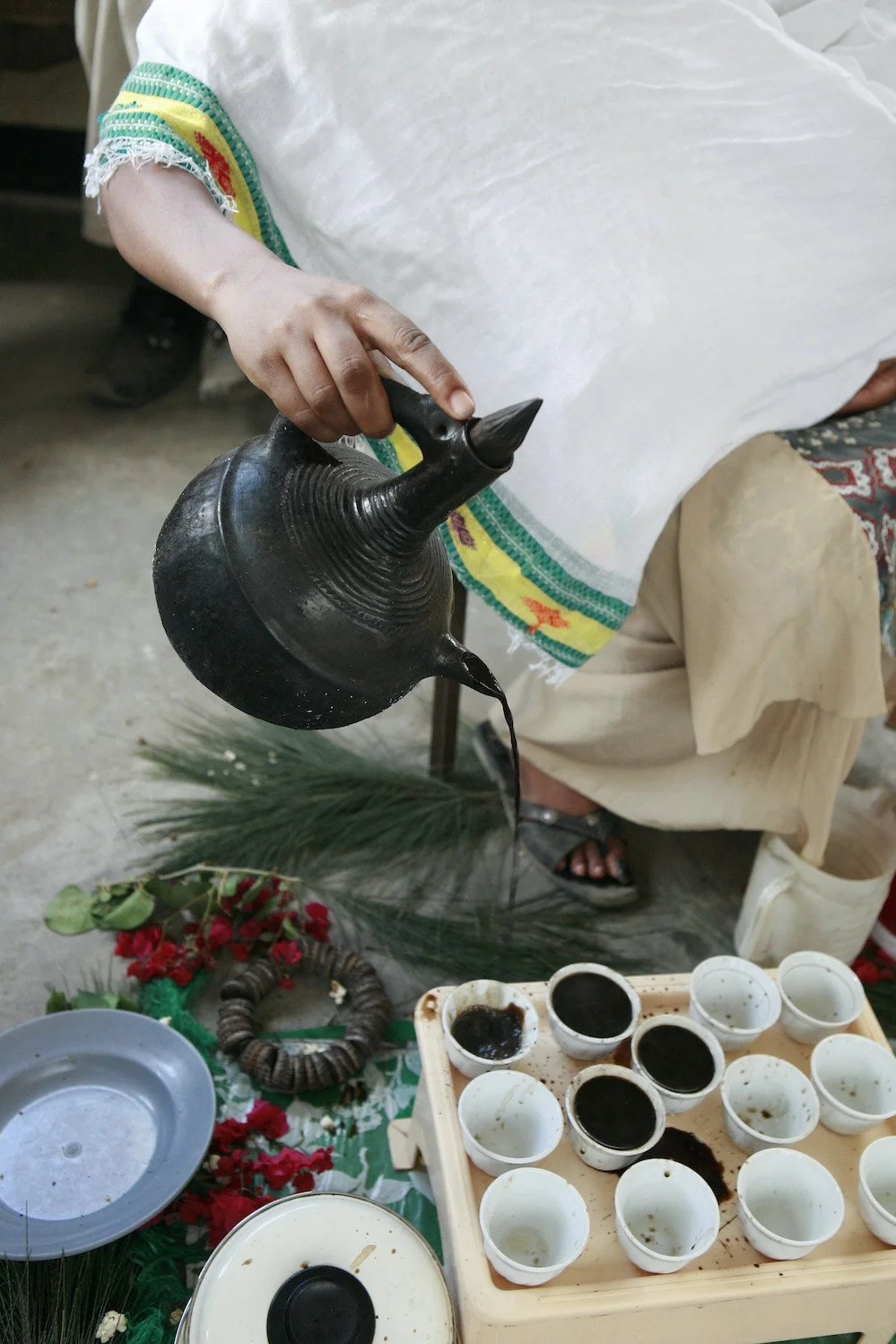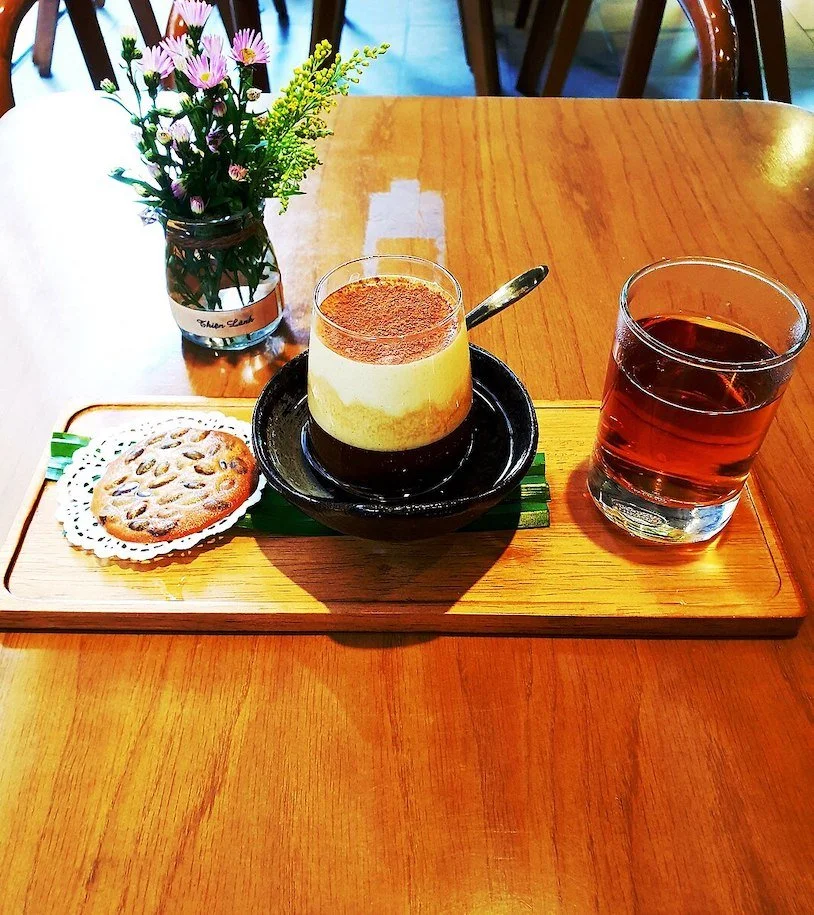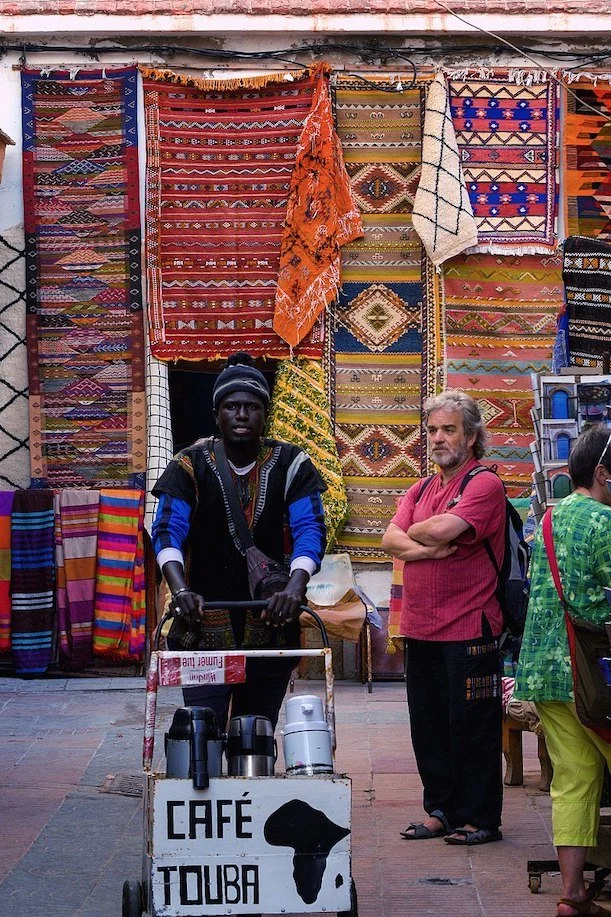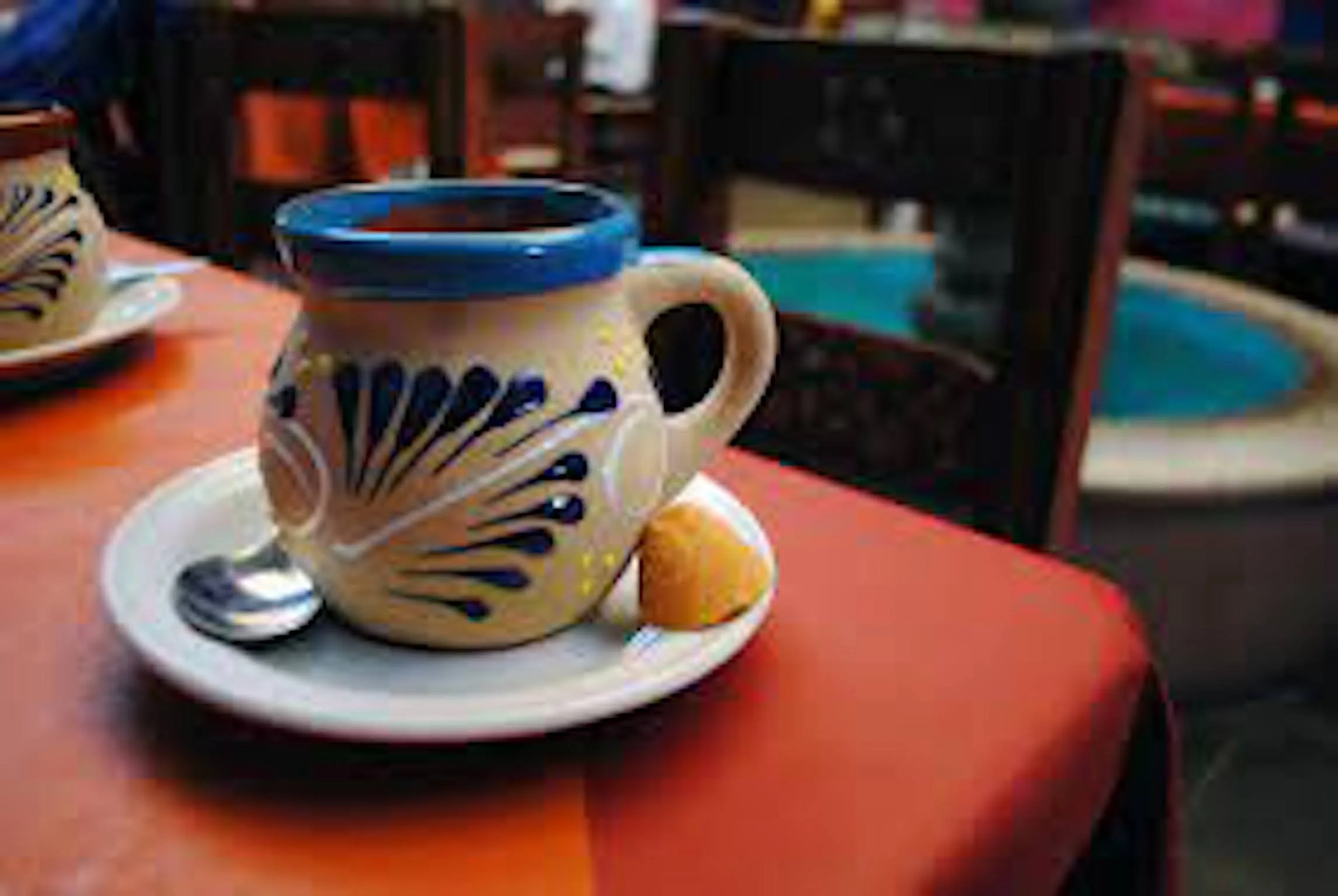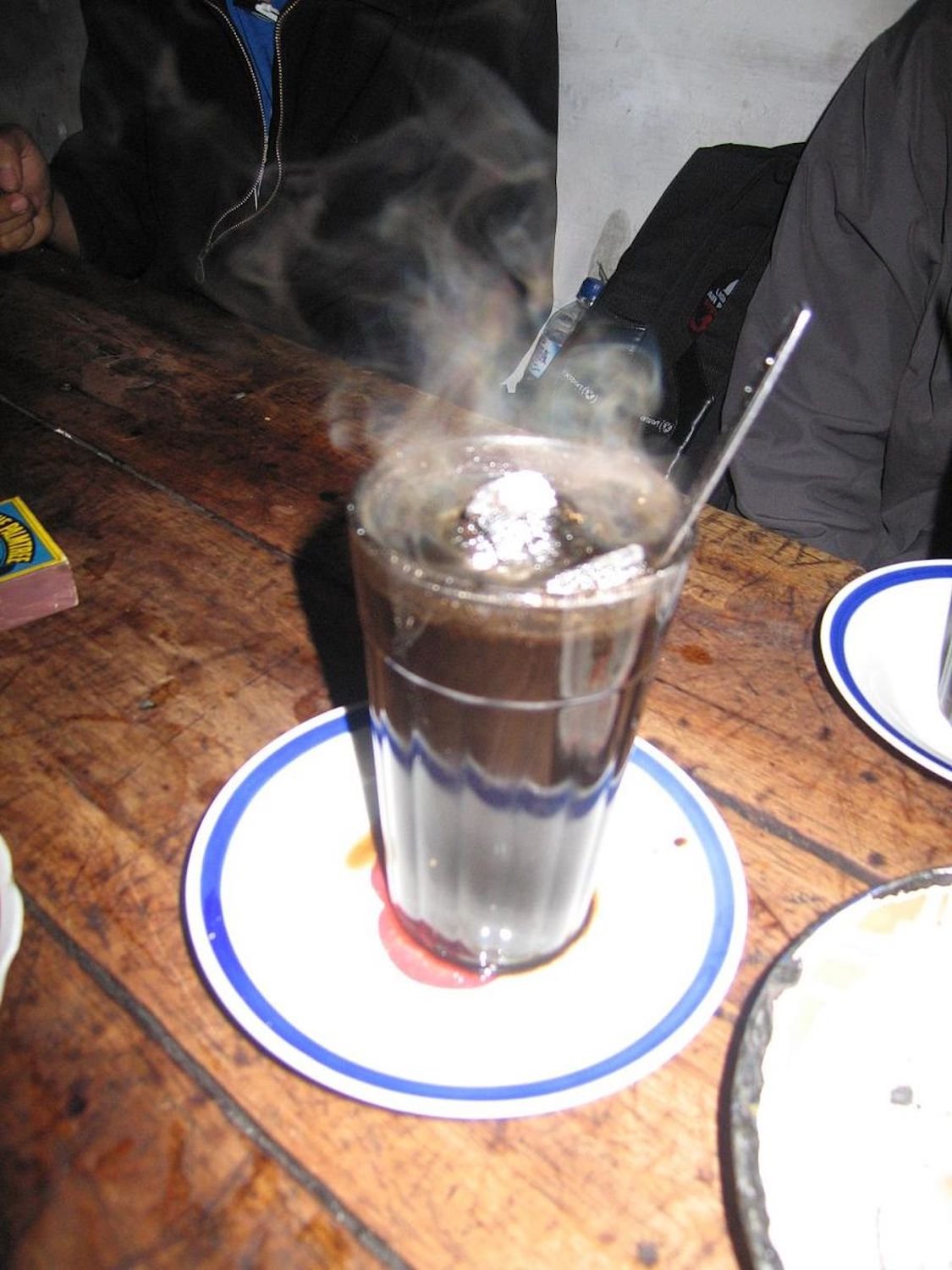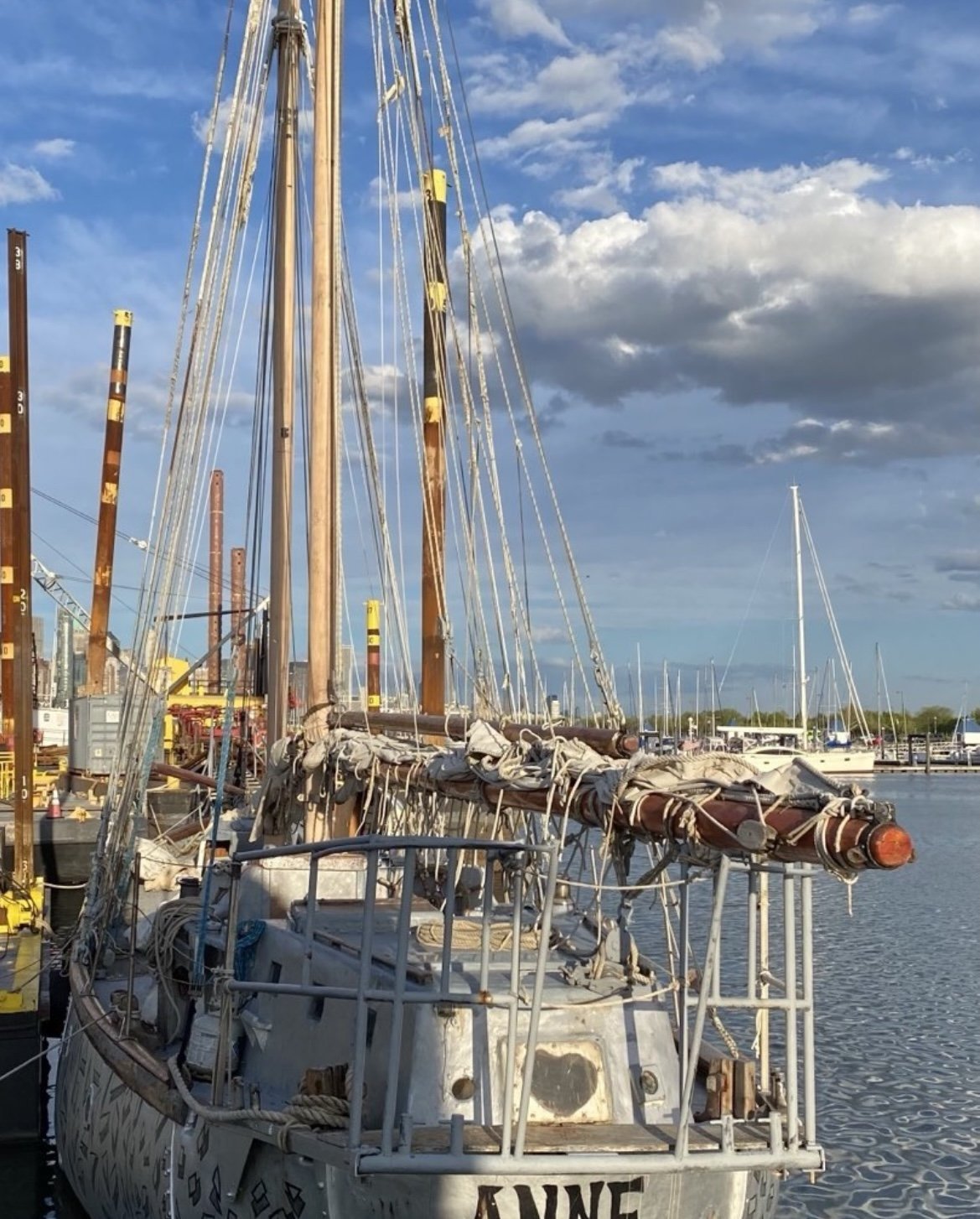From unspoilt beaches and heritage sites to surfing hotspots and sunset views, there is plenty to choose from in the Philippines without running into massive crowds.
Read MoreColombia Unveiled: My Journey from Mountainous Bogota to Caribbean Cartagena
From palm forests to quaint towns to the scenic Caribbean, Colombia defies stereotypes and should be a must-visit destination on your South American travels.
Read MoreOff The Beaten Path in Shanghai
From cultural collections to ancient architecture, here are 6 of Shanghai’s esoteric sites.
Read MoreVisual Protest: The History and Legacy of the Berlin Wall Art
The Berlin Wall spent decades as a symbol for ideological division, but has become an outlet for personal expression.
Thierry Noir’s heads at the East Side Gallery. Paul VanDerWerf. CC by 2.0.
Visually, the East Side Gallery in Berlin, Germany is a vast edifice of technicolor concrete. Although only fragments of the original 96 mile (155 kilometer) wall remain, the sections that still stand are striking. From the flashes of aquamarine and mustard yellow featured in Thierry Noir’s iconic cartoon heads to the dark spray paint outlining miscellaneous graffiti, the murals are simultaneously imposing and welcoming. But the gallery's importance runs deeper than its appearance; decades of history and political turbulence echo through its fallen walls.
When fully intact from 1961 until 1989, the Berlin Wall separated East Berlin from West Berlin; both halves were located well within East German territory, making West Berlin a NATO exclave in the Eastern Bloc. Prior to the wall's construction, emigration to West Germany by skilled workers, professionals, and intellectuals threatened East Germany’s economy. A few years after World War II, East Germany was constituted as a communist state controlled by the Soviet Union, while West Germany was formed out of the French, British and American occupation zones. The wall became a physical symbol of the Cold War: a division not only of Europe geographically, but also the global ideological divide between communism and democracy.
In the midst of longstanding Soviet de facto control of East Berlin, in 1985 then-Soviet leader Mikhail Gorbachev introduced the reform policies of glasnost (“openness”) and perestroika (“restructuring”), referring primarily to freedom of expression and economic reform, respectively. This decision, coupled with the growing number of protests sweeping across multiple Soviet republics, created a breaking point that eventually erupted into mass action. On November 9th, 1989, East German spokesman Günter Schabowski announced that East Germans would be free to travel into West Germany, starting immediately. In reality, travel was supposed to commence the following day, with regulations to prevent complete freedom of movement. But it was too late for regulations, and the crowds of people from East Germany immediately began to climb and even physically break down the wall.
The fall of the Berlin Wall, 1989. Gavin Stewart. CC by 2.0.
Because of the long period of repression associated with the barrier, one might assume that civilians who had lived on either side would want nothing to do with it ever again. But in 1990, just months after the Wall fell, some of the most famous murals of the Berlin Wall were painted (some of the preserved graffiti, including Thierry Noir’s brightly-colored heads, was created even before the Wall fell). With a newfound sense of freedom, people found their voice through art and created pointed political, social and cultural commentary.
Arguably the most famous of these works is Dmitri Vrubel’s “My God, Help Me to Survive this Deadly Love.” Commonly referred to as “Fraternal Kiss,” Vrubel’s piece depicts East German leader Erich Honecker and Soviet leader Leonid Brezhnev kissing. The kiss between the two socialist leaders was a rare, but not unknown greeting — often socialist leaders would kiss each other thrice on each cheek after embracing and, at special events, would kiss on the mouth to demonstrate solidarity and brotherhood.
The Brezhnev-Honecker mural was based on a real photograph of the event taken by Regis Bossu eleven years earlier, in 1979. The kiss took place after an economic agreement between the USSR and German Democratic Republic (the formal name of communist East Germany). The image was famous when it was originally taken, but Vrubel’s artistic rendering took its notoriety to new, unforeseen heights.
“My God, Please Help Me Survive this Deadly Love.” Andy Hay. CC by 2.0.
Although Vrubel’s iconic piece is perhaps the most recognizable mural, much of Berlin’s wall art would not have been painted without the help of Kani Alavi. Alavi was an organizer of the East Side Gallery, which invited artists from around the world to paint and express their reflections on the Cold War ideological divide and personal experiences. Alavi’s own visual contribution, “It Happened in November,” is a synthesis of personal experience and political commentary. The Berlin Wall consisted of two distinct walls separated by a gap for maximum security, and Alavi’s mural depicts thousands of faces walking between them on the day it came down. Alavi had viewed this scene personally from his apartment overlooking Checkpoint Charlie, which was the best-known border crossing between East and West Berlin.
“It Happened in November.” Fraser Mummery. CC by 2.0.
Alavi also directly helped inspire another of the most notable murals, the “Berlin Wall Trabant” by artist Birgit Kinder. Supposedly, Alavi told Kinder to paint anything she wanted on the wall, but she hesitated for a moment. It was only when she looked at her East-German manufactured Trabant car that she felt inspired. She began painting her car forcefully bursting through the wall, symbolizing the city’s escape from Soviet rule. Close observers will note that the license plate reads “Nov 9-89,” which is the day the Berlin Wall fell.
“Berlin Wall Trabant.” Judith. CC BY-NC 2.0.
When the wall fell, and the Soviet grip on East Germany loosened, creativity flowed. Artists visually translated their newfound freedom onto a canvas that had once held them captive. Their murals symbolized the reclamation of power by East Berlin’s formerly oppressed inhabitants. And with this somewhat-unlikely canvas they were able to recount their lived experience and depict the conflict and compromise of the world around them, concretely living in vivid color, forever.
Carina Cole
Carina Cole is a Media Studies student with a Correlate in Creative Writing at Vassar College. She is an avid journalist and occasional flash fiction writer. Her passion for writing overlaps with environmentalism, feminism, social justice, and a desire to travel beyond the United States. When she’s not writing, you can find her meticulously curating playlists or picking up a paintbrush.
Manaus: Capital of the Amazon
My visit to the Amazon’s largest and most contradictory city.
City of Manaus. Dennis Jarvis. CC BY-SA 2.0
My first guide in Manaus explained that when people think about a city in the middle of the Amazon, they expect the city to be wild and see snakes crossing the streets. The reality of the Amazon’s largest city, located in Brazil’s Amazonas Province, is completely different. This past May I spent one of the most memorable weeks of my life in this province. During that time, I did go deep into the Amazon, where I saw a tree Boa, a large snake. But, I also visited a beautiful pink opera house, a fish market, antique bookstores, fancy restaurants, the Presidente Figueiredo Waterfalls, and even the Ponta Negra Beach, which was lined with tall buildings that seemed to be hotels, just like any beach town you’d find in the US.
Me, in the Amazon outside of Manaus. Jeremy Giles
This city of over two million people borders both the Rio Negro and the Amazon River, and is the access point to reach many communities deeper within the Amazon jungle. It is also one of Brazil’s largest industrial centers, including businesses that have nothing to do with the rainforest it borders. In my experience, Manaus is a city unlike any other, and thrives off defying expectations.
The History
Manáos, Eduardo Ribeiro Avenue in 1909. National Library of Brazil, public domain.
Manaus was originally founded in 1669 as a Portuguese fort. By 1832, the fort grew into a town, and received its modern name, Manaus, meaning “mother of the gods,” from the indigenous Manaós tribe. Only 16 years later Manaus expanded into a city. Two years after that, it was officially declared the capital of the Amazonas province.
After the invention of cars in the late 1800s, Manaus became the center of the rubber boom due to the almost complete South American monopoly of rubber trees, which are native to the Amazon basin. This completely changed the city, as it became viewed as the gateway to the Amazon, and became home to many incredibly wealthy rubber barons. These ridiculously rich families had more money than things to spend it on, and began to focus on architecture, shipping materials all the way from Europe to build huge beautiful masterpieces, many of which still exist today.
By the early to mid 1900s the rubber boom had almost completely left Brazil, being replaced by rubber trees brought to Southeast Asia. This spelled financial ruin for Manaus, which sank into desperation. This poverty continued until 1967, when Manaus was named a duty free zone, making it cheap for companies to move there. This allowed Manaus to grow into the economic hub it is today, currently being a Brazilian access point for over 600 global companies.
The Amazonas Theatre
Amazon Theatre in Manaus. Rafael Zart. CC BY 2.0.
The Amazonas Theatre opened in 1897, carrying with it Manaus’ nickname “the Paris of the Tropics.” The opera theater was built almost entirely using materials imported from Europe, topped with a beautiful dome of Brazil’s flag.
At the time of its opening, the opera theater was in many ways a sign of all that was wrong in Manaus. It was built for Manaus’ uber-wealthy, using the money they made by exploiting the local population to harvest the rubber they sold abroad. Moreover, even the few who could enter the opera house valued the status it brought them more than the opera itself. The most expensive seats in the opera house were those that were the most visible to the public. Ironically, these spots actually had the worst view of the stage itself.
Today, the opera house, which remains a top opera house in the world, has come a long way from its imperialistic origins. Most performances at the theater are free, and those that aren’t are very affordable. The performances feature both local artists and acts from around the world. Moreover, to encourage all to join, a large screen is often set up in the plaza in front of the opera house, allowing as many people to see the performances as possible.
The Ports
Manaus market from the river. archer10 (Dennis). CC BY-SA 2.0.
In many ways, the center of Manaus is its ports. Manaus is bordered by both the Rio Negro and the Amazon River, allowing for a large number of ships and ferries, both for tourists and locals. These boats can take you deeper into the Amazon or out of it entirely, allowing ocean freight ships to transport goods directly to Manaus.
In addition, much of Manaus’ culture and nature revolves around the ports. A little over a half hour by boat from Manaus’ ports is the meeting of the waters, a line where the Rio Negro meets the Amazon River. This line is clearly visible with the water looking different and being a clearly different temperature on either side of the line.
On land, about a five minute walk from Manaus’ largest port is an amazing market “Mercado Municipal” that, every morning, is filled with different fresh fish, including some of the biggest fish in the world. My personal favorite of these huge fish is Tambaqui, a cousin of the Piranha and one of the most delicious meals I’ve ever had. The fish is so big that its ribs are visible and alone big enough for a meal. In fact, I’d go even further to say that, to me at least, the ribs are the best part.
Amazon Rainforest
The Amazon Rainforest, a few hours from Manaus. Jeremy Giles
While Manaus itself is a big city, much of the land around it is still forested and filled with natural wonders. If you go an hour or two downstream on the Rio Negro, you will be greeted by intensely green trees on both sides which, in the right conditions, are perfectly reflected by the black water below you. In the wet season this water will rise several meters, causing many of the trees to jut out of the water itself. Just to note, climate change has caused the water to rise more now than in the past, however, the water rising multiple meters is a natural phenomenon and one that actually helps the trees survive.
When you’re surrounded by the trees you may start to be greeted by animals almost immediately. Howler and spider monkeys can be seen leaping from tree to tree, sometimes carrying their babies, and boas can be found curled up on branches. The water itself is dotted with caiman and different kinds of fish. The lucky will get to see pink river dolphins breaching the water’s surface.
A waterfall at El Presidente Figueiredo. Jeremy Giles
There is plenty to see around Manaus and in Manaus on land as well. Most notably, about an hour and a half drive from Manaus are the Presidente Figueiredo waterfalls. These waterfalls are all stunning to look it, with fast moving water from the Rio Negro. However, they do vary in size. The first waterfall I was unable to approach because it was too big. The second one was small enough that I was able to climb behind it.
The Rio Negro, or Black River in English, gets its color from the decaying vegetation that falls into it. Beyond giving the river a wondrous dark hue, this decay causes the river to be relatively acidic. While it is perfectly okay for humans to swim in the water, the same cannot be said for mosquitoes, who almost completely avoid the river. This is amazing for Manaus, which borders the Rio Negro, as the city has relatively few mosquitos despite being in the middle of the Amazon.
The Technology Industry
President Lula visiting a motorcycle factory in Manaus. Brasil em Mapas Brazilmaps. CC BY 2.0
While much of Manaus’ economy does revolve around the Amazon, the tech industry is actually one of the city’s largest. Brazil’s largest research and development Institute, the Sidia Institute of Science and Technology, is based in Manaus. Moreover, Manaus is known for its extensive motorcycle industry, producing over 1.4 million motorcycles in 2022.
Manauara Shopping Center. Naldo Arruda. CC BY 2.0
I’ve spent the past few days trying to think of what, out of everything I saw, best represents Manaus. I believe I’ve found it, but, like everything else with the city, it’s not what you would expect.
The Manauara Shopping mall is a huge and beautiful structure, with big glass windows lining the outside, seeming to connect the building to the world beyond its walls. It has more than 200 stores, which range from those selling wooden crafts and acai from the Amazon to big brands on national and international levels. The moment I remember most is when, after exploring the first three levels of the mall, my family decided to visit the basement food court. Going down the escalator, we saw the same glass windows from the front of the building, except this time, they were facing inwards. We walked towards a door under the hulking glass and through it outside into open space. I looked up and spiraling branches blanketed with green leaves towered above me, almost blocking my view of the night sky. I breathed in the air deeply, letting go of a tension I didn’t know I was holding. Looking back, in this moment, in a rainforest in the middle of a mall, I truly experienced Manaus most.
Jeremy Giles
Jeremy is a Writing Seminars and International Studies major at Johns Hopkins University. He is an avid writer and the Co-Founder of Writers’ Warehouse, Johns Hopkins’ first creative writing group. He is an advocate for Indigenous rights, and studies how Indigenous philosophies can be used to help prevent climate change. Using his writing, he hopes to bring attention to underrepresented voices in today’s world.
On the Table: Sharing food Around the World
The tradition of sharing meals is a custom that transcends national borders and bridges generational divides.
Marketplace in Seychelles. UN Women. CC BY-NC-ND 2.0
Breaking bread has long served as a sacred means of creating community and connection. In the 18th century, the term for a “good friend” in Dutch translated to a “table friend.” Today, such an exchange of friendship is still an elemental ingredient to mealtimes. The settings vary across the globe, from pre-set dinner tables to park picnic benches, floor mats to swiveling bar stools. About a quarter of the world’s population does not sit nightly at a table, but rather gathers around a mat or stands balancing on a wooden plank in the midst of the mud in a market. But, no matter the gathering space, one aspect remains core to nearly all eating traditions: the manner in which food is shared is a ritual that celebrates the communal over the individual.
Sharing small bits of food is a human habit that anthropologists believe connects to a primal need to forge alliances through a sense of communal equality. Such a need has led to a kind of communal snacking culture, in which groups share nibbles of food. From spreads of hummus and babaganoush, to tapas of cheese and olives, to steamed buns of dim sum, communal eating habits around the world exemplify how the best meals are always shared.
Ethiopia
An Ethiopian dish. Malingering. CC BY-NC-ND 2.0
Communal eating is a central part of Ethiopian food culture and is aided with the use of Injera, a thin sourdough-risen flatbread with a spongy texture. Most Ethiopian meals are eaten with one’s hands and from a communal plate placed in the middle of the table. The left hand is considered unclean, and so the right hand is used for eating and ripping apart pieces of Injera to scoop up food. Traditionally, meals begin with the oldest at the table taking the first bite, a custom to indicate respect to elders.
The communal significance of food in Ethiopia is represented through a practice called the gursha: a form of hand-feeding, in which one will place a small morsel of food into another’s mouth. The gesture is usually first given to elders or guests at the meal and signifies a sign of respect, hospitality, and friendship.
Foods to try
Kitfo is a native Ethiopian dish made with raw beef. Similar to an American hamburger, kitfo uses Injera rather than a bun. The dish originates from the Gurage region of Ethiopia and is believed to have emerged from the Orthodox Christian tradition as a means of eating meat to break the fast after Lent.
France
French bakery. Hannah Wilson. CC BY-ND 2.0
French food culture is defined by a sense of intention and relaxation, with meals often lasting for hours at a time. The care characteristic of French culinary culture is exemplified in its “gastronomic meal.” The meal, which became a part of UNESCO’s List of the Intangible Cultural Heritage of Humanity, refers to a kind of dining tradition in which a large meal is prepared to bring family together. Elements of the gastronomic meal include its use of fresh local ingredients, its careful selection of dishes that represent a diverse spread of the country’s regional cuisines, an emphasis on food and wine pairings, an aesthetic table setting, and group conversation throughout the dinner. The meal is often a foundational element to birthday and wedding celebrations and follows a set structure. Starting drinks, or apéritif, begin the meal, followed by up to four courses including a starter, a main dish of fish or meat with vegetables, and a sweet dessert paired with cheese. The meal typically ends with a drink referred to as digestif. Digestifs are characterized by a high alcohol content and rich flavor, and include liquors such as Génépi, Cognac, Armagnac, and Calvados.
Foods to try
While French food is popularly characterized by its flaky baguettes, croissants, and delicate pastries, cuisine varies significantly depending on the region. Cheese and ciders are a popular part of dinners in Normandy, while ratatouille is a family staple in the country’s Mediterranean south.
The Loire Valley boasts bountiful grapes, cherries and berries that are used to make rich liquors and sweet fruit tarts, while the Basque Country pairs fish and meats with spicy herbs and sauces.
Mexico
Mexican meal. VisitPlano. CC BY 2.0
In Mexico, community plays a central role in both the production and consumption of food. In an interview, renowned Mexican chef Margarita Carrillo Arronte described Mexican food as “a women's thing.” Arronte’s statement highlights a cultural tradition in which communal cooking and the sharing of recipes serve as a means of bringing women together, and a conduit for intergenerational knowledge. Dating back to pre-colonial times, the majority of cooks in Mexico have been women. After the arrival of the Spanish in the 16th century, a mix of indigenous, African, and Spanish cooks worked in conquistadors’ kitchens, where they developed a unique culinary blend. Today, some of the top Mexican restaurants have been opened and run by women chefs, the likes of which include Alicia Gironella de Angeli, Patricia Quintana, Monica Patiño, Martha Ortiz Chapa and Carmen 'Titita' Degollado. The State of Michoacán is especially known for its rich culinary life that centers the talents of indigenous female cooks, a status that got the state selected as the host for the upcoming VII Gastronomy Forum, in October 2023.
In 2010, Mexican food was inscribed on UNESCO’s Representative List of the Intangible Cultural Heritage of Humanity, and recognized for its sense of community and collective participation. Local’s use of the milpa system allows for more sustainable farming practices. The system uses intercropping to allow for multiple species to grow in the same place. When it comes to eating practices, singular utensils such as grinding stones and mortars are used rather than forks and knives.
Foods to try
Corn is a prime ingredient of Mexican food, and serves as a base for a diverse range of dishes. Elote, or corn on the cob, is a typical Mexican street food drizzled in mayonnaise and lime juice, while atole uses corn as its base for a hot beverage that can be sweetened with vanilla, cinnamon, and guava. Mexican tamales which date back to the Aztecs, use corn masa as a dough that can be filled with beans, meats, chillies, or vegetables. The most popular use of corn comes in the form of tortillas, a thin pancake shaped flatbread that serves as a base for beans, meats, and fresh vegetables.
Korea
Kimchi. Hyunwoo Sun. CC BY-NC-ND 2.0
The philosophy of yak sik dong won, or “food is medicine,” lies at the heart of Korean cooking. Korean food culture revolves around a key sense of community and an appreciation of food as nourishment for the soul as well as the body. The sharing of banchan, or side dishes, serves as a key example of a communal eating culture. Banchan side dishes include vegetables, seafood, eggs, meats, and kimchi. Rich in fiber and probiotics, kimchi captures Korean culture’s understanding of food as medicine. The dish consists of fermented vegetables including cabbage and radish, mixed with seasonings such as ginger, garlic and spring onions.
Korean meals draw upon the concept of bapsang: the idea that a table is set up for shared enjoyment. Balance plays a key role in Korean meals, and spicy foods are often paired with more delicate and nuanced flavors, such as broths and rice.
Foods to try
Mandu is a popular Korean snack with traditional roots. Now a common example of Korean street food, the dumpling’s origins date back to the 14th century. It is believed that the Korean royal court frequently ate mandu that mimicked the shape of sea cucumbers as a way to represent the bounty of nature. The philosophy at the core of Mandu’s origins extends to its modern use as a staple of the Lunar New Year to represent future prosperity. The preparation of Mandu also incorporates the communal elements of Korean cooking, as families join together to fold the dough into craftful pouches for meats and vegetables.
Jessica Blatt
Jessica graduated from Barnard College with a degree in English. Along with journalism, she is passionate about creative writing and storytelling that inspires readers to engage with the world around them. She hopes to share her love for travel and learning about new cultures through her work.
Frozen Glory: Inside the Eskimo-Indian Olympics
From cultural preservation to sheer athletic spectacle, the World Eskimo-Indian Olympics are a highlight of the Native Alaskan calendar.
An athlete competes in the blanket toss event at the WEIO. KNOM Radio. CC BY-SA 2.0
In the early 1960s, two non-Indigenous pilots who regularly made trips over Alaska’s rural communities kept observing the celebration of an interesting cultural event. This sporting event, as they later came to realize it was, dated back far beyond living memory and honored strength, resilience and endurance through a series of events meant to test the skills necessary to live in such an unforgiving environment. Given that Alaska had just recently become an American state in 1959, the early 60s saw the gradual encroachment of mainstream American culture into its more remote outlying communities, posing a serious threat to local traditions and practices. After the pilots shared their concerns with various groups in Fairbanks, the World Eskimo-Indian Olympics (WEIO) was officially born in 1961 and drew Native participants and spectators from around the Fairbanks area to participate on the banks of the Chena River.
The WEIO has grown significantly since then, with thousands of people traveling to watch the best of Alaska’s Indigenous athletes compete in the Big Dipper Ice Arena for four days each July. Aside from a minimum age limit of 12 years, there are no age categories for any of the events, which means that several generations of the same family can be seen competing against each other. It is also common for older and more experienced competitors to coach and advise the younger athletes during the competition: rather than trying to beat one’s opponents, the larger goal is to compete against and better oneself.
Athletes Sean O’Brien (left) and Chris Kalmakoff (right) compete in the Eskimo stick pull event. Erich Engman. CC BY-NC-ND 2.0
Many of the events, however, are still extremely competitive, and involve intimate face-offs between athletes. The Indian Stick Pull, for example, calls for athletes to wrench a short greased stick from their opponent, an event meant to replicate the grip strength necessary when trying to keep hold of a freshly caught fish by its tail. The Ear Pull is a contest of stamina to demonstrate the athletes’ ability to withstand pain, a valued trait in the often cruel conditions of the Alaskan North. In this event, string is looped around the opposite ears of two athletes as they face each other as they pull away in a tug-of-war with their ears until one cedes the match.
Other events are competed individually, but with just as much rigor and excitement. The Greased Pole Walk, as its name suggests, tests the balance needed for crossing creeks on slippery logs by having contestants walk as far as they can barefoot along a greased wooden pole. A favorite among both competitors and spectators alike, the Two-Foot High Kick requires competitors to jump vertically and kick a suspended ball with both feet before landing and maintaining their balance. Hundreds of years ago, villages along the coast would perform these kicks as a way to communicate to the village that a whale or some other game had been caught, and to prepare themselves to assist the hunters upon their return.
Athlete Ezra Elissoff competes in the Two-Foot High Kick final at the 2021 WEIO. Jeff Chen. CC BY-SA 2.0
Despite the popularity of basketball and ice hockey, the traditional sports seem to be gaining popularity among young children and teenagers, and are also contributing to the difficult task of preserving and passing on Native Alaskan culture. Miley Kakaruk, a 15-year-old athlete of the Inupiaq tribe of Northwestern Alaska, says that she imagines her ancestors competing in the same events centuries ago, vying to be chosen for their village’s next hunting party. Because each event is so heavily rooted in their history, younger competitors are able to learn the customs and stories that so heavily influence the culture and lifestyle of their people.
Equally important is the power of these games to forge a connection between athletes and society. Historically, studies have shown that Native Alaskans suffer from some of the highest rates of alcoholism and drug abuse in the US. A number of the people that the WEIO Board works with and recruits are young adults who are at risk of or actively battling addiction. According to Gina Kalloch, a board member and ex-athlete, discovering their culture through such a fondly practiced social tradition has allowed many of these people to develop a sense of pride in themselves and their culture, and helped to reorient their lives.
Native Alaskan women compete in the Miss WEIO Cultural Pageant alongside the athletic events each year. Danny Martin. CC BY-SA 2.0
While this year’s edition of the Olympics already took place between July 12 and 15, highlights of both the sporting events and the accompanying Miss WEIO Cultural Pageant are freely available on the internet.
Tanaya Vohra
Tanaya is an undergraduate student pursuing a major in Public Health at the University of Chicago. She's lived in Asia, Europe and North America and wants to share her love of travel and exploring new cultures through her writing.
5 Reasons to Visit Andorra
Here are some ways to enjoy the beauty and history of one of Europe’s smallest countries.
Andorra’s capital, Andorra la Vella. Tiia Monto. CC BY-SA 3.0.
Located between France and Spain, Andorra is a country of the Pyrenees mountains. The official language of Andorra is Catalan, yet many residents also speak Spanish, Portuguese, and French. With an area of 180 square miles and a population of fewer than 80,000 people, Andorra is one of the smallest countries in Europe. Though small, Andorra has much to offer, with sights and activities that make a visit well worth it. Here are five things to do when visiting Andorra.
1. Skiing
Grandvalira ski resort. Llull~commonswiki. CC BY-SA 2.0.
Due to its mountainous location, Andorra is home to great skiing locales. The country has three main ski areas, which are Grandvalira, Vallnord, and Ordino Arcalís. Grandvalira is the largest of the three resorts, with 130 miles of slope, most of that at the intermediate level. Vallnord has a ski lift connecting the villages of Arinsal and Pal, and you can try Speed Riding there, which is a mix of hand gliding and skiing. Ordino Arcalís is a smaller and less crowded resort. With its northern location, it produces the most snow of all of the resorts, and therefore has a longer ski season.
Exploring Andorra’s slopes is an unforgettable experience, but staying safe while adventuring is just as important. Whether you're carving through fresh powder or trekking its rugged trails, having the right travel insurance can give you peace of mind. SafetyWing offers affordable and flexible coverage, from emergency medical needs to comprehensive healthcare, all with built-in travel protection. No matter where your journey takes you, their Essential and Complete plans ensure you're covered every step of the way.
2. Visit the Mirador Roc del Quer
Mirador Roc del Quer. Roberto-g-rovi. CC BY 3.0.
At 6,417 feet, the Mirador Roc del Quer lookout provides a great view of the Pyrenees mountains. With 12 meters of the walkway being detached from the ground, it creates the illusion of walking through the scenic view. At the end of the Mirador Roc del Quer, there is a statue called “The Ponderer” by artist Miguel Ángel González. This statue depicts a man calmly sitting on a beam looking at the view, unbothered by the drop from where he is sitting. Whether it be for sightseeing or picture-taking, the Mirador Roc del Quer is worth visiting when in Andorra.
3. Tour La Casa de la Vall
La Casa de la Vall. Zinneke. CC BY-SA 3.0.
Built in 1580, La Casa de la Vall was originally built as a manor house for the Busquets family. From 1702 until 2011, it served as headquarters for the Consell General, which is Andorra’s parliament. Today, it serves as a monument that is open to the public. The first floor once held the Criminal Court, as well as the Hall of Lost Steps, a room with walls made of 16th century paintings. This floor also holds the Cupboard of Seven Keys, which has a key to each of the seven Andorran parishes, along with significant historical documents. The second floor of La Casa de la Vall was once an attic, but it was renovated to become a multipurpose area, often used for exhibitions.
4. Hike Rec del Solà
Rec del Solà. Kulmalukko. CC BY-SA 3.0.
Within its mountains, Andorra offers many hiking opportunities. Beginning at the San Ermengol plateau, Rec del Sola is a five mile hiking trail connecting to the Rec del Obac trail. With an altitude of 1,122 meters, this trail passes through orchards and gardens, where local Andorrans grow vegetables. Towards the middle of the trail, there is a picnic area, where hikers can take a break and enjoy the view. Most of the trail is shaded from the sun, making it a great option for the summer season.
5. Visit the Museo Postal
Museo Postal. Kippelboy. CC BY-SA 3.0.
The Museo Postal, or Postal Museum, exhibits the history of Andorra’s postal services. By foot and by ski, the museum shows the complete history of delivery methods in Andorra over the years. There are 50,000 Andorran stamps displayed, along with exhibits that show how these stamps were made and the process of mail delivery in Andorra today. The museum offers guided tours to guests, but visitors can also explore on their own with an audio guide.
Alexandra Copeland
Alexandra is a student at The College of New Jersey studying psychology and journalism. She is a lover of coffee, dancing, and visiting new places. Being raised with her Greek culture has inspired her interest in cultural customs around the world. She is a passionate writer and hopes that her work will make an impact in the future.
Between the Cracks in Turkey: Exploring the Small Towns of the Crossroads of the World
Step off the beaten path and discover these six small towns in Turkey brimming with artifacts, natural wonders and rich history.
The beachtown of Kaş. Tutky Çetinel. CC BY 3.0.
One of the most renowned and well traveled cities in the world, Istanbul, peaked at 16 million tourists last year. The mosque- and artifact-riddled city attracts crowds that make it, for lack of a better word, a travel destination. Yet, some of Turkey’s most beautiful landscapes, edifices and history lie outside of its metropolis. Trek off the beaten path and journey to these six small towns in rural Turkey.
1. Safranbolu
Overview of Safranbolu. Ray Swi-hymn. CC BY-SA 2.0.
Once a trading center, this historic town is now home to many artifacts scattered throughout its ~390,000 square miles and among its three historical districts: Cukur, Kirankoy and Baglar. Some of its characteristic antiquities found in the Old Town include tombs, baths, mosques, fountains, and houses. Dive further into exploration with Safronbolu’s Old Mosque, the Old Bath, and the Suleyman Pasha Medrese, an Islamic religious institution, built in the 14th century. This UNESCO World Heritage site is worth discovering.
2. Kas
Rugs on a building in Kas. Julian Mason. CC BY 2.0.
This delightful beach town in Turkey’s Antalya Province doesn’t resemble the tourist-filled streets of the region’s eponymous city. Kas’s pleasant turquoise waters and lively color make the town stand out from Antalya’s busy, fast-paced life. While outdoor activities abound in this town — for example, canyoning is open to all travelers and day-long outdoor attractions like the Xanthos and Patara antique cities — a vibrant nightlife along the beautiful beaches awaits all visitors. Jazz clubs and rock bars alike welcome you to the wondrous city of Kas.
3. Iskilip
Rock tombs of Iskilip. Aerdemsenturk. CC BY-SA 4.0.
Just a 3-hour drive away from Ankara, Iskilip is another UNESCO heritage site on our list. This castle town’s epicenter is the Iskilip Castle, bordered by the town’s verdant mountains. While the Iskilip Castle is itself a site of historical importance, its base contains many Roman era tombs that are the real draw for many visitors. Iskilip is also a town of craftsmen; copper smiths, basket weavers, blacksmiths, cobblers, wood carvers and more set up shop in between houses, in houses, and everywhere in the town.
4. Midyat
Mor Sarbel Church. Senol Demir. CC BY 2.0.
In between the narrow cobblestone streets of Midyat lie ~410,000 square miles of artifacts, a structural chronicle of the past. The town, an hour drive from the Mardin province, houses unique sand-colored buildings. Among them is a series of religious edifices like the Ulu Cami, or mosque, with its characteristic minaret that towers over the surrounding buildings, the Mor Barsarmo Kilise, a church, and the Syrian-Orthodox Mor Sarbel church. Perhaps interesting, however, is Matiate, the official name of Midyat’s underground sites. Matiate is the largest cave system in the world, and is worth exploring along with the other wonders of Midyat.
5. Amasya
Houses in Amasya. Cobija. CC BY-SA 4.0.
This small town, much like others in this list, is a site of historical gravity. Three historical structures frame and define Amasya. First, the Amasya Castle, located at the top of Mount Harsena, is the center of this riverside city. While the climb to reach the castle can be steep, the view of Amasya’s green river and quaint houses has no peers. Second, the Amasya Museum is home to 24,000 artifacts from Anatolia including great stoneworks credited to the Hittites, Romans, Byzantines and Ottomans. Lastly, the Pontic Kings’ Rock Tombs, sepulchers carved into limestone rock formations, remind visitors of the once great Hellenistic Kingdom of Pontus, a stalwart enemy of Rome.
6. Camlihemsin
A river in Camlihemsin. Serra Kiziltas. CC BY-SA 4.0.
Located near the Black Sea region of Turkey, Camlihemsin is the smallest of the towns listed here, with an area of ~340,000 square miles. Much of the appeal of this town is its flora and fauna: with stately trees and grass-covered mountains, the town is perfect for hiking and mountain climbing. Hilltops embraced by surrounding clouds beautify the landscape. Waterfalls such as the Palovit Selalesi, a frequent reward for long hikes, also grace the town. Of course, one particular large historical artifact — the Zilkale medieval castle located in Fırtına Valley — caters to nature-naysayers.
Su Ertekin-Taner
Su is a first year student at Columbia University majoring in creative writing. Her love for the power of words and her connection to her Turkish roots spills into her satire, flash fiction, and journalistic pieces among other genres. Su hopes to continue writing fearless journalism, untold stories, and prose inspired by her surroundings.
Escape the Heat with Cold Foods from Around the World
See how diverse culinary traditions have responded to scorching weather.
Ice Cream. Stevepb. CC0.
As summer enters its dog days, it is not uncommon for people to seek sanctuary within the cool confines of air conditioned rooms. Another strategy trades atmospheric meddling for culinary delights — beating the heat through the sheer pleasure of cool, refreshing dishes. While the temptation of piping hot meals, freshly baked and steaming, is undeniable, the relentless heat can dampen our enthusiasm to partake in such feasts. This is precisely where the enchanting world of chilled cuisine steps in, ready to satiate our taste buds when summer overwhelms the northern hemisphere. Join us as we delve into this captivating culinary realm of cold delights.
1. Gelato—Italy
Roman Gelato. Aaron Logan. CC BY 2.0.
When it comes to chilly delights, there's a particular taste that's impossible to miss — sweetness. Picture yourself relishing an assortment of ice cream flavors, skillfully combined with frozen fruits, cream, and sugar, once you've completed an exciting adventure at a theme park that leaves your T-shirt saturated with sweat. Scientifically, it has been established that the consumption of sweetness amplifies dopamine levels, thus it's only logical for people around the world to use frozen confections to conquer the scorching heat.
The origins of relishing icy delights on sweltering summer days can be attributed to ancient times, when Arabians devised a method of combining snow with syrups to combat the scalding temperatures. It was through the travels of an Arab trader that this innovative recipe found its way to Italy, where it underwent further refinement with the addition of dairy, fruit juice, and sugar. This culinary transformation ultimately led to the creation of Gelato, a frozen delight that has become a firm favorite among Italians, its name simply meaning “frozen” in Italian.
Gelato with multiple flavors. Bruce Stokes. CC BY-NC-SA 2.0.
While Gelato has a long history, dating back to the 16th century when an Italian inventor first served it at the table of the Spanish King, its global recognition came about during the industrialization of food production, including ice cream, during World War II. It was during this time that Gelato gained widespread popularity. In 1940, a breakthrough occurred with the invention of a new gelato machine by technician and designer Bruto Carpigiani. This innovation transformed gelato from a homemade, artisanal treat to one of the most beloved deserts worldwide.
To truly experience the authentic taste of Gelato, it is important to appreciate the differences between it and similar frozen delicacies you may be more familiar with. In contrast to American ice cream, good Gelato contains less milk fat and incorporates less air, resulting in a denser and creamier texture. Additionally, although the desert is known for its vibrant colors, it is worth mentioning that Gelato made with fresh fruit tends to have a more natural hue. For instance, a pistachio Gelato should have a delicate brown shade instead of a bright green color.
2. Kakigori—Japan
Matcha Awayuki Kakigori. City Foodsters. CC BY 2.0.
In Japan, frozen sweet desserts take on a unique form in the dish known as Kakigori. These towering mounds of shaved ice, generously adorned with a variety of fruit syrups like strawberry, melon and lemon, and garnishes that can be whole deserts in themselves such as mochi and sweetened red beans, offer a delightful crunchiness that sets them apart from Western ice cream. Resembling freshly fallen snow in texture, Kakigori has become an essential part of the Japanese summer dinner table.
The history of Kakigori can be traced back a thousand years, as it finds mention in classic Japanese literature. According to the renowned author Sei Shonagon, in a time before refrigeration, people would diligently gather fresh snow and ice during the winter season, carefully preserving it in specially designed storehouses. They would then transform this frozen treasure into delightful icy treats during the scorching summer months. What was once a highly valued luxury has in modern times become a spoonful of joy accessible to the masses. Today, Kakigori is commonly served in bowls, allowing for a generous amount of toppings and syrups to be piled high, eagerly savored with a spoon.
3. Air Mata Kucing—Malaysia
Longan Drink. Insatiablemunch. CC BY 2.0.
Alongside enjoying delectable, frozen treats, why not uplift your spirits on a summer day with a refreshing cup of frozen drink? Drinks like Tinto de Verano and Aguas Frescas offer a delightful twist to beat the heat. Take, for example, Air Mata Kucing in Malaysia, a beverage that has gained acclaim as the planet’s sixth most delicious drink according to CNN.
This drink becomes an absolute must-try when the scorching weather increases the risk of infectious diseases. What makes it even more appealing is its combination of fantastic taste and nutritional value. Air Mata Kucing is prepared using dried monk fruit as a natural sweetener, fresh winter melon that is peeled and grated, rinsed dried longan pulp, dried snow fungus/white fungus, sugar, and water.
The ingredients used in Air Mata Kucing, namely monk fruit and longan, offer a multitude of health benefits due to their anti-inflammatory and antibiotic properties. When the winter melon is grated, it lends a smooth and refreshing sensation as the ice melts tantalizingly on your tongue. This unique combination of flavors, coupled with the drink's mild sweetness and cooling effect, has propelled Air Mata Kucing to become one of the top-selling drinks in Malaysia.
Stall selling Air Mata Kucing situated in Petaling Street. Neoluap. CC BY-NC-ND 2.0
In particular, a bustling stall situated in Petaling Street, Kuala Lumpur, has gained a reputation for serving this beloved drink, attracting eager patrons who happily queue up for a chance to savor its refreshing taste.
4. Lassi—India
Mango Lassi. Joey. CC BY 2.0.
For those who hold a deep appreciation for dairy-based delicacies, Lassi from India presents itself as an unmissable experience — an age-old smoothie that has stood the test of time. Among its various renditions, Mango Lassi takes center stage as a traditional Indian drink hailing from the regions of Punjab and Multan.
The roots of Lassi stretch back to ancient Indian texts dating as far as 1000 BC, where its blended yogurt concoction was celebrated for its gentle effect on the stomach and its digestive benefits. The recipe for lassi remains elegantly simple: a silky, chilled fusion of yogurt, combined with water, fruit, sugar, and a blend of spices tailored to your taste. While lassi has found its way into the menus of Indian and Pakistani restaurants worldwide, it remains an invigorating remedy for those toiling under the sweltering North Indian sun, where the mercury can surge above 100 degrees.
5. Gazpacho—Spain
Gazpacho in summer. Marco Verch Professional photographer. CC BY 2.0.
Not in the mood for something sweet? Don't worry, the world also offers a variety of delectable savory options to keep you cool and satisfied! During hot summer days when appetite may be diminished, traditional hot meals can be replaced with an array of dishes that are best enjoyed cold. Imagine indulging in a refreshing cold soup packed with juicy vegetables and crisp flavors — an appetizing treat for your taste buds.
Gazpacho, widely known as the “Spanish chilling soup,” stands as an iconic cold dish that perfectly embodies the essence of summer. Originating from the Andalusian region, an autonomous community in Spain, Gazpacho is traditionally enjoyed chilled, featuring a blend of olive oil, peppers, vinegar, onions, garlic, bread, and water. This refreshing soup, often adorned with diced vegetables or croutons, and occasionally accompanied by hard-boiled eggs or delectable morsels of Spanish serrano ham, provides a satisfyingly cool respite during the scorching summer months. With its diverse range of regional flavors, Gazpacho's true essence lies in its key ingredient—ripe, juicy tomatoes that are readily available to the public. Serving as a culinary symbol of Spanish gastronomy, this beloved dish not only tantalizes the taste buds but also offers a much-needed source of hydration under the blazing Mediterranean sun.
6. Naengmyeon—Korea
Mul-naengmyeon, Chilled Buckwheat Noodle Soup. KOREA.NET. CC BY-SA 2.0.
On hot days, it is worth noting that many hot dishes also have a refreshing cold variant. One such example is Naengmyeon, a chilled noodle dish that is served with actual ice to make sure it stays cool. Tangy, spicy and delightfully chewy, this noodle dish originated as a delicacy in northern Korea, before the country’s twentieth century division. Naengmyeon comes in different forms, including a version served in a watery radish kimchi broth with ice, another featuring savory buckwheat noodles submerged in a cold and clean-tasting broth and a third made with chewy noodles overlaid with a spicy sauce. The noodles are typically garnished with sliced cucumbers, Korean pears, pickled radishes, boiled beef and boiled eggs, adding a burst of flavors and textures. Interestingly, while one may crave cold dishes during the summer, the ancient belief in “Food being medicine and medicine being food” led to the creation of cold noodles, originally consumed during winter. These noodles had a cooling effect, which in turn was thought to stimulate the body's own heat generation.
7. Poke Bowl—Hawaii
Poke Bowl at The Baron, Castle Hill. Surtr. CC BY-SA 2.0.
Finally, for city dwellers and those seeking to maintain a healthy lifestyle, the Poke bowl needs no introduction — a beloved and straightforward dish featuring diced seafood, typically tuna, marinated in a delightful mixture of soy sauce and sesame oil, then tossed with onions. With roots in Hawaii, the term “poke” is simply the Hawaiian verb for cutting something into cubes,” reflecting the traditional technique used to prepare this culinary delight. Freshly chopped tuna and various other fish have long been cherished by Hawaiian fishermen, providing nourishment for themselves and their community. Given the islands’ location in the middle of the Pacific Ocean and the vast distances separating them from other substantial land masses, seafood represents an indispensable source of protein for the Hawaiian community. As Poke has gained immense popularity beyond its native islands, the number of Hawaiian restaurants listed on Foursquare, including those offering poke, doubled between 2014 and mid-2016. The subject of rapid evolution, the Poke bowl has seen delightful variations emerge. Creamy avocado, tangy ponzu sauce, savory teriyaki sauce, earthy mushrooms with a kick, zesty sriracha sauce, aromatic cilantro, and refreshing pineapple or cucumber — all these additions contribute to the savory diversity of this increasingly popular dish.
Whether it is the refreshing feel of ice or the savory delights of gazpacho soup, the invention of cold food remains a testament to human creativity. Using these culinary marvels to conquer the heat demonstrates our ability to transform even the most scorching weather, which lies beyond our control, into occasions of pure delight in which people can gather and revel in the pleasure of shared food experiences. Moreover, the preservation and spread of cold food exemplifies how technological progress has allowed us to pursue food not only as a means of nourishment, but also as a source of pleasure and culinary artistry.
Hope Zhu
Hope is a Chinese international student at Wake Forest University in North Carolina studying sociology, statistics, and journalism. She dreams of traveling around the globe as a freelance reporter while touching on a wide range of social issues from education inequality to cultural diversity. Passionate about environmental issues and learning about other cultures, she is eager to explore the globe. In her free time, she enjoys cooking Asian cuisine, reading, and theater.
Why You Should Visit the Makah Tribe on the Coast of Washington State
Visiting this region offers a unique opportunity to immerse yourself in a rich Indigenous culture that dates back thousands of years.
View from Cape Flattery Bluff. Manuel Bahamondez H. CC BY-NC-ND 2.0
The Makah Tribe's reservation, resting on the extreme northwest tip of Washington State, boasts an ethereal landscape and thriving cultural practices. The land and the Tribe's community inspire and nurture ongoing engagement with nature and rich family connections. Despite its remote location, accessible by a single, winding route, the rich culture and natural beauty of this community offer a magical experience for curious travelers.
The reservation sits at the farthest point north and west in the continental United States, cradled between gentle hills covered by tall Douglas Fir, Sitka Spruce, and Western Red Cedar trees on one side and the rugged Pacific coastline on the other. In the wake of a century-long fight against colonization the Makah continue to protect their sovereignty through the teaching of their Indigenous language, the celebration of cultural rituals and artifacts in their local museum and schools, and the preservation of the tribe’s traditional and sustainable reliance on native plants and animal species. The Tribe welcomes visitors from near and far to reflect on the reservations’ deep culture and lush natural landscapes. Hiking, surfing, and other outdoor activities are easily accessible from this scenic location and cultural hub. Visiting the Makah Tribe offers a unique opportunity to immerse yourself in a rich Native American culture that dates back thousands of years. The stunning natural beauty surrounding the Makah Tribe, including picturesque beaches and rugged cliffs, provides a breathtaking backdrop for your visit.
Sunset on First Beach. Jaisril. CC-BY-NC-ND 2.0
Generation after generation, the fabric of the Tribe’s community is woven through its cultivation of the natural world and artistic endeavors. Today, a significant number of Makah individuals thrive as artists, making a living through the sale of intricately crafted goods which are sold to galleries, shops, and collectors across the globe. A major source of income comes from the exportation of these artistic goods and is a key element of the Tribe’s livelihood. Carvings and masks in particular are a distinct feature of Makah art and have garnered the attention of tourists and art sellers alike for generations. The pieces often feature animals that hold deep cultural importance to the Makah. Whales, salmon, halibut, ravens, eagles, otters, herons, and wolves are commonly depicted in these designs. Each carving tells a story, chronicling the rich narratives of the origins and struggles which are passed down through generations within the community and amongst families.
The Makah are highly skilled woodworkers, capable of fashioning a wide array of items from the trees that thrive in their surrounding forests. While western red cedar is most frequently used, you can also find artists working with alder, yew, and spruce. Carvings range in size, from intricate jewelry to grand ocean-worthy canoes and towering totems. The incorporation of nature imagery and the sourcing of natural materials reinforces and honors the Makah’s reverence for their lands and waters.
Example of Makah style art. A. Davey. CC-BY-NC-ND 2.0
Long before the advent of written language, the tribe used dance, song, and storytelling to receive and retain intergenerational knowledge. These melodic traditions are shared and reinforced on various occasions, including weddings, naming ceremonies, memorials, and other family or community celebrations. The Makah reservation museum hosts a compelling collection of artifacts, information guides, as well as a garden with plants labeled with the native language and traditional uses.
For instance, the tribe once maintained five, thriving and permanent villages: Waatch, Sooes, Deah, Ozette and Bahaada. Their ancient way of life began to shift in the late 1770s, when Spanish explorers first settled in and around Neah Bay in 1779. The Spanish and other European groups were eager to exploit the natural resources of the Makah's land and brought in non-Indigenous modes of technology, among the most important of which were guns. The exploitation of the land's natural resources resulted in extinction of native plants and animals (e.g., otters and whales). Not only did the Europeans bring new technologies, they brought diseases, such as smallpox and measles, which plagued the less resistant indigenous communities. The Tribe's traditional ways of life were disrupted, and its inter-generational familial and domestic structures were gravely impacted as a result of death and the loss of land ownership. In the winter of 1855, Makah leaders and the American government signed theTreaty of Neah Bay, which stipulated that the Tribe give up ownership of much of its land, with the exception of rights for certain Indigenous practices, such as whaling, seal hunting, and fishing. The Makah were forced to cope with changes and shift to a more European lifestyle. In exchange, the United States government promised to provide public education and health care. To this day much of the tribe’s coastlines and forests are still under shared jurisdiction with the National Parks Service and the United States Government.
Makah Whale Hunting Ceremony. U.S. Forest Service- Pacific Northwest Region. CC0
As with so many Indigenous tribes across the country, the Makah have resisted the pull of corporate behemoths endeavoring to exploit the natural resources and cultural traditions that rightfully belong to the tribes. These tribes have fought to ensure their histories are not just archived but are alive and flourishing. One of the best ways to protect the ongoing strength of these communities is to visit these places and engage respectfully with the work and lifestyles of the Indigenous peoples, and to listen to and learn their histories.
Avery Patterson
A rising junior at Vassar College in New York State, Avery is a Media Studies and French double major. She is an avid reader, writer, and traveler. She loves to immerse herself in new cultures and is an avid explorer who loves being in nature. She is passionate about climate and social justice and hopes to use her love of writing as a catalyst for positive change.
On Top of the World: A View From Mount Everest
Every year, hundreds brave frost, cliff and hypoxia to ascend the world’s tallest peak.
Climbers going up Mount Everest, Nepal. Sam Levin. CC BY 2.0
In 1953, Sir Edmund Hillary made history by being the first to ascend Mount Everest. His journey was a significant departure from the origins of rock climbing, the earliest evidence of which is found in the remains of cliffside dwellings by Native Americans and archaeological burial caves in Mustang, Nepal.
Today, mountaineering has become a popular competitive sport and means of exploring the natural world, with about 800 people attempting the dramatic climb to Everest’s summit each year. Expeditions are reliant on Nepal’s weather, with the best season typically occurring in April and May, before the monsoon, when avalanches are less common. September can also be a good month, but by October the onset of winter storms restricts climbing once again.
The ascent up Mount Everest utilizes a technique called siege climbing, in which climbers establish a series of camps along their route and sleep at the camp just below them, a technique that helps climber’s bodies more easily acclimate to the elevation.
Sherpas on Everest
Sir Edmund Hillary was not alone in his groundbreaking climb. In a fact often ignored in the histories, he was accompanied the whole way by Tenzing Norgay, a Nepali Sherpa mountaineer. As a mountain dwelling people of Nepal, Sherpa’s are known for their knowledge of the mountainous region, and have a long history of maintaining and cultivating the land. In a pattern that dates back to Norgay’s first ascent with Hillary, Sherpas today serve as guides to climbers on Mount Everest, while also working to maintain and safeguard the path.
In addition to acting as guides, Sherpa often provide life-saving assistance to straying climbers. In June 2023, a Nepali sherpa guided a Malaysian climber to safety after discovering the mountaineer in the thick of the “death zone”, facing temperatures dipping below -30 degrees Celsius.
The feats and history of Nepali climbers were extolled in the documentary 14 Peaks, which followed Nepali mountaineer Nimsdai Purja on his journey to summit all 14 of the world's 8,000-meter peaks in just seven months. Purja champions the Sherpa’s bravery and the irreplaceable role they play in maintaining Everest’s safety and accessibility for climbers, as well as their knowledge of and connection to the land.
The Costs of Ascension
The price of climbing Everest has grown steadily with its increasing popularity, and prices in 2023 range between $30,000 to $160,000. The staggering cost includes gear, food, supplemental oxygen, and base camp tents. The support of Sherpa’s is also an important consideration, with the cost of assistance ranging from $2,000 to $5,000.
The financial toll of ascending Mount Everest is commensurate with its physical brutality. The climb up is marked by harsh conditions. Altitudes above 25,000 feet (7,600 meters) are known in the climbing community as the “death zone”, and at 29,029 feet (8,848 meters) high, Mount Everest puts climbers in the thick of life-threatening danger. Some of the greatest threats at such altitudes relate to a lack of oxygen, or hypoxia, which leads to rapid breathing and an increased heart rate. High-altitude cerebral edema, or HACE, can also threaten climbers as the body responds to hypoxia with increased blood flow to the brain, leading to swelling that can bring on hallucinations, a loss of coordination, and the potential of a coma or death induced by brain herniation.
The cost of climbing Everest extends beyond the financial and physical impacts into ecological catastrophe. The world’s tallest summit is now derisively known as the “world’s highest garbage dump.” During the peak season, nearly 500 people make the hike to Base Camp on a daily basis, a physical toll that adds to the erosion of the natural land. Additionally, in the weeks during which they embark to the mountain’s summit, each climber creates roughly 18 pounds or eight kilograms of trash, which include tenting supplies, oxygen containers, and feces.
Mount Everest. Frank Kehren. CC BY-NC-ND 2.0
Clean Climbing
The Nepali government, alongside environmental agencies, has been working to preserve and clean up the mountain. In 1976, the Sagarmatha National Park was created as a means of protecting the mountain’s natural terrain and wildlife. It received recognition and protection as a United Nations Educational, Scientific and Cultural Organization (UNESCO) World Heritage site in 1979.
In 2019, the Nepali government launched a campaign to clean up 22,000 pounds or 10,000 kilograms of waste from Everest. Local authorities now require that each climber pays a deposit of $4,000, which is refunded after the individual returns back from their climb with an equal amount of waste as they are predicted to generate during their climb, approximately 18 pounds of garbage per person.
Along with local authorities, third party organizations are also working to preserve the future environmental health of Mount Everest. Launched in 201, the Mount Everest Biogas Project aims to create a solar powered system that turns human waste into fuel.
While irresponsible expeditions can lead to increased pollution, the action of climbing is in itself a kind of homage to the environment. Ascending Everest forces climbers to come face to face with the potential harm that human disruption can have on the environment, while reinforcing the importance of environmental protections and regulations.
With the future environmental health of natural wonders such as Mount Everest at risk, climbing and engaging with nature in an ethical, responsible, and sustainable way can create an important connection between people and the environment. An ascent to the world’s tallest peak can be not only personally enriching, but vital to public perceptions of and future investment in the environment.
Jessica Blatt
Jessica Blatt graduated from Barnard College with a degree in English. Along with journalism, she is passionate about creative writing and storytelling that inspires readers to engage with the world around them. She hopes to share her love for travel and learning about new cultures through her work.
A Sustainable Guide to the U.S. Virgin Islands
The U.S. Virgin Islands offer a gateway into a world of rich marine life, lush vegetation, and a complicated global history.
Read MoreUncharted Catwalks: Exploring Up and Coming Fashion Weeks
From Dubai to Shanghai, here are a handful of lesser known fashion events making waves in the industry.
Prabal Gurung shows his Fall/Winter collection at New York Fashion Week 2022. IMAXtree. CC BY-NC-ND 2.0
When the first official fashion week took place in 1943 in New York, the event captured countless imaginations and drew the most luxurious crowds. The circumstances of World War II had made it impossible for the American fashion media to travel to Paris and cover the shows happening there, but it just so happened that American fashion was beginning to make a name for itself on the global stage; this was its chance to make a splash. The top American designers were invited to put on shows during “Press Week” in Bryant Park, and thus began the tradition of seven small days jam packed with art, celebrity, models, and of course, fashion. Every year, prestigious brands showcase their upcoming collections for either the spring and summer, or fall and winter seasons in September and February respectively (collections are always shown a season ahead of time). During the month, fashion week events take place consecutively in the “Big Four” capitals of fashion — Milan, Paris, New York, and London — resulting in what industry insiders refer to as fashion month. As the international fashion industry continues to take the world by storm, however, fashion weeks are now taking shape all over the world, no longer limited to the traditional four cities. From Tokyo to Vancouver, Dakar to Bogota, over 100 such events occur every single year, showcasing design and fashion talent unique to each region and culture.
Berlin
Kristina Bobkova, a Ukrainian designer, shows her collection titled “Freedom on a Grand Scale” at Berlin Fashion Week. Anna Wender. CC BY-SA 2.0
Berlin Fashion Week has recently gained a reputation for hosting some of the most underrated fashion shows in the world, given the fame and repute of many of the designers who show during the event. Marc Cain and Laurèl aside, even musical celebrities like Lady Gaga have performed sets on Berlin’s runways. Originating in July 2007, the event takes place annually in front of the city’s iconic Brandenburg Gate and has become critically acclaimed for its ability to showcase up and coming designers. Additionally, Berlin’s fashion weeks tend to have themes such as “Fashion and Technology” or “Fashion and Sustainability” which promote social responsibility and introduce a sense of connectivity between fashion and other industries. This year, Berlin Fashion Week will take place from July 10 to 15, with certain shows and events available to the general public without invitation.
Shanghai
Models stand in couples during a presentation at Shanghai fashion Week. Shutterstock. CC BY-NC 2.0
Having emerged as a rising fashion capital in the east, China’s best and brightest designers are all on show at Shanghai Fashion Week. Seeing clothing and outfits that combine haute couture with grunge is common here, as styles from different eras, genres, and genders are mixed seamlessly to produce an almost ethereal collage of textures and materials. While world famous designers like Alexander Wang and Kenzo are mainstays at the event, a barrage of new names like SHUSHU/TONG and Di Du have been carving out a space for themselves as well. In addition to runway shows, this fashion week also hosts a trade fair, in which audiences can get a closer look at some of the designs, amongst other events to round out its offerings. The Fall/Winter shows at Shanghai Fashion Week are scheduled for late September and, as of now, are taking place in person despite the strict COVID-19 measures still in place.
São Paulo
Brazilian designer Ronaldo Fraga presents at São Paulo Fashion Week in 2017. Rolado Fraga. CC BY-NC-ND 2.0
Fashion week events have started popping up all over South America, but São Paulo Fashion Week is by far the most popular. First taking place in 1995, the event has grown to become a focal point of prestige and style outside of the Big Four. Although not global names just yet, many local Brazilian designers, of which Vitorino Campos and Patricia Bonaldi are just two examples, have taken the event by storm and received considerable positive attention from the fashion community. Notably, all of the runway shows that take place during the week are mandated to have at least 10% of their models come from Black or Indigenous backgrounds, thanks to a quota introduced in 2009. While definitely a step in the right direction, many have been calling for an increase in the quota to better reflect the 50% of Brazil’s population with African heritage. Although São Paulo Fashion Week has already come and gone this year, the 2024 offerings promise to be some of the most exciting yet.
Dubai
Models walk the runway at a show during Dubai Fashion Week. Emirates Woman. CC BY-SA 2.0
Given that Dubai is the birthplace of many of the Middle East’s biggest brands and labels, it should come as no surprise that newcomer Dubai Fashion Week is gaining impressive traction. First launched just earlier this year with its first iteration taking place in February, Dubai Fashion Week evolved out of the preexisting Arab Fashion Week, which has been around since 2015. Local designers like Hussein Bazaza and Dima Ayad impress celebrity audiences and critics alike, while internationally renowned brands like Jean Paul Gaultier and Moschino put on shows as guest designers. Because of its recent inception, Dubai Fashion Week is actively accepting applications from brands who would like to show their work, and is uniquely open to hosting designers from all over the world. This year, designers will show their Spring/Summer collections for 2024 between October 10 and 15 (the events are always a season ahead) in the city’s Design District, an area known for its eccentric zeitgeist and unique architecture.
Copenhagen
Models out and about at Copenhagen Fashion Week. Christian Vierig. CC BY-NC 2.0
An undeniable cult favorite, Copenhagen Fashion Week is the biggest such event in Northern Europe and is widely dubbed “the fifth global fashion week.” The very first fashion week in Copenhagen took place in 2006 when two pre-existing Danish clothing fairs, Dansk Modeuge and Dansk Herremodeuge, merged to create this edgy and colorful celebration of style. Uniquely, this event has always held sustainability in the fashion industry as its main focus, as its organizers look for ways to encourage fashion houses and manufacturers to keep the environment in mind during the design and creation processes. In fact, January of 2020 saw the event introduce a three-year Sustainability Action Plan which listed a number of sustainability benchmarks which brands had to achieve. This means brands as established as Ganni and as fresh as Latimmier will have to update their practices in line with the plan to host their shows during the week. The Spring/Summer 2024 iteration of Copenhagen Fashion Week is scheduled to take place from August 7 to 11 this year, with a total of 31 runway shows in addition to other events and presentations.
Tokyo
Street style is just as much of an attraction as the runway shows at Tokyo Fashion Week. Vogue. CC BY-SA 2.0
Tokyo Fashion Week has become synonymous with the epitome of street style, given the eclectic and oftentimes outrageous outfits featured both on and off the runways. While high fashion is certainly on the schedule during the Week, this fashion event is equally famous for the incredible streetwear fashion worn by audience members. With catwalks taking place in a number of equally picturesque and grungy locations around the city, acclaimed designers like Issey Miyake and Junya Watanabe showcase their designs alongside emerging local talent like Chika Kisada and Jotaro Saito. In fact, the Japan Fashion Week Organization launched a Brand Support Program just this past year to encourage and provide economic support for new talent in line with its goal of “being the gateway to global success for new designers.” Tokyo Fashion Week is returning for its Spring/Summer 2024 showings between August 28 and September 2 this year with a variety of shows and art installations for both invited audiences and the public.
Tanaya Vohra
Tanaya is an undergraduate student pursuing a major in Public Health at the University of Chicago. She's lived in Asia, Europe and North America and wants to share her love of travel and exploring new cultures through her writing.
Finding Adventure in Ecuador
A country of volcanoes and valleys, Ecuador offers travelers innumerable ways to push their limits and get their hearts racing.
Swing Jumping in Baños, Ecuador. Courtesy of Jeremy Giles.
The above picture is of me jumping into a 100 meter drop from a bridge in Baños, a city bordering the Ecuadorian Amazon. It took me three tries to actually jump; the first two times I stood on the platform, I got scared and had to come down. I probably only ended up jumping because I saw two people go before me and not die. On the third try, I took a deep breath, knowing that if I didn’t jump then I never would, and leaped off. The adrenaline pumped furiously for one of the longest, most terrifying seconds of my life. Then, of course, the line pulled taut and swung me under the bridge, stopping my fall.
Canopy, Baños, Ecuador, Rinaldo Wurglitsch, CC BY 2.0
Baños, however, is more than just a city I jumped off a bridge in. It has the Andes in the West and the Amazon in the East, making it a beautiful space to see the transition between the two, home to both forests and mountains. Even more, it is the Ecuadorian hub for extreme sports. The entire town center is filled with restaurants and travel agencies, each of the latter offering what felt like hundreds of different extreme sports. Later, on the same day I bungee jumped, I went on a beautiful 6 part zipline system called the canopy, where they let you zipline upside down and even hold hands with another rider. I did it with my friend, but I imagine that if you went with a partner it would be quite romantic.
Paragliding in Ecuador, Jsan92, CC BY-SA 4.0
While Baños may be the center of extreme sports in Ecuador, it's hardly the only locale. During my first month in Ecuador I lived in Cumbaya, a suburb outside of the country’s capital Quito. One of the very first things I noticed was the steady stream of paragliders coming from a mountain behind my house. Almost every day over the next month, I’d see a few paragliders in the sky above me. Eventually I got so curious that my host dad walked me to the paragliders’ landing spot. There we learned two important things. First, while this location is good, it is also possible to paraglide on a mountain next to Quito, which is the prime location for the sport and on my bucket list of things to do when I return to Ecuador. Secondly, we saw on the ground below the paragliders a hopeful fiance-to-be had written a marriage proposal. We didn’t stay to see if the proposal was accepted, but I wish them the best of luck.
Chimborazo, Ecuador, André Hübner, CC BY-SA 3.0.
In Ecuador, a country smaller than Colorado, there are 47 volcanoes, 32 of which are on its mainland. The tallest volcano (and mountain) in Ecuador is Chimborazo, whose summit is a 6-9 hour climb, but provides such beautiful vistas as to make the trip well worth the effort. The peak of the volcano, due to the bulge of the Earth around the equator, is the farthest point from the center of the Earth on the planet’s surface. While Chimborazo was thought to be extinct, it has recently been found to be a still-active volcano.
Cotopaxi from Iliniza, Jo Simon, CC BY 2.0.
With that said, there has never been a doubt the Cotopaxi volcano, Ecuador’s second-tallest mountain, is active. Cotopaxi has erupted at least 50 times in the last 300 years. It is perhaps the most popular climbing destination in Ecuador, and towers over Quito, making its amazing views easily accessible.
If you’re interested in these experiences, offers for them can readily be found both on-site and online. Bungee jumping and zip lining in Baños costs about $20-40 per person and the paragliding near my home in Cumbaya was approximately $60-75, although I imagine it would be a bit more in Quito itself. Mountain climbing depends on the mountain and your individual plans.
Jeremy Giles
Jeremy is a Writing Seminars and International Studies major at Johns Hopkins University. He is an avid writer and the Co-Founder of Writers’ Warehouse, Johns Hopkins’ first creative writing group. He is an advocate for Indigenous rights, and studies how Indigenous philosophies can be used to help prevent climate change. Using his writing, he hopes to bring attention to underrepresented voices in today’s world.
Cultural Fusion Around the World
From food to music, the mixing of different cultures has influenced some of the world’s most widely enjoyed products and experiences.
Read More5 Easiest Digital Nomad Visas To Qualify For
For a lifestyle of working while traveling the world, you will need to qualify for a visa and here are the best countries to do so.
Tropical drink and laptop. Samer Daboul. CC BY 2.0.
Picture this: you’re hustling hard in front of your laptop, but are surrounded by the serene music of waves crashing against the shore, the laughter of strangers and the quiet squawking of birds from a distance. Now wouldn’t that be the kind of life anyone would aspire to achieve?
Thanks to technology and the increasingly connected world, this ideal life is possible! If this is the kind of working situation that you’re envisioning, then becoming a digital nomad may be the perfect solution for you.
Of course, to achieve this lifestyle, you’ll need to first have the right visas in place to legally work in the countries you visit. In this article, we’ll share the five easiest digital nomad visas to qualify for, so you can start planning your next adventure.
Before we get into that, though, let’s first take a deeper dive into the intricacies of digital nomad visas.
What is a digital nomad visa?
A digital nomad visa is a type of visa that allows you to live and work in a foreign country for an extended period of time. These visas are specifically designed for remote workers, freelancers and entrepreneurs who want to work from anywhere.
What’s the difference between a visa and a resident permit?
A visa is a temporary permission to enter and stay in a country, whereas a resident permit is a long-term permission to reside in a country. Visas for digital nomads usually fall under the former category, as they are designed for relatively short-term stays.
Who can be a digital nomad?
Anyone who has a job that can be done remotely can become a digital nomad! Some of the most popular digital nomad jobs include software development, writing, graphic design and online teaching. If location doesn’t matter in your line of work and you’re hungry for adventure, it may be time to look into the digital nomad lifestyle!
How can you stay covered on the road?
Of course, traveling full-time comes with its own set of challenges—like making sure you’re covered when the unexpected happens. That’s where SafetyWing comes in. Their flexible, borderless insurance is designed for digital nomads, covering everything from emergency medical care to travel mishaps. Whether you're navigating Tokyo’s bustling streets or kicking back on a beach in Bali, you can focus on the experience, knowing you’re covered.
What are the easiest digital nomad visas to qualify for?
If you’re itching to work while experiencing a brand new culture or discovering places that will etch themselves into your heart, here are five countries where you can easily be a digital nomad:
The Bahamas
Beachside in Eleuthera, The Bahamas. iSAW Company. CC BY 2.0.
The Bahamas offers a one-year digital nomad visa that is easy to qualify for. To be eligible, you need to prove that you have a job that can be done remotely and that you earn at least $50,000 per year. The application process is straightforward and you can expect to receive your visa within a few weeks.
The average cost of living in the Bahamas can vary depending on your location, but in general, you can expect monthly expenses to range from $2,000 to $3,000. Renting a one-bedroom apartment in a desirable area typically costs around $1,500 to $2,500 per month.
Groceries and dining out can be slightly higher compared to other countries, with a monthly food budget averaging around $400 to $600. However, the stunning natural beauty, warm climate and vibrant culture make the Bahamas an enchanting place to call home while pursuing your digital nomad lifestyle.
For applications, visit Bahamas BEATS.
Malta
Docking port in Marsaxlokk, Malta. Calin Stan. CC BY 2.0.
Malta’s digital nomad visa is valid for up to one year and is available to remote workers who can earn a minimum monthly income of 2,700 euros (about $3,000) or more. Malta is a popular destination for digital nomads because of its warm climate, beautiful beaches and high standard of living.
The cost of living in Malta can vary depending on your lifestyle and location, but on average, monthly expenses range from $1,350 to $2,000. Renting a one-bedroom apartment in a desirable area typically costs around $900 to $1,350 per month. Groceries and dining out are reasonably priced, with a monthly food budget averaging around $225 to $450.
Visit the Malta Immigration website for more information.
Colombia
Colorful buildings in Cartagena, Colombia. Leandro Loureiro. CC BY 2.0.
Colombia’s digital nomad visa is valid for up to two years and is available to remote U.S. workers for $177. Applicants must earn at least a minimum of $684 per month in order to qualify. The good news is that the application process is relatively simple, and you can expect to receive your visa within a few weeks.
Colombia is relatively affordable, making it an attractive destination for digital nomads. Monthly expenses can range from $700 to $1,200, depending on your location and lifestyle. Renting a one-bedroom apartment in popular cities like Bogota or Medellin typically costs around $400 to $700 per month. Groceries and dining out are reasonably priced, with a monthly food budget averaging around $150 to $300.
If you want to apply for a Colombian digital nomad visa, visit the country’s Cancilleria.
Is Colombia dangerous for digital nomads?
While Colombia has a reputation for being dangerous, the country’s situation has significantly improved in recent years. As long as you take the necessary precautions, such as staying in safe neighborhoods and avoiding certain areas at night, you should be able to enjoy your time in Colombia as a digital nomad.
Malaysia
Kuala Lumpur, Malaysia. Sadie Teper. CC BY 2.0.
Malaysia’s digital nomad visa is valid for three to 12 months and is renewable for another 12 months. This visa is available to remote workers who can earn at least 10,000 ringgit (roughly $2,400) per month. Malaysia is a popular destination for digital nomads because of its low cost of living, excellent infrastructure and diverse culture.
Monthly expenses can range from $600 to $1,200, depending on your location and lifestyle choices. Renting a one-bedroom apartment in major cities like Kuala Lumpur or Penang typically costs around $360 to $600 per month.
For applications, visit MDEC.
Hungary
Budapest, Hungary. Henrique Ferreira. CC BY 2.0.
Hungary’s digital nomad visa is valid for up to one year and is available to remote workers who can earn at least $2,000 per month. What draws digital nomads to this country is its beautiful architecture, rich history and low cost of living.
The average cost of living in Hungary can vary depending on the location but generally falls between $800 and $1,500 per month. Renting a one-bedroom apartment in cities like the capital Budapest typically costs around $500 to $900 per month. Groceries and dining out are affordable, with a monthly food budget averaging around $200 to $400.
To apply, you’ll need to get your White Card.
What are the best jobs for a digital nomad to have?
The key to being a digital nomad is having a job that you can do remotely from anywhere in the world, and all you’ll need is a stable internet connection. Some of the most popular and well-paying jobs for digital nomads are freelance writer, content creator, web developer, online teacher or tutor, digital marketer and virtual assistant.
While these are popular, there are many other jobs well-suited for aspiring digital nomads like you. Just remember to find a job that matches your skills and interests and build a strong network and reputation in your field to ensure a steady stream of work.
U.S. Taxes and Digital Nomads
It’s important to note that, as a United States citizen, you’re still liable for U.S. taxes even if you’re living and working abroad. This means that you must file a tax return every year and report your foreign income. Failure to do so can result in some hefty fines and penalties.
It’s also worth noting that there are certain tax benefits available to U.S. citizens who live and work abroad, such as the Foreign Earned Income Exclusion and the Foreign Tax Credit. To ensure that you file your taxes correctly and take advantage of any available tax benefits, it is recommended that you work with an expat tax professional.
If you’re worried about accessing your funds while abroad, there are several options available to you! A popular one is to use digital currency like USD Coin, a cryptocurrency pegged to the U.S. dollar, which can be easily transferred and converted into local currencies. To get started, simply send USD Coin from your U.S. account to your digital wallet, and you’ll be ready to make transactions in no time!
Becoming a digital nomad sounds exciting and fulfilling, but finding the right digital nomad visa for you takes research, planning and effort. But if you equip yourself with the right mindset and resources, you can make your dreams of traveling to different places and experiencing various cultures while working a reality.
Just remember that it is your responsibility to acquaint yourself with the tax laws and responsibilities of your home country. By being well-informed and prepared, you can embark on your new adventures with peace of mind, knowing that you have taken the necessary steps to handle any tax-related matters that may arise.
Myrtle Bautista
Myrtle is a journalism major, a social media marketer and is now exploring freelance writing. She's fond of anything related to health and wellness, and when she's not writing, you'll find her doing long-distance cycling, ultramarathons, hiking, or in a local cafe enjoying a good cold brew.
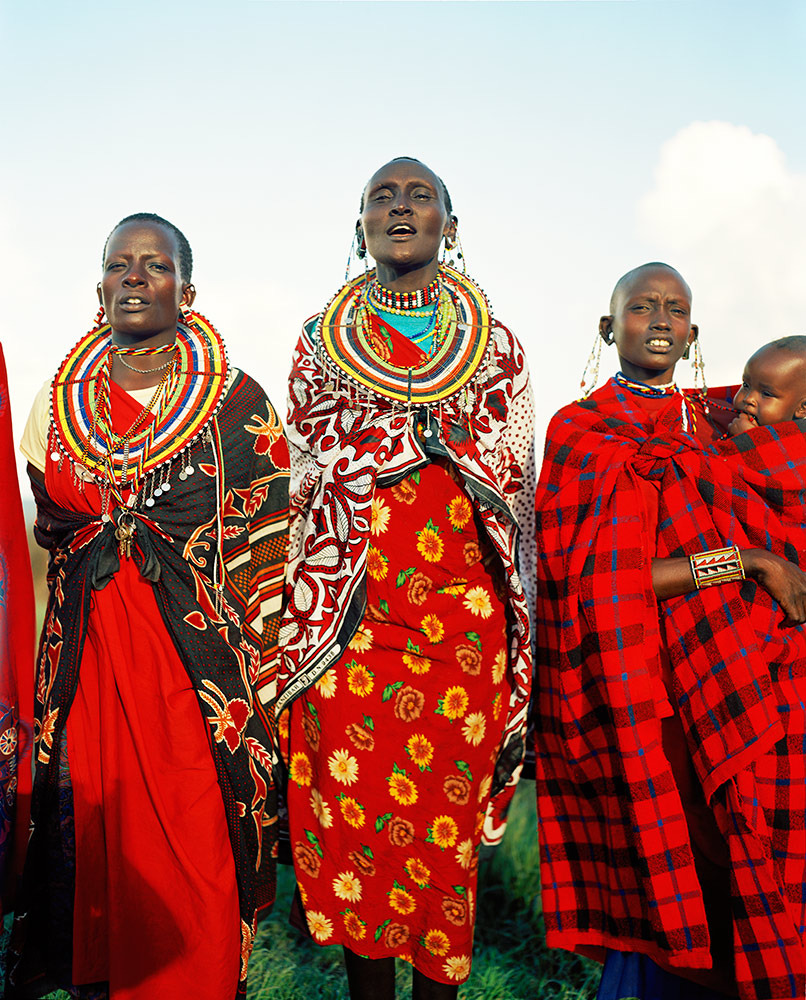
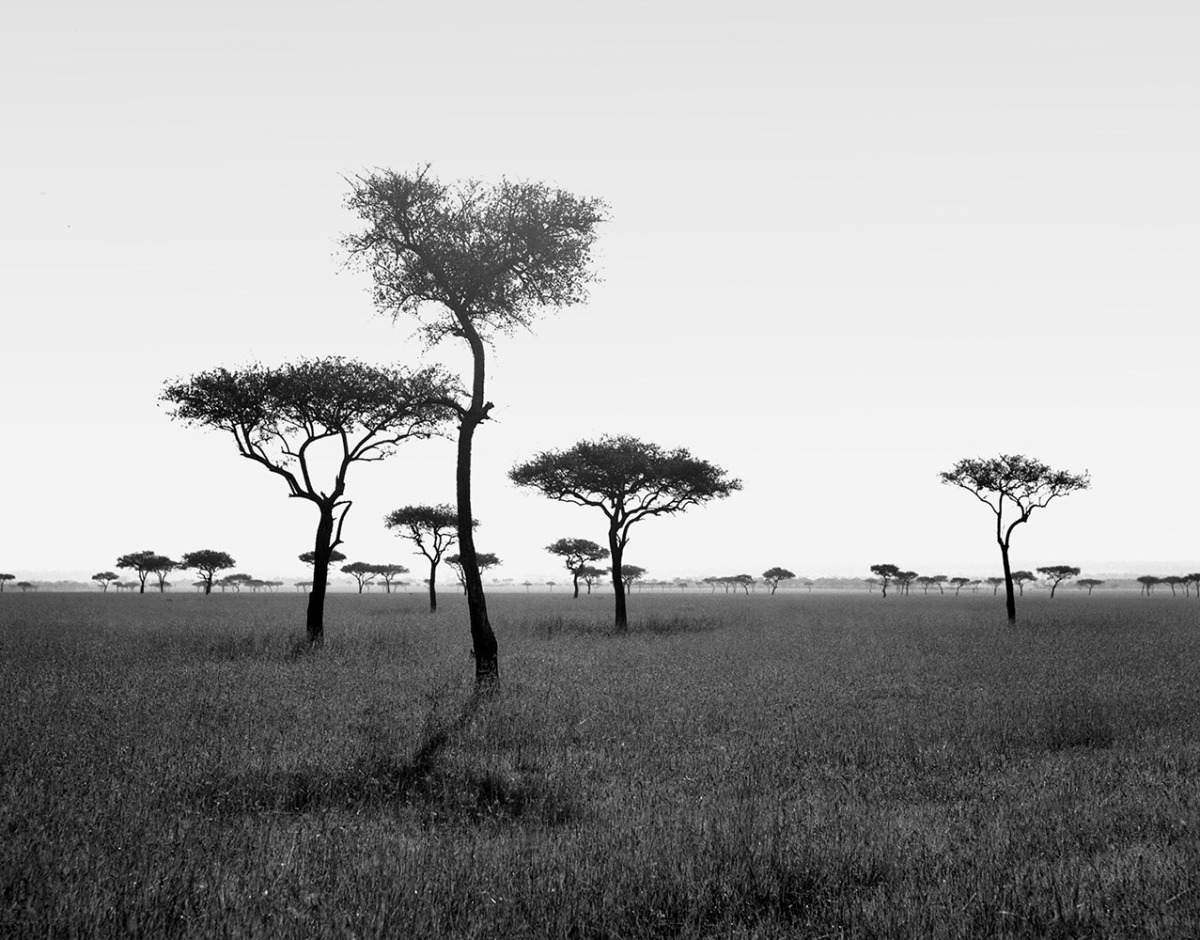
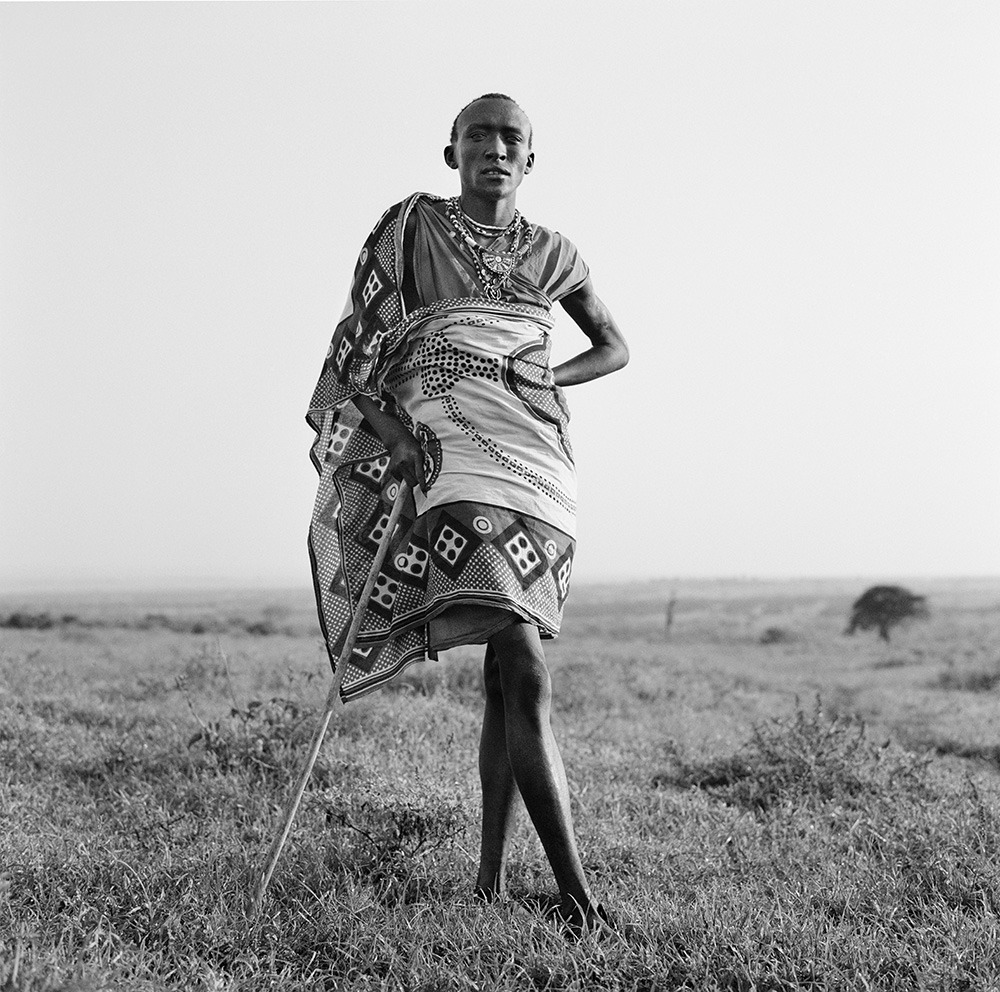
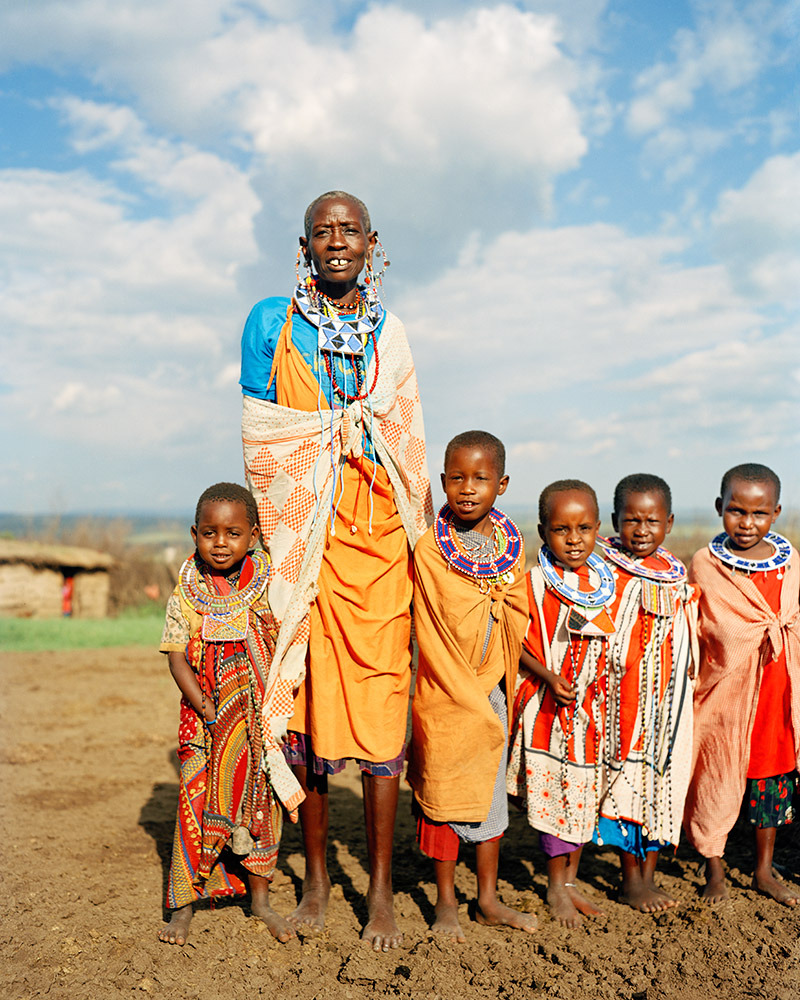
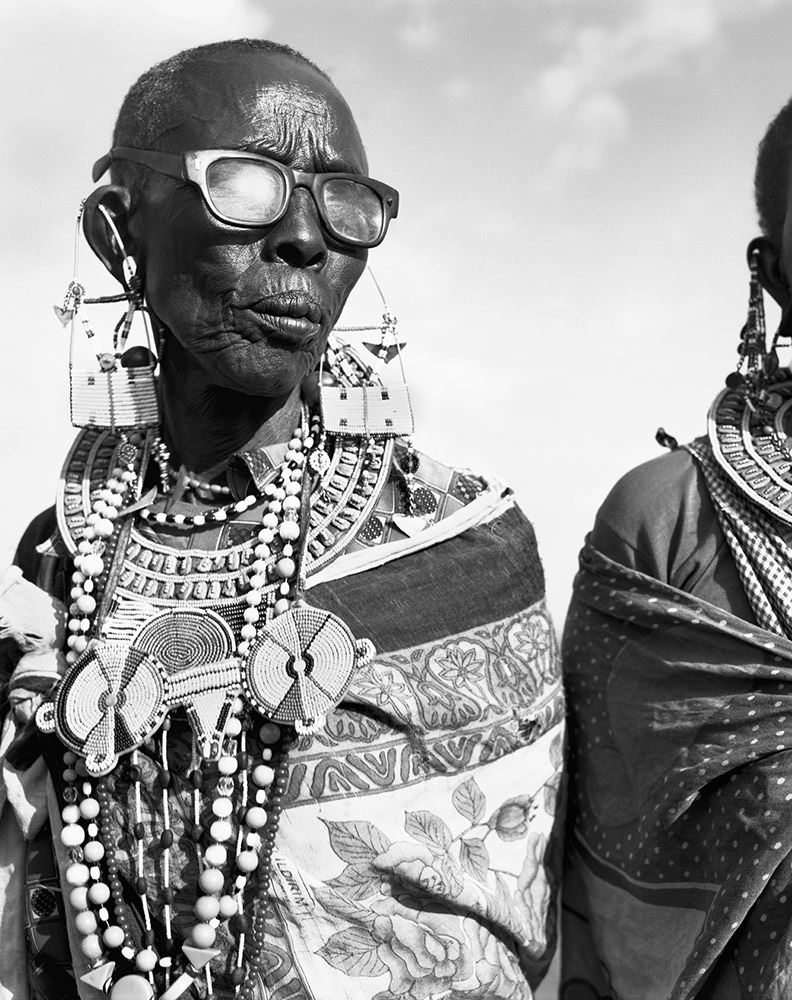
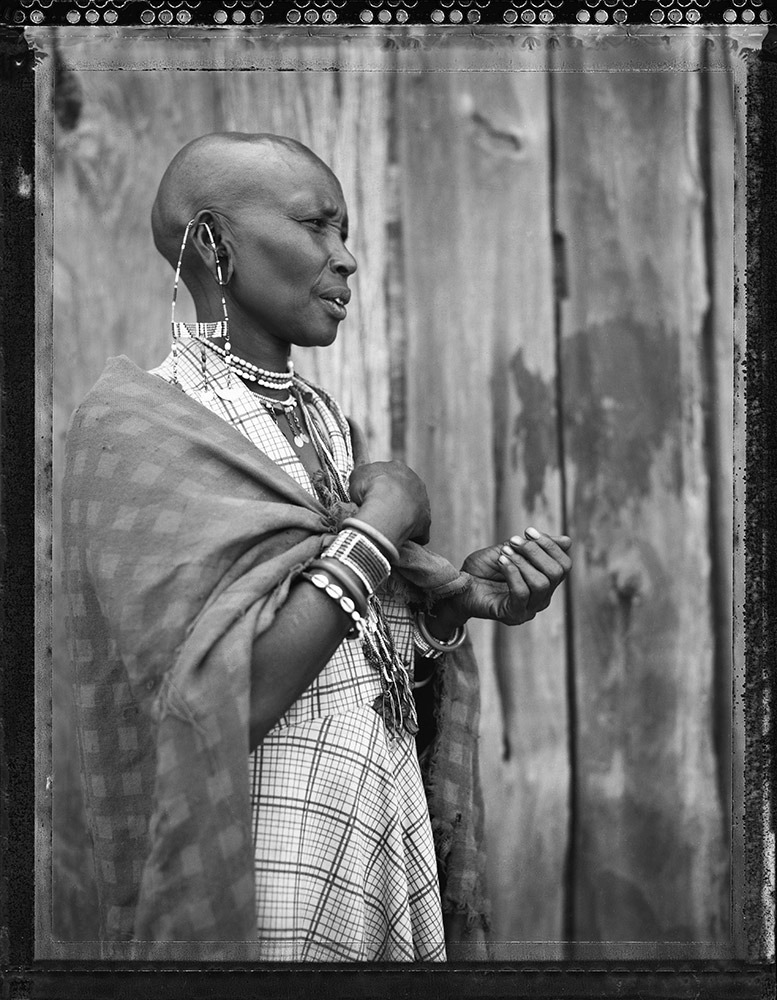
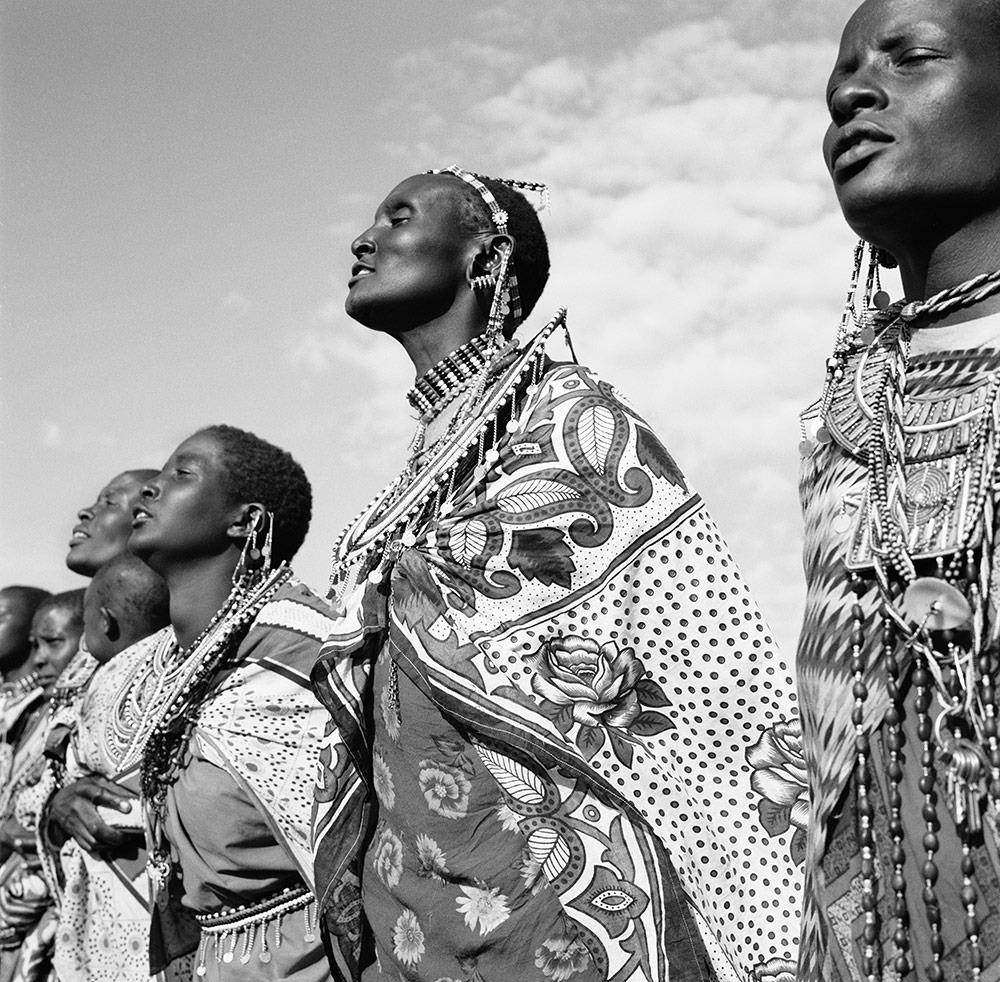
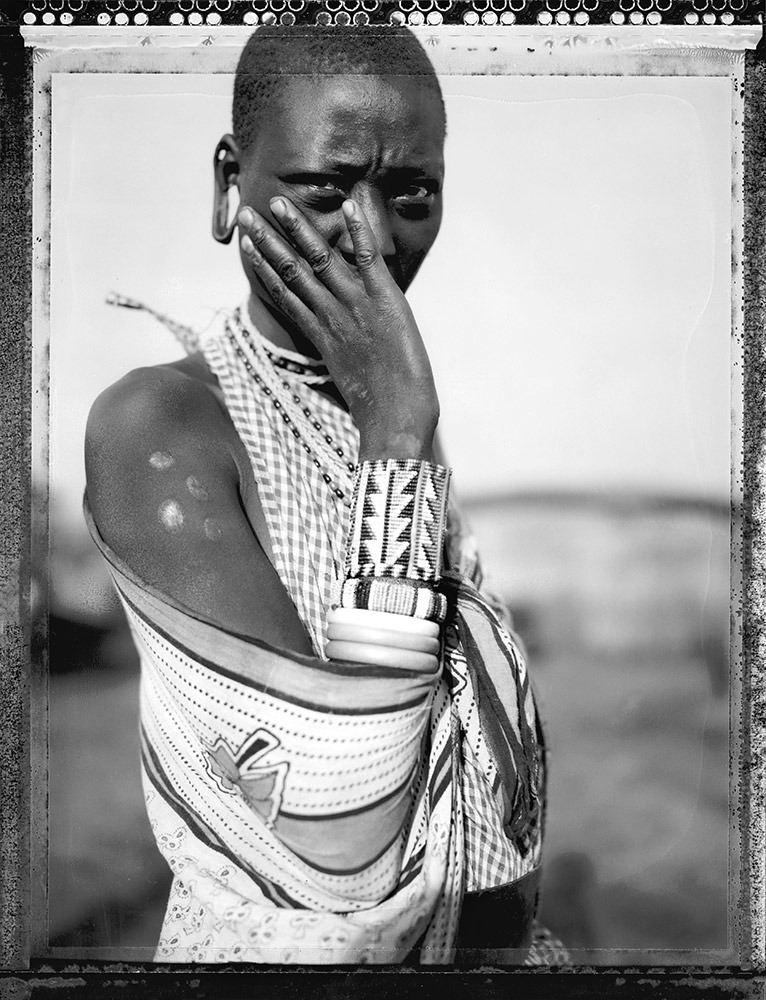
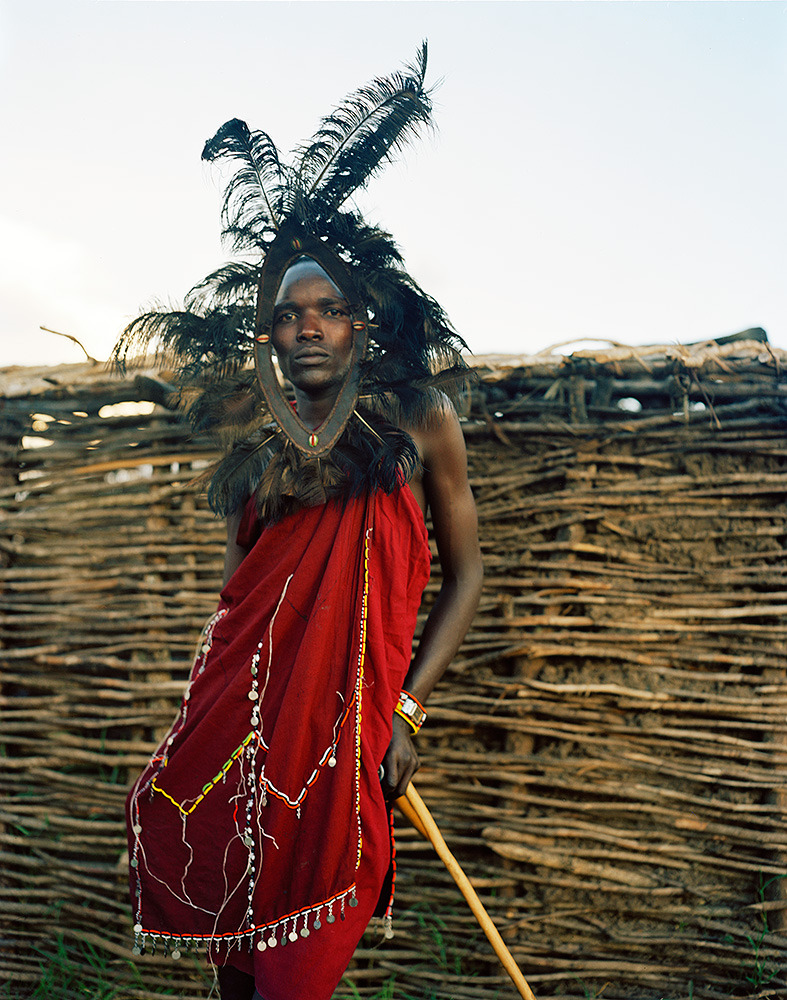
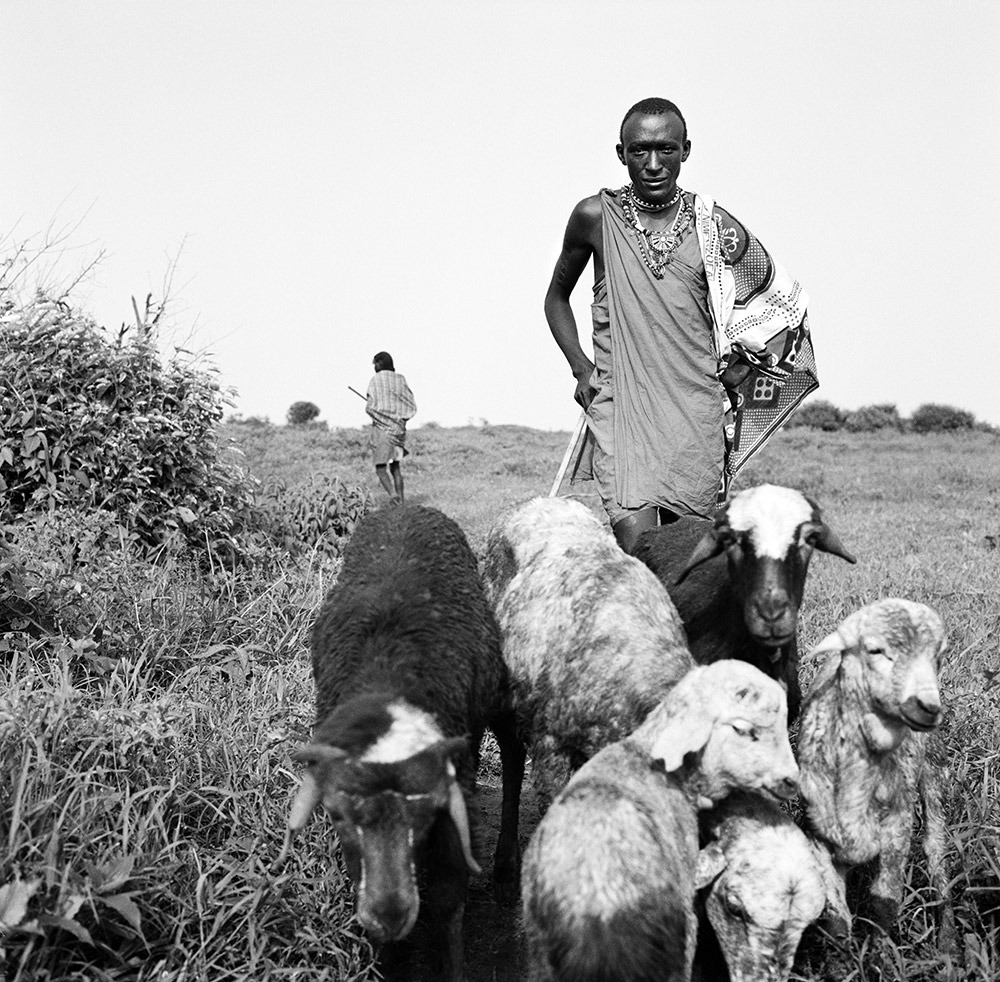
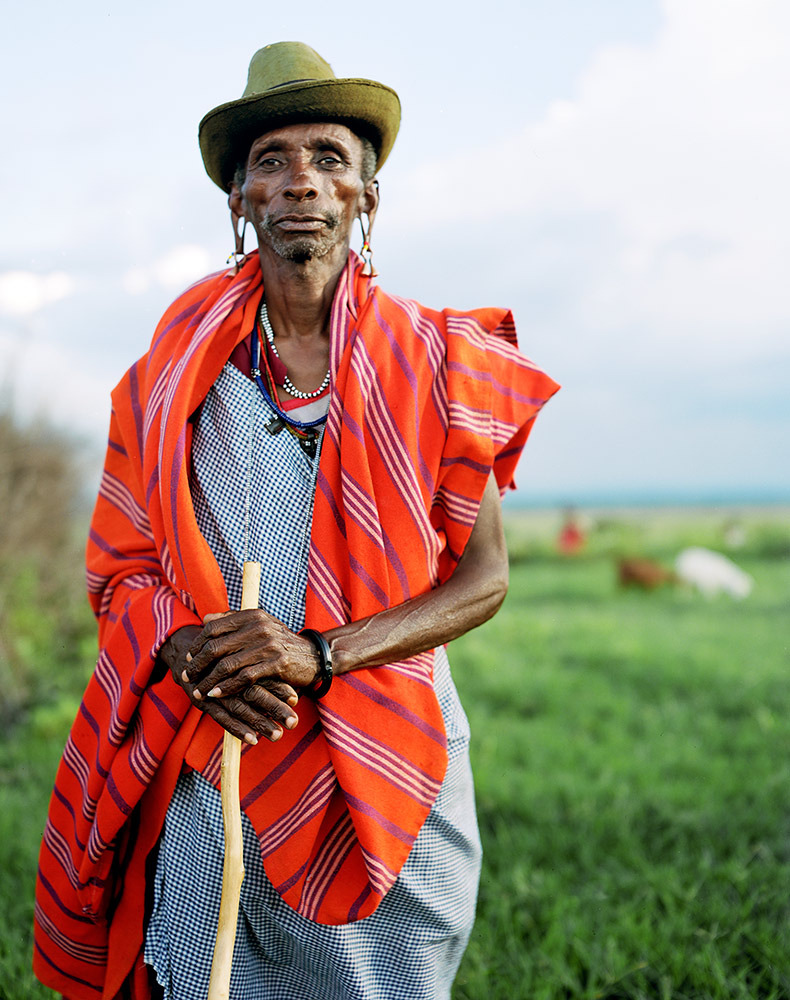
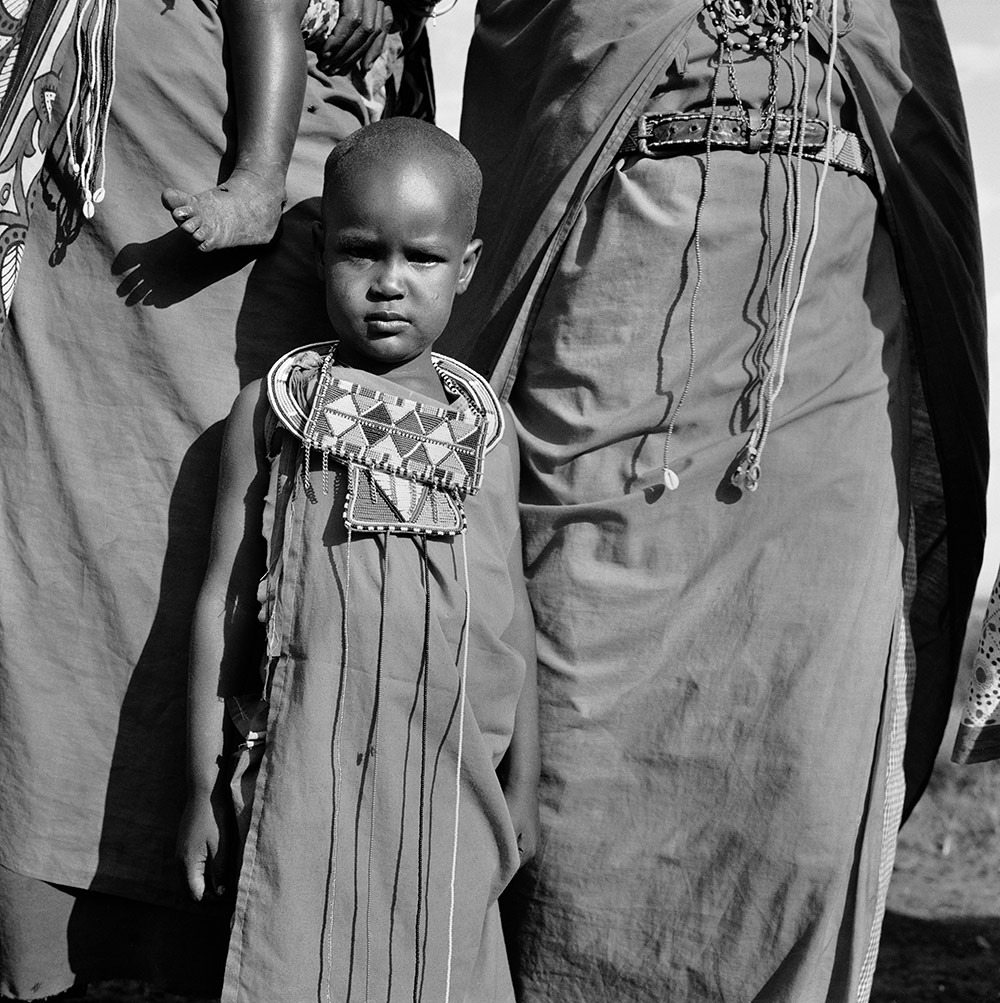

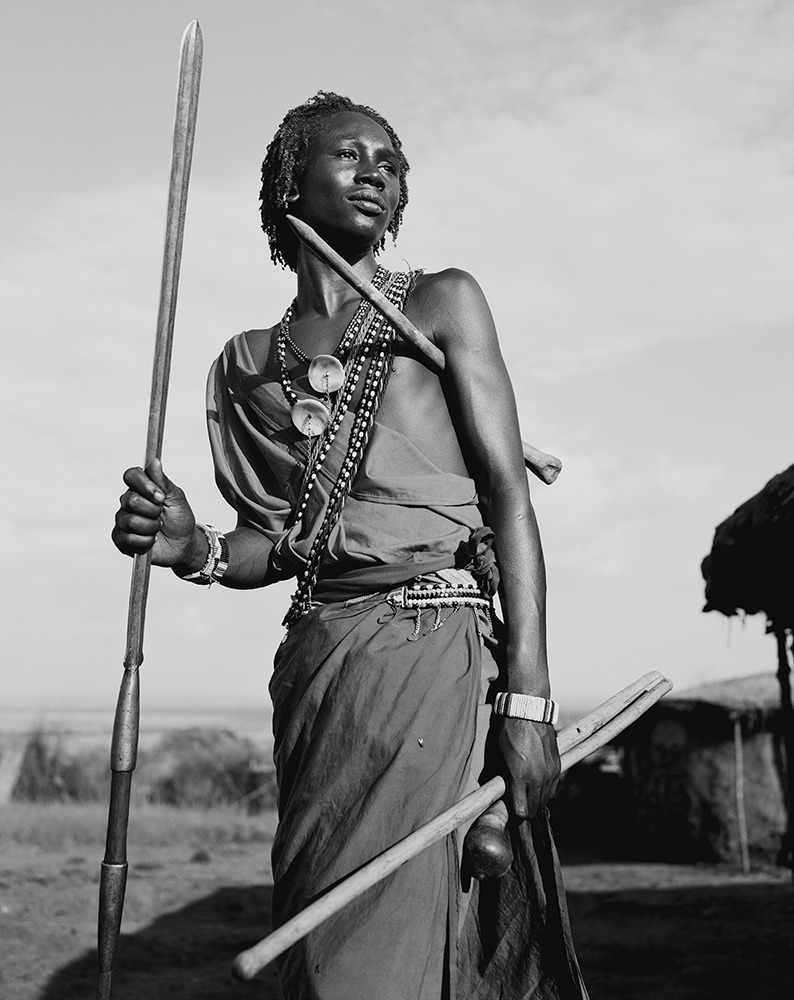
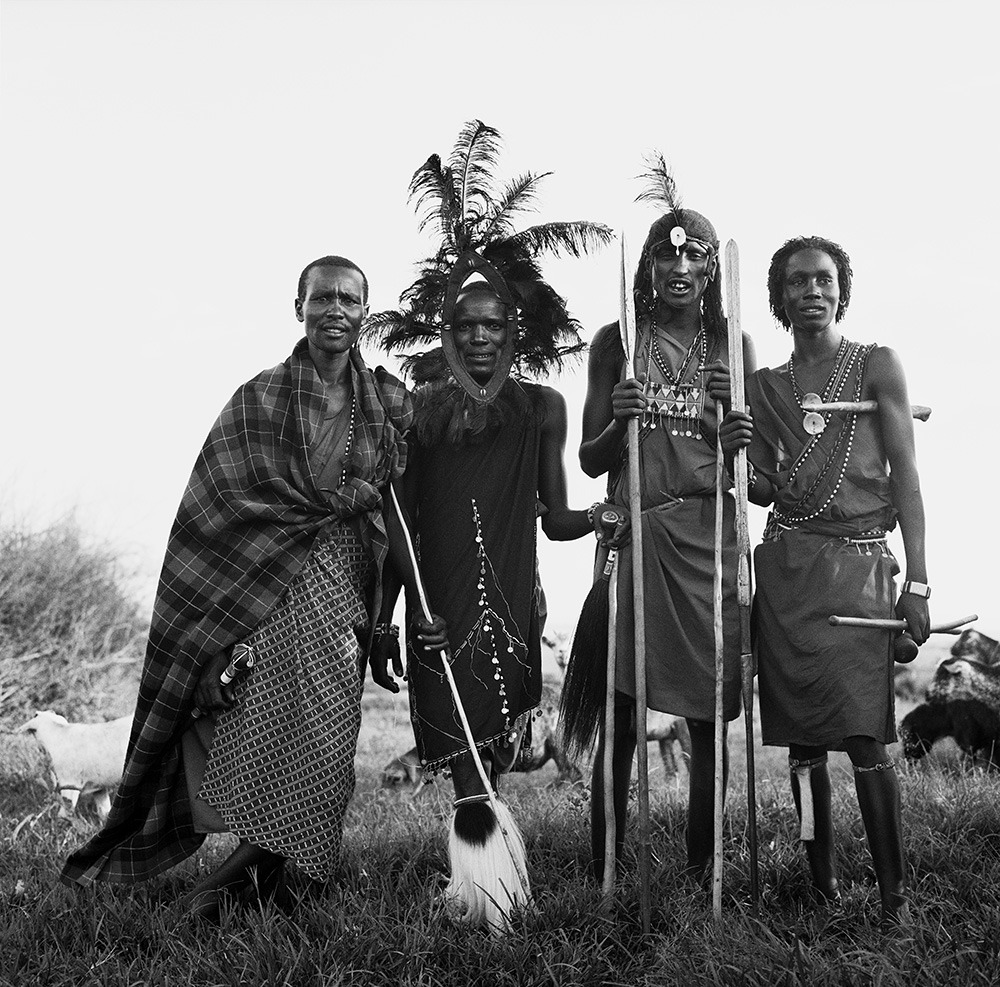
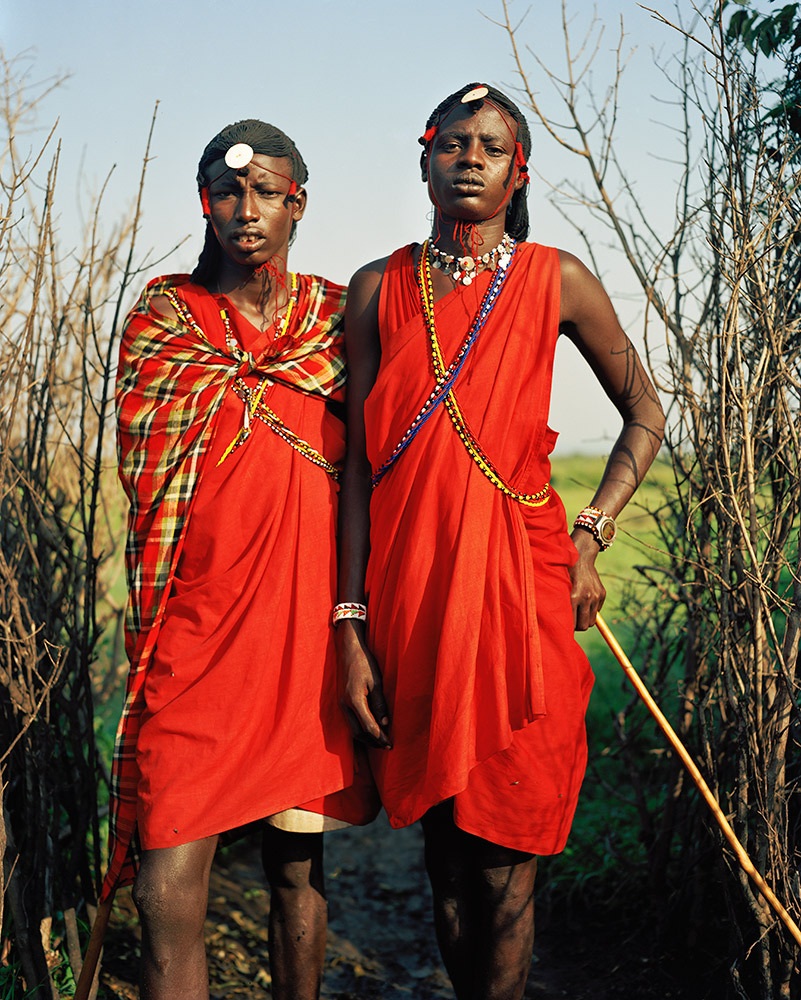


Photo Essay: The Maasai Spirit
This series of images was taken while on assignment in the Maasai Mara Game Reserve in Kenya. As we were leaving the reserve one day our driver suggested we stop at a nearby Maasai village. I thought it would be just a quick stop and a chance to pickup some handmade souvenirs.
Knowing that the Maasai depend on tourists to supplement their subsistence farming, I didn't expect the warmth of our welcome and the genuine dialogue I would have with the chief. He introduced us to the village, showing every aspect of their daily life. Speaking passionately about the realities confronting the Maasai people and the hard choices they must make in order to preserve their cultural identity - from environmental issues threatening their homes and grazing lands, exposure to tourists and the lure of modern life.
He was an erudite speaker, having mastered English and more than 6 African languages. This worldliness empowered him to make mindful decisions governing the collective future of his tribe. All the while recognizing the hypocrisies of a first world existence. In his village no one went hungry, loneliness and depression did not exist and the elders were a revered and integral part of the social dynamic.
He encouraged me to take photos, wanting to share their simple but dignified life, beautiful aesthetic and overt happiness. I hope these images honor the chief's wishes and convey some of the Maasai spirit.
PHOTO + TEXT: JULIEN CAPMEIL
Julien Capmeil is an Australian born photographer living in New York. His work has appeared in many publications worldwide including Vogue, GQ and Conde Nast Traveler.
You can view more of his work online at: www.juliencapmeil.com
For print purchases Email: info@juliencapmeil.com
PHOTO ESSAY CURATED BY NELIDA MORTENSEN
10 Coffee Recipes From Different Cultures
From Vietnamese egg yolk coffee to Italian chocolate espresso, discover how people around the world like their cup o’ Joe.
Different types of coffee. Rawpixel. CC0 1.0.
From lattés to cappuccinos to the standard grocery store roast, there is great variation in how individuals enjoy their coffee. To really see what’s out there, however, you will need to look beyond sovereign borders to the great international coffee traditions, some of which combine unlikely flavors. For example, Vietnamese “Cà Phê Trứng” combines eggs and coffee, while Scandinavian “kaffeost” is a mix of coffee and cheese. Here is a list of 10 different ways of making coffee from different cultures, along with recipes so you can enjoy them yourself, without hopping on a plane.
Frappé—Greece
Greek frappé. Paweł Marynowski. CC BY 2.0.
Originating in Thessaloniki, the Greek “frappé” is an iced coffee that is shaken to produce a foamy texture. The drink was created when Nestlé employee Dimitris Vakondios was unable to find hot water to make instant coffee during his break, so he decided to make it with cold water and shake it. Frappés are often consumed without extra flavorings, or “Skétos,” but can incorporate milk and sugar according to individual preferences.
How to make a frappé:
Add 2 teaspoons of instant coffee and 2-3 cups of cold water to a shaker, blender or frother. If you are looking for a sweeter flavor, also add 2 teaspoons of sugar. If using a shaker, shake for 30 seconds. If using a blender or frother, mix for 15 seconds.
Add the blend to a glass with ice. You can stir in milk at this point if you would like to do so.
Yuanyang—China
Yuanyang coffee. Mx.Granger. CC BY-SA 2.0.
Translating to “Lovebirds Tea,” this Chinese beverage is a mix of two common drinks: Coffee and milk tea. The exact origin of Yuanyang is unknown, but the beverage is believed to have been created by a street vendor in Hong Kong, and it continues to be a popular drink in that city today.
How to make Yuanyang:
Brew black tea in 4.5 cups of water. While your tea is steeping, brew 4.5 cups of coffee. There should be a one-to-one ratio between the coffee and tea.
When the tea and coffee are finished brewing, pour them in a large bowl or carafe.
Add ¾ cups of half and half milk to the mix, and add sugar if desired. Stir everything together.
Serve.
Buna Tetu—Ethiopia
Buna Tetu ceremony. BryanBot. CC BY 2.0.
Coffee is believed to have originated in Ethiopia, and it continues to play a large role in the country’s culture. Buna Tetu is a coffee ceremony to celebrate important events and milestones. To ensure the coffee is available to guests at all times, it is typically served in three rounds, Abol, Tona and Buna. The coffee is served the strongest in Abol, and it loses strength every serving after.
How to make Ethiopian coffee:
Wash ⅛ cups of unroasted green Ethiopian coffee beans. Put the beans in a pan and roast them over a source of fire, moving the pan left and right by the handle to avoid burning the beans. Let cool once roasted.
Use a grinder to grind the beans to a powder.
Pour 2 cups of water into an Ethiopian coffee pot, or “Jebena.” Add coffee to Jebena.
Let coffee cool, then enjoy with sugar, honey, salt or even butter.
Cà Phê Trứng—Vietnam
Cà Phê Trứng. Phương Huy. CC BY-SA 4.0.
Cà Phê Trứng, or Egg Coffee, was created by bartender Nguyen Giang in 1947 during a milk shortage in Vietnam. In place of milk, Giang used whipped egg yolks to create an airy consistency to the coffee. The beverage continues to be a popular drink in Hanoi, the city of its creation.
How to make Cà Phê Trứng:
Put 2 egg yolks, ½ cup of sweetened condensed milk, and 1 teaspoon of vanilla extract into a mixing bowl. Whisk for 10 minutes to create a cake batter like consistency.
Brew 2 ounces of ground French roast coffee in your desired method.
Put half a cup of the coffee aside, and distribute the rest of the coffee into however many cups are served.
Put 1 to 2 tablespoons of the whipped egg into each cup.
Pour the remaining half cup of coffee into each of the cups. You can also add cocoa powder to the top of the beverage for extra flavor.
Café Touba—Senegal
Café Touba cart. George D. Manta. CC BY-SA 4.0.
Originating in the holy city of Touba, this way of making coffee was created as a peaceful protest against French rule, as the Senegalese declared that they would make more use of the drink that was claimed to energize the colonizer. This coffee combines spices such as ginger and nutmeg to create a unique flavor.
How to make Café Touba:
Gather a mix of spices, such as selim pepper, nutmeg, ginger, coriander seeds, cardamom, and black pepper.
Coat the bottom of your pan with avocado oil and heat on medium. Lightly roast the selim pepper.
Add the roasted selim pepper to a bowl or food processor with the cardamom (removed from its pods). Add the coriander seeds, ginger, and nutmeg to mix and grind.
Add more oil to your pan and toast ground spices.
Brew your coffee in your desired method and add ½ teaspoon of the ground spices. Stir and brew for 30 seconds.
Kaffeost—Scandinavia
Leipäjuusto cheese. Veikk0.ma. CC BY 2.5.
Everyone knows about wine and cheese pairing, but have you ever thought about combining coffee with cheese? This recipe originated in northern Scandinavia, and is widely enjoyed in the Nordic countries today. This simple mix of ingredients creates a unique beverage that combines the bitterness of coffee and the saltiness of cheese.
How to make Kaffeost:
Cut pieces of Leipäjuusto cheese into cubes and place at the bottom of a cup.
Pour freshly brewed coffee into the cup immediately after.
Café de Olla—Mexico
Café de Olla. Protoplasmakid. CC BY-SA 4.0.
This Mexican coffee recipe translates to “Coffee in a pot,” as it traditionally would be made in a clay or enamel pot. This beverage is often consumed in the winter, and combines coffee, cinnamon and raw, dark sugar.
How to make Café de Olla:
Place 4 cups of water, ⅓ cup of dark brown sugar (Piloncillo), and ½ a stick of cinnamon into a pot. Simmer until the sugar dissolves.
Add brewed coffee and stir.
Cover the pot and let steep for 5 minutes.
Kopi Joss—Indonesia
Kopi Joss. Midori. CC BY-SA 2.0.
Originating in Yogyakarta, this Indonesian beverage is made with charcoal to help balance the natural acidity of coffee. Some describe the charcoal’s effect as giving a burnt-sugar caramel flavor to the coffee.
How to make Kopi Joss:
Burn a piece of charcoal until it is red in color.
Put 2 tablespoons of ground coffee and 2 tablespoons of sugar into a glass.
Add hot water to the glass.
Add the piece of charcoal to the beverage.
Flat White—Australia and New Zealand
Flat White. Alan Levine. CC0 1.0.
Now a popular drink in North America, the flat white was originally served in either Australia or New Zealand; some think it may have evolved in both. The beverage resembles a latté, however it lacks a foam layer on top to embolden the flavor.
How to make a flat white:
Brew 2 shots of espresso into a cup.
Steam milk in a pitcher at 131-154° F.
Swirl milk in pitcher to create smoother consistency.
Pour steamed milk into a cup of espresso in a circular motion.
Marocchino—Italy
Marocchino. Dhinal Chheda. CC BY 2.0.
Invented in Alessandria, Italy, Marocchino coffee combines the flavors of espresso and cocoa. It was influenced by a similar variety called “bicerin coffee,” which was common in Turin. “Marocchino” means “Moroccan” in Italian, and this word is typically used to describe leather used to make fedoras, which are popular in Alessandria. The layer of cocoa in the coffee resembles this leather, giving the drink its name.
How to make marocchino coffee:
Brew a shot of espresso into a cup.
Froth 3-4 oz. of milk to create a light consistency.
Sprinkle a layer of cocoa over the espresso.
Spoon a layer of the frothed milk on top of the cocoa layer.
Sprinkle cocoa powder on top of the milk.
This beverage is meant to be layered, but you can stir at the end to combine flavors.
Alexandra Copeland
Alexandra Copeland is a student at The College of New Jersey studying psychology and journalism. She is a lover of coffee, dancing, and visiting new places. Being raised with her Greek culture has inspired her interest in cultural customs around the world. She is a passionate writer and hopes that her work will make an impact in the future.
From Ocean Voyage to Space Travel
Reid Stowe has done a 1000+ day sea voyage, and now he’s focused on opening new possibilities for humans in space.
Reid Stowe. Desmond K. Shaw. CC BY-SA 4.0
A lover of the ocean and all types of art, Reid Stowe is an American craftsman, sailor and adventurer, who completed a more than three year ocean voyage without stopping on land aboard the Anne, a gaff-rigged schooner Stowe built himself.
The iconic journey began on April 21, 2007 from the 12th St. Pier, Hoboken, New Jersey. One thousand one hundred and fifty-two days later, on June 17, 2010,Reid sailed his schooner up the Hudson River and docked at Pier 81 in Manhattan, New York — a potential record for the longest continuous sea voyage without resupply or stepping on land.
With all the experience Reid has built up on the ocean, the renowned sailor has started a new program, meant to help astronauts who are looking to go on a mission to Mars in the 2030s. As Reid has put it, “the deep models of today could provide a role model for space bearers tomorrow,” and plans to use his journey at sea as a blueprint of sorts to help guide these future astronauts.
Reid Stowe working on Anne. @reid_stowe_art. Instagram.
Because those going on the Mars mission will be finding themselves on the ship for almost three years, it brings the concept of “isolation” into perspective. What will they do to cope, being in an enclosed area for such a long period of time? Reid knows what that’s like. He never needed coping mechanisms to prepare himself for his sea journey. There was nothing to “cope” with, and he was always able to love what he was doing. Reid’s new program will tackle these issues and answer the question: “What kind of person will it take to survive a trip to Mars?”
But this training initiative represents more than just valuable lessons for Reid. It didn’t matter that he was on his boat and “being turned upside down by storms,” because knowing that this journey would be worth it for everyone was more than enough.
One of Reid’s recent artworks. @reidstowepaintings.com
“How did I keep myself happy and healthy?” Reid said. “Believing that what I was doing was good for all of creation. Because I was showing that humans could live in a place where I never imagined before and by opening new doors of perception for what we’re capable of.”
But sailing isn’t the only thing Reid finds passion and purpose in. His Instagram features many of his artworks in great detail. Ever since he was young, he would paint or draw boats or mariners, even before he knew he wanted to be a sailor. And as he grew up, his art became more and more integrated into his sailing — to the point where his artistic drive encouraged him to embark on the longest sea voyage in history.
Schooner Starship Anne. @reid_stowe_art. Instagram.
Each of Stowe’s paintings has layers of meaning and connection. Many of the artworks he made while at sea empowered his voyage, the same way the voyage empowered the artwork. Much more can be found on his own website.
A more than 3 year adventure at sea is an effectively unique accomplishment. But Reid Stowe was able to use his incredible feat to offer guidance, spread awareness and most importantly — tell his own unique stories to the rest of the world.
Michelle Tian
Michelle is a senior at Boston University, majoring in journalism and minoring in philosophy. Her parents are first-generation immigrants from China, so her love for different cultures and traveling came naturally at a young age. After graduation, she hopes to continue sharing important messages through her work.


